- Fotogalerie:
- Foto:
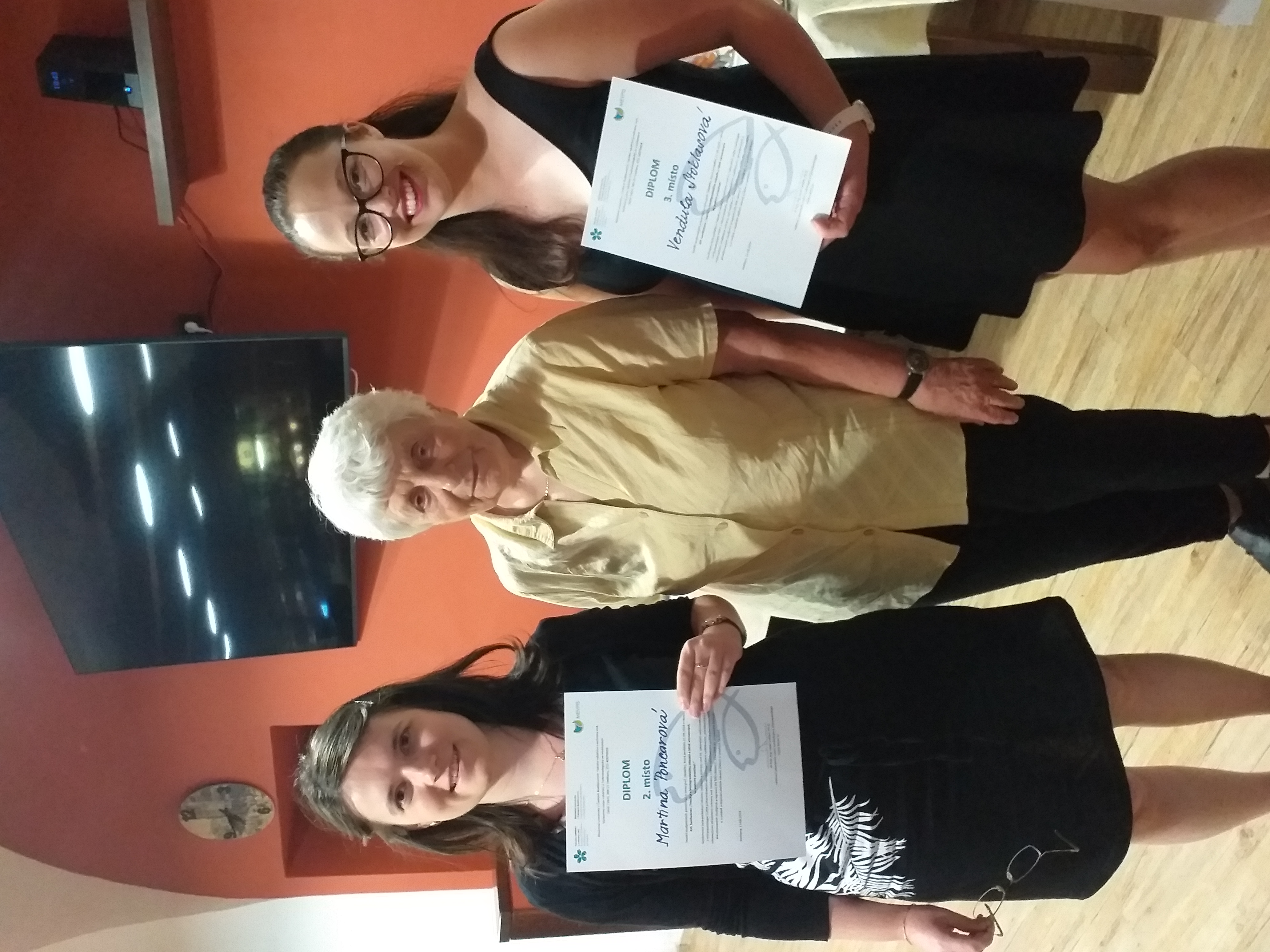
- Foto:
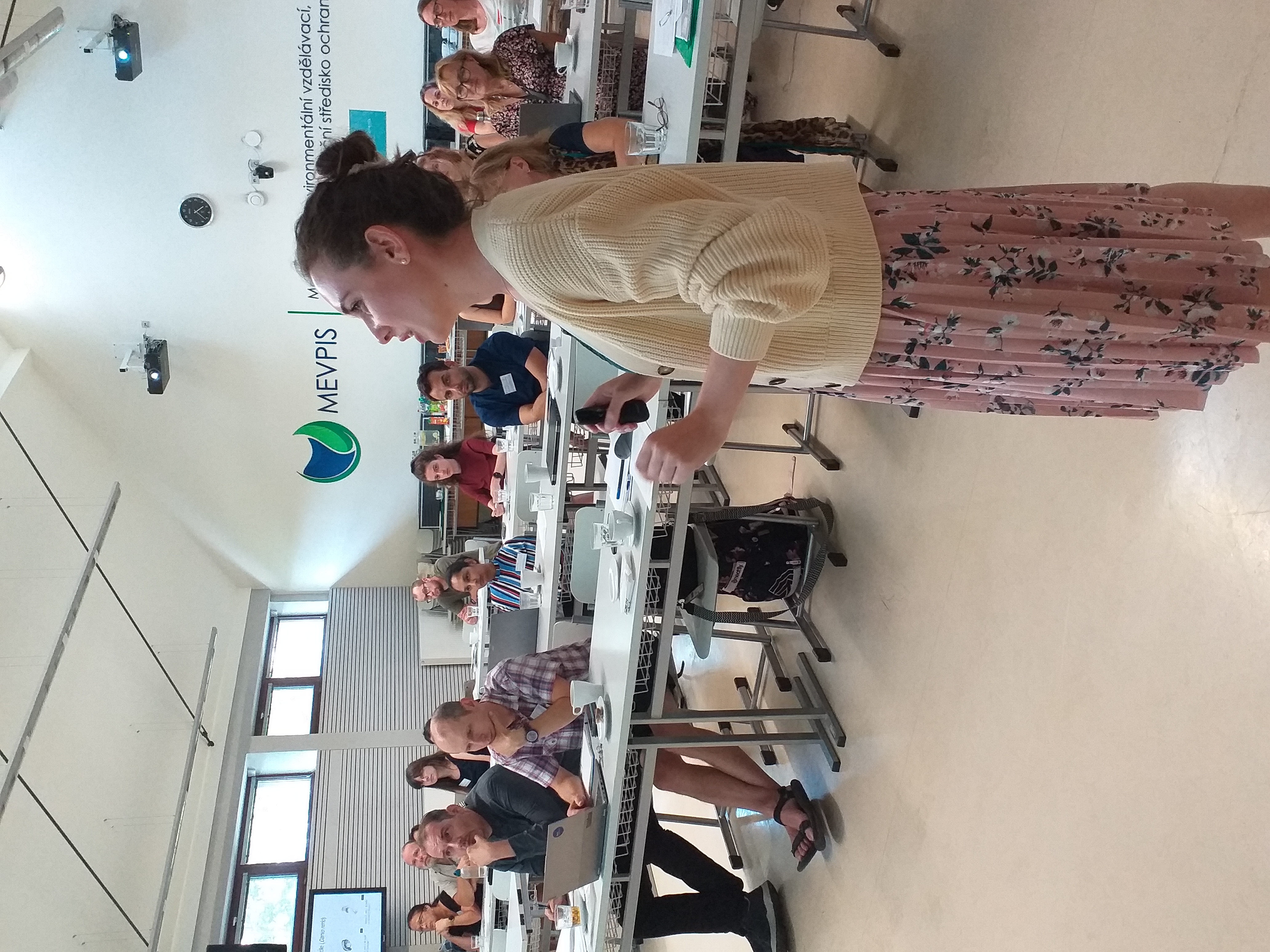
- Foto:
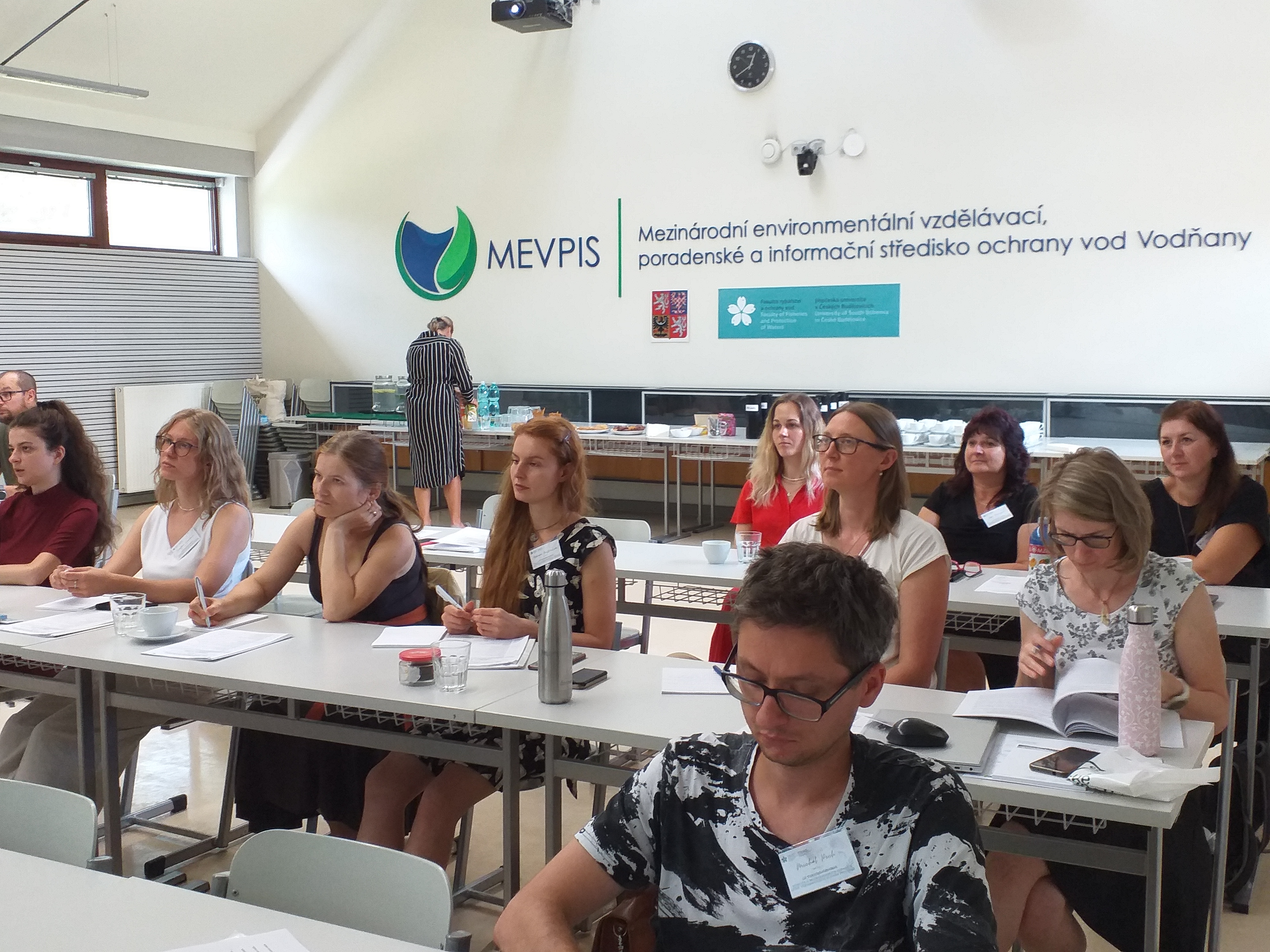
- Foto:
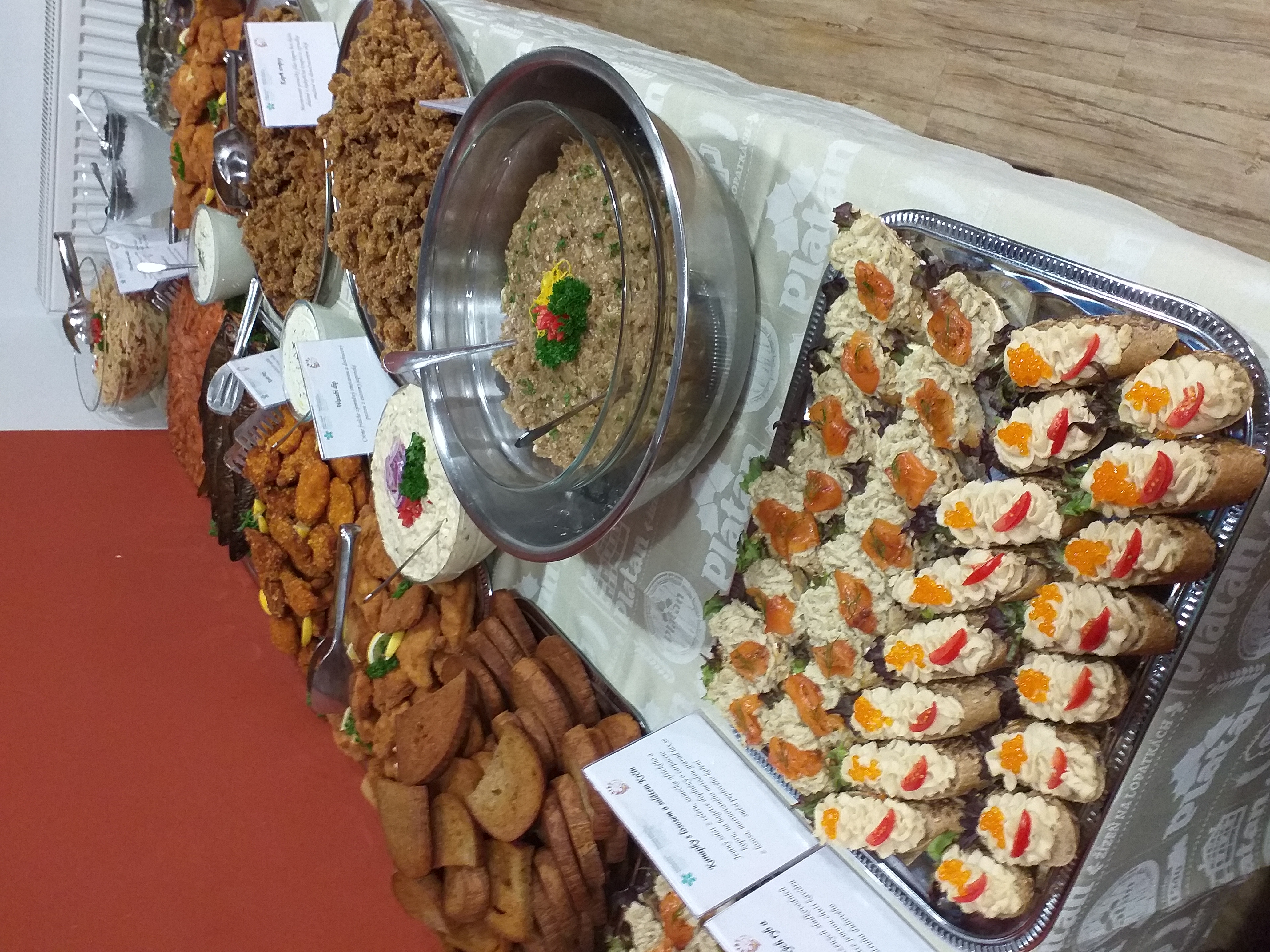
- Foto:
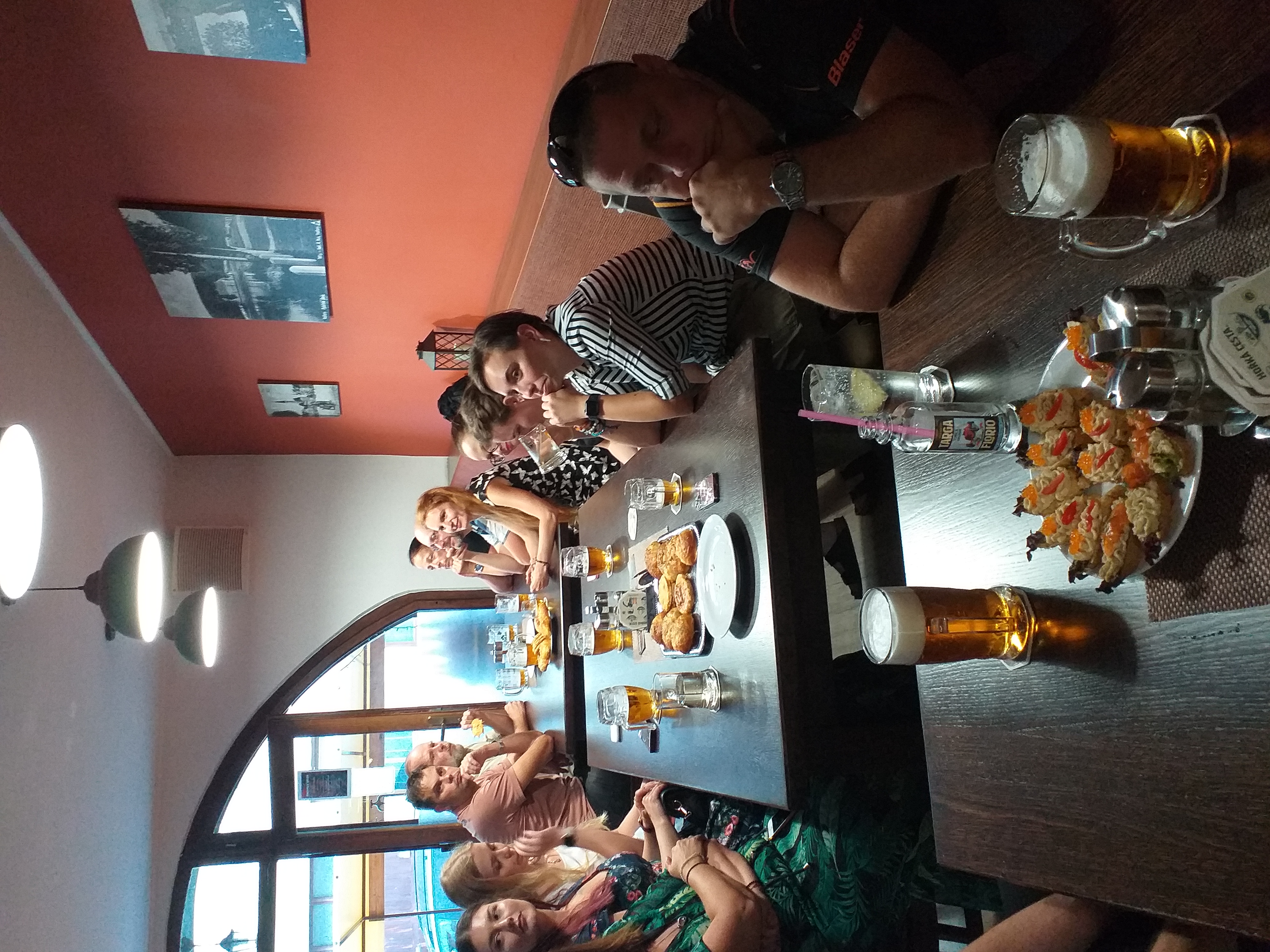
The 21st Toxicological Conference "Toxicity and Biodegradability of Matters Important in Aquatic Environments" was held at the MEVPIS Centre on 21-22 August. The conference was attended by 40 researchers and academics and 22 lectures were presented. Since 2005, the student competition "Prof. Vladimír Sládeček Prize" has been a part of this conference. This year the evaluation committee awarded the first place to Ing. Lucie Kotrbová (Faculty of Science, USB) with the contribution " Exploring macrolide-degrading bacterial microbiome in soils treated with wastewater treatment plant products ", the second place went to MSc. Martina Poncarová (Faculty of Science, USB) and the third place to MVDr. Vendula Stoklasová (University of Veterinary Sciences Brno).
In addition to the constant rise in water temperature, another major, seemingly invisible threat to European rivers is the overall shortage of water. Watercourses and the surrounding landscape are gradually drying up. Unfortunately, this threat also affects Europe's second-longest river, the Danube. You can learn more about this pressing issue, as well as other threats facing the Slovak section of the Danube, in an interview with Bořek Drozd, coordinator of the LIFE Living Rivers project (101069837/LIFE21-IPE-SK-Living Rivers) at the FFPW USB. The interview was published on July 25, 2025, in the Slovak daily newspaper Pravda. PDF version here a here.
Link to the online version: https://zurnal.pravda.sk/rozhovory/clanok/756410-v-dunaji-z-mizne-voda/

It’s great you are here! We're glad you're going to join ABC 2024. So don't forget, USB will be participating in the challenge in June 2024.
The Academic Bicycle Challenge is a cycling competition for universities and higher education institutions around the world that not only helps to raise the international prestige of participating universities but most importantly promotes a healthy lifestyle. (RULES)
Throughout the month, we can give a chance to MOVING, RESTORING HEALTH and THE ENVIRONMENT, RELAXINGand what's more – HELPING PEOPLE AND FAMILIES WITH CHILDREN WITH AUTISM. All mileage counts and will support the overall USB result, whether you ride your bike for fun or any other reason.
What’s new in ABC 2024?
Great prizes
USB CYCLING JERSEYS from KALAS during the competition – for the first 60 riders (30 women and 30 men) who cover 150 km (details in the rules below)
The best riders (male and female), and the best team will be announced as the main winners of ABC 2024, and we have prepared cool gifts for them:
- MASSAGE AND HEALTH PARAMETER MEASUREMENT VOUCHERS for the winning riders of ABC 2024
- INBODY DIAGNOSTICSfor the winning team
- CYCLING TROPHIES
- PACKAGE OF PRACTICAL CYCLING ITEMSfor riding including travel first aid kit. And if that's still not enough, we will also add something GREAT TO DRINK (a pack of Budvar and Čtyrák beer)
Calling all students!
STUDENTS! Your participation is also important to us, get involved and take the chance to beat your professors ߘꮠWe have a personal challenge prepared for you by the USB Rector – if the student team wins, they will get a 'KEG' of BEER (more in the rules below)
Changes in USB rules
- The most important new addition to the rules for the ABC Challenge 2024 is that all riders will log in to Naviki viaUNIVERSITY EMAIL (if you already have an account, the email can be easily changed).
- Teams: this year we would like to keep the teams as balanced as possible, so we’d like to ask you to form teams with as many members as possible (maximum 25 riders). Teams can be made up of riders from different departments, areas, types of study or faculties. Please challenge your colleagues and friends and join forces for a good cause.
- The TEAM NAME must be entered to best represent the faculty, USB unit or group (see rules below for details).
RULES SUMMARY, DETAILS FOR TEAMS – ENTERING NAMES
A sincere thank you to our partners for their support: BUDVAR, ČEZ, ČSOB, KALAS
Let's not forget that South Bohemia is a place that holds true love for all categories of bicycle touring. There is an extensive network of marked cycle paths and České Budějovice, an active cycling city, views nature protection as a matter of great importance. The University of South Bohemia is part of it all and we are ready to show our activity to the whole world.




If you have any questions, please contact Mgr. Diana Kocábková at Tato e-mailová adresa je chráněna před spamboty. Pro její zobrazení musíte mít povolen Javascript.
- Fotogalerie:
- Foto:
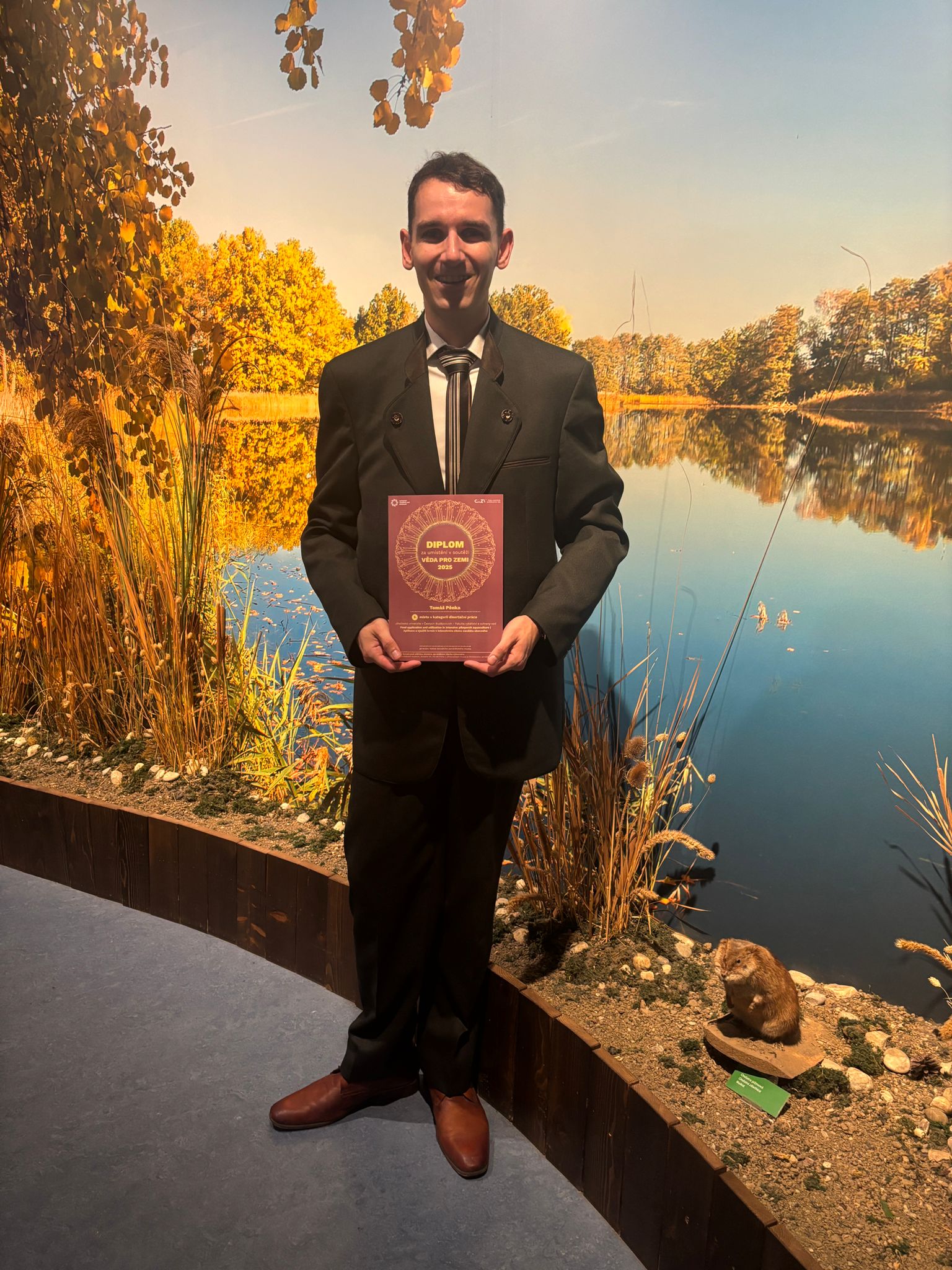
- Foto:
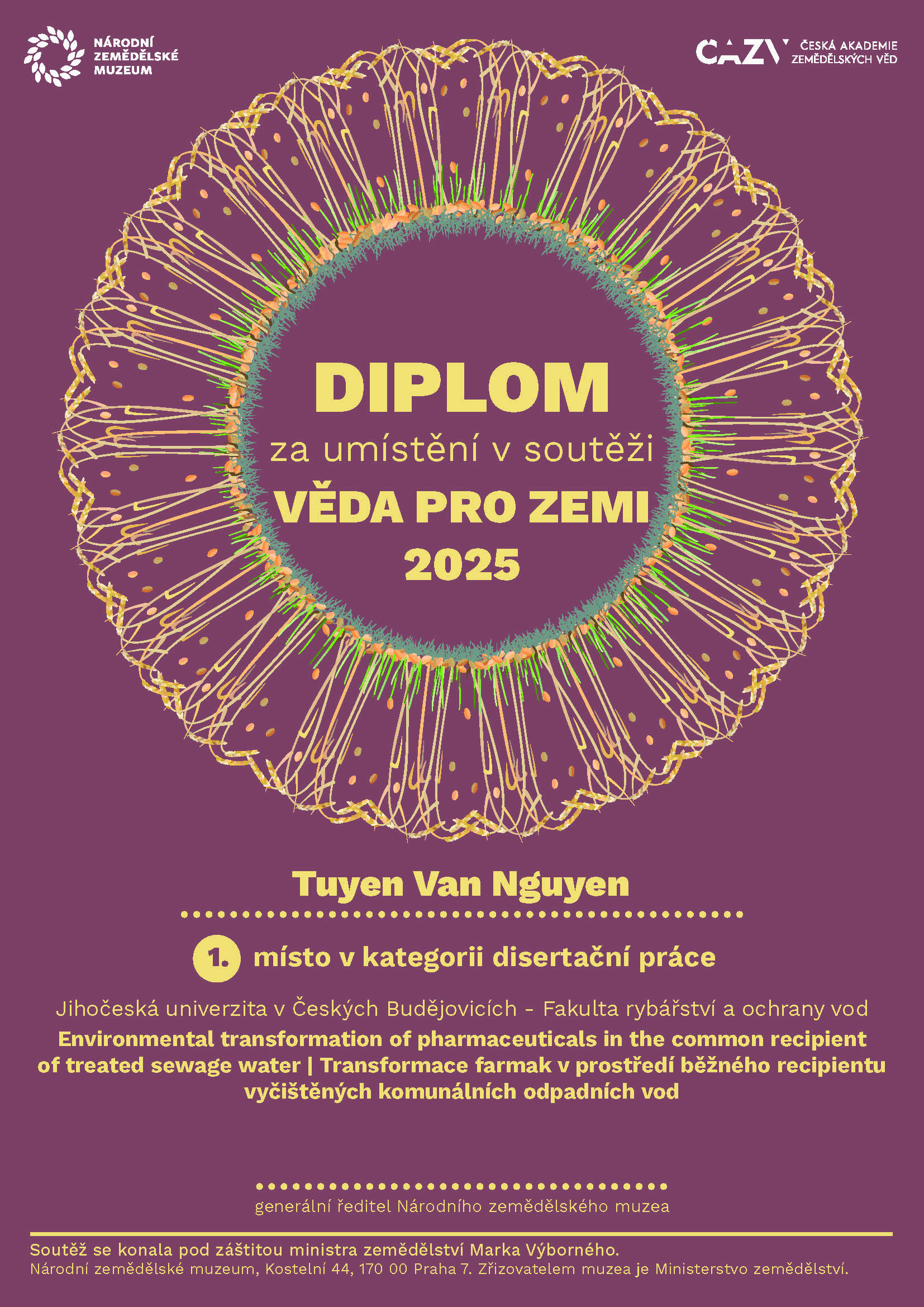
- Foto:
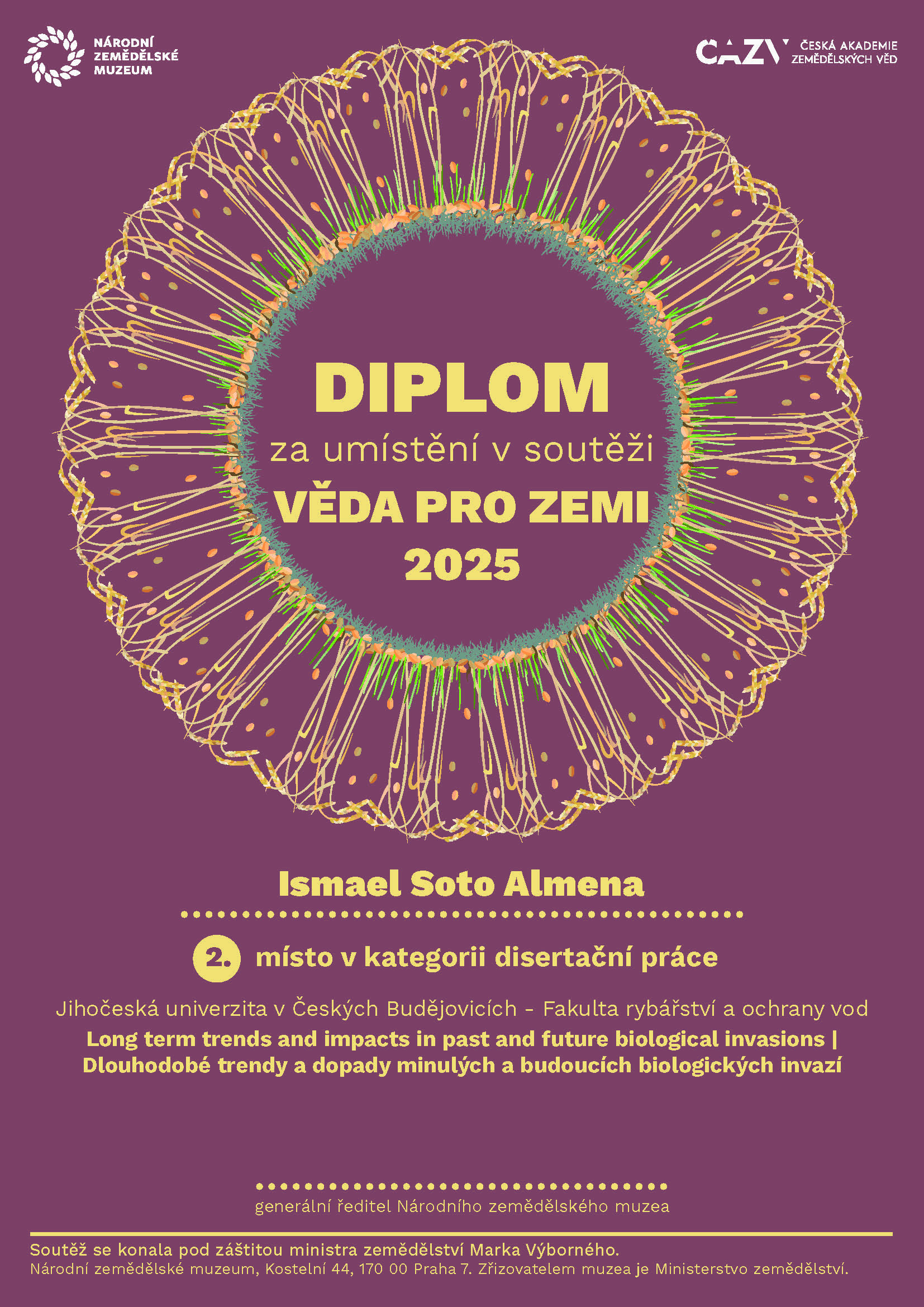
- Foto:
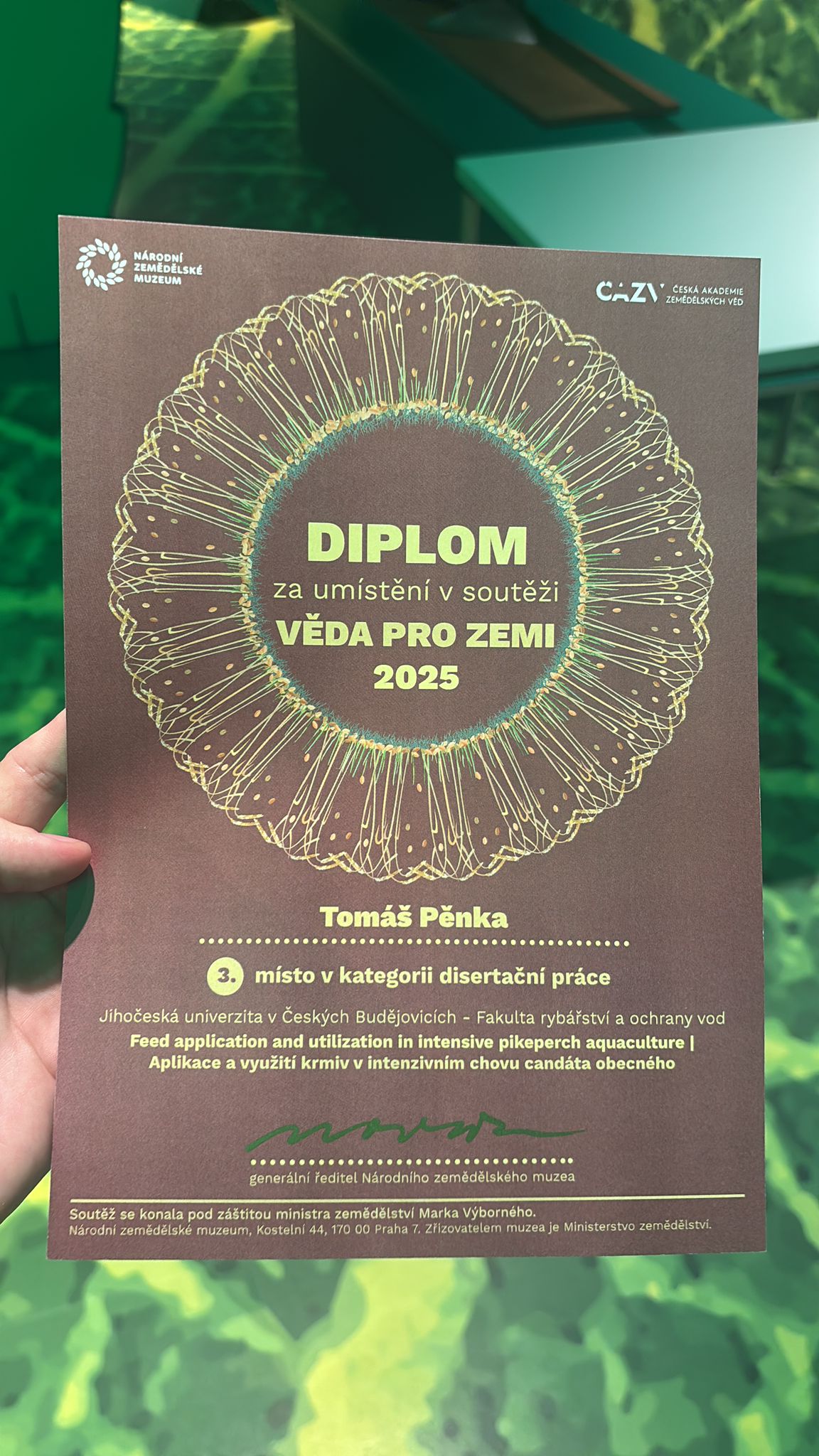
- Foto:
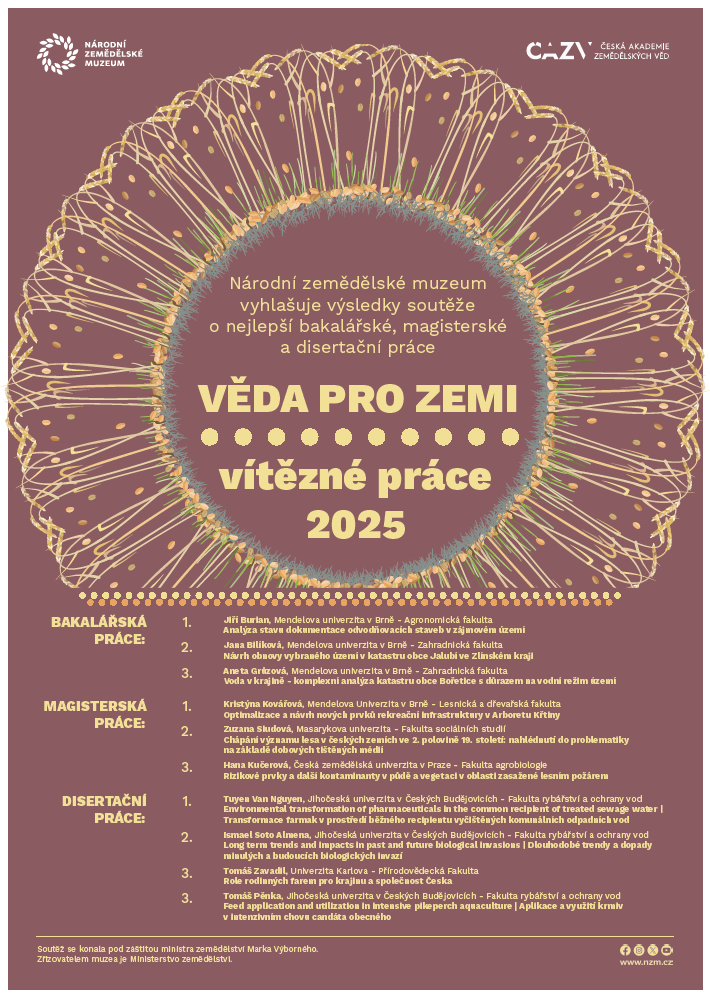
In the "Science for Earth 2025" competition, organized by the National Agricultural Museum and the Czech Academy of Agricultural Sciences, our graduates received awards in the dissertation category on September 26, 2025:
- 1st place: Tuyen Van Nguyen for his dissertation: Environmental transformation of pharmaceuticals in the common recipient of treated sewage water.
- 2ndplace: Ismael Soto Almena for his dissertation: Long term trends and impacts in past and future biological invasions.
- 3rd place: Tomáš Pěnka for his dissertation: Feed application and utilization in intensive pikeperch aquaculture.
Another student who represented our faculty well was Ing. Bc. David Laštovka, DiS., a graduate of the NMgr. program in Fisheries and Water Protection, whose competition entry:
Analysis of fish biotelemetry data using Markov models was rated as high-quality and innovative.
The Science for Earth competition annually recognizes significant work by young scientists in the fields of agriculture, food production, and the environment. More information about this year's competition can be found
here.
The faculty warmly congratulates all the winners, colleagues, and collaborators who participated in the research.
- Fotogalerie:
- Foto:
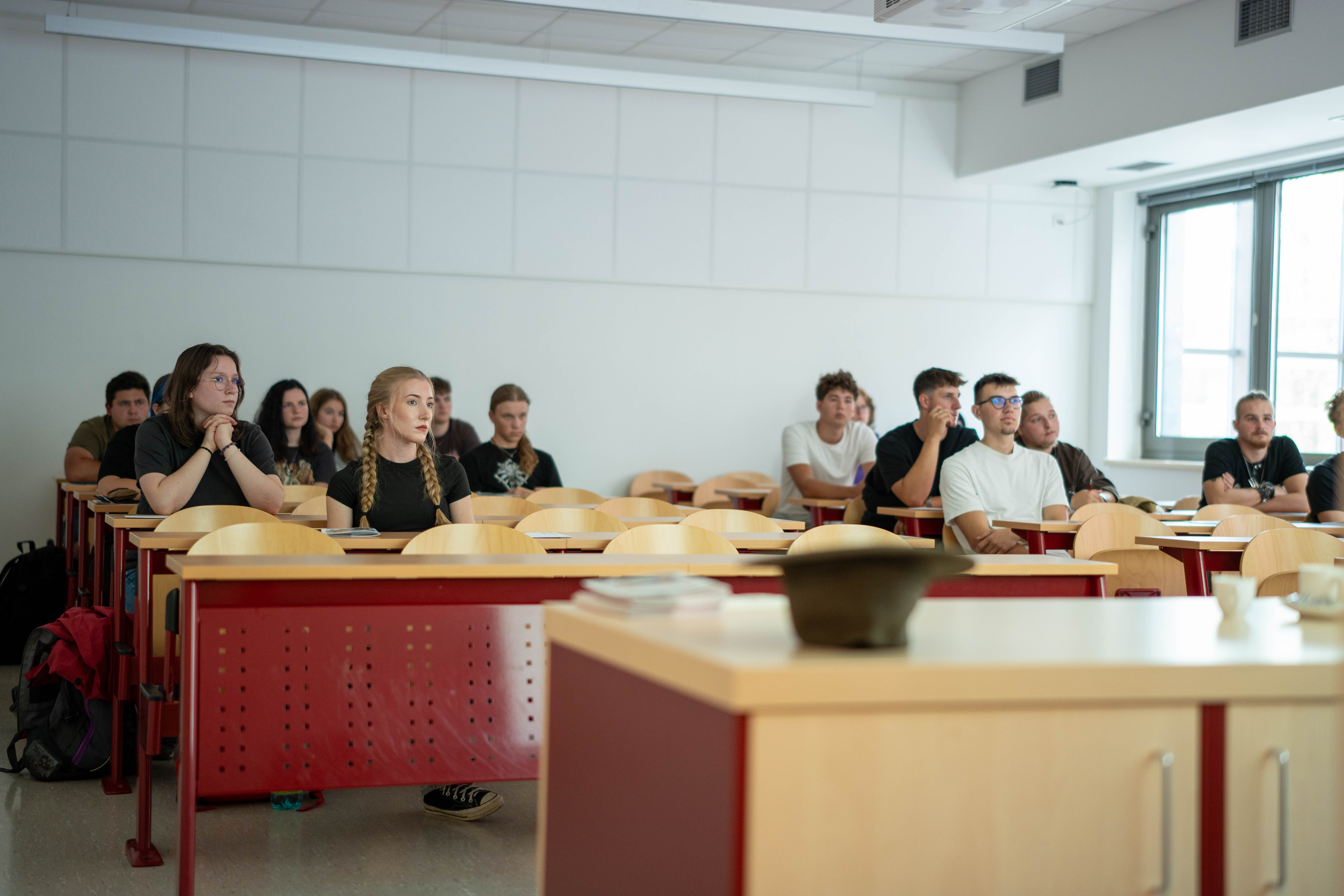
- Foto:
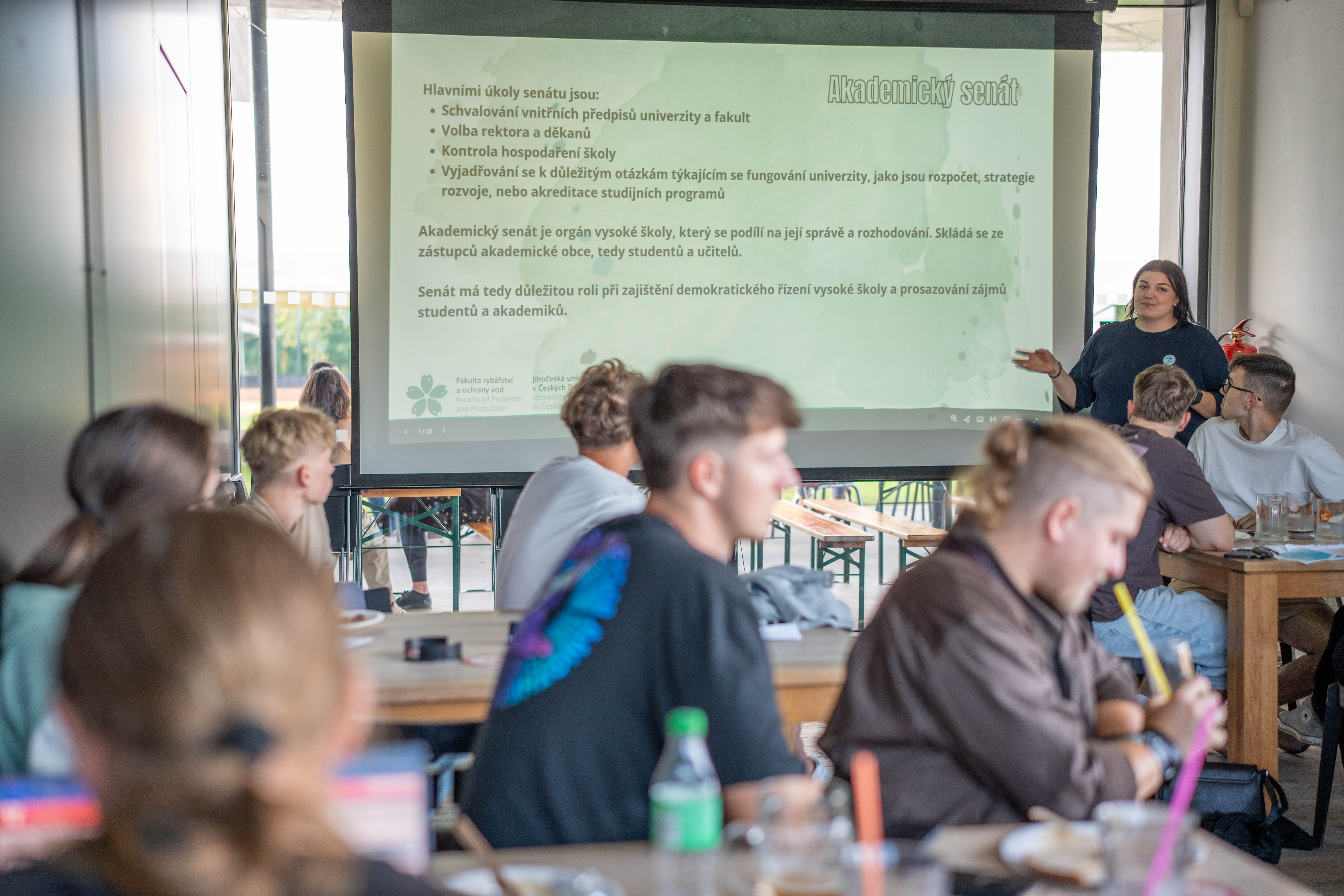
- Foto:
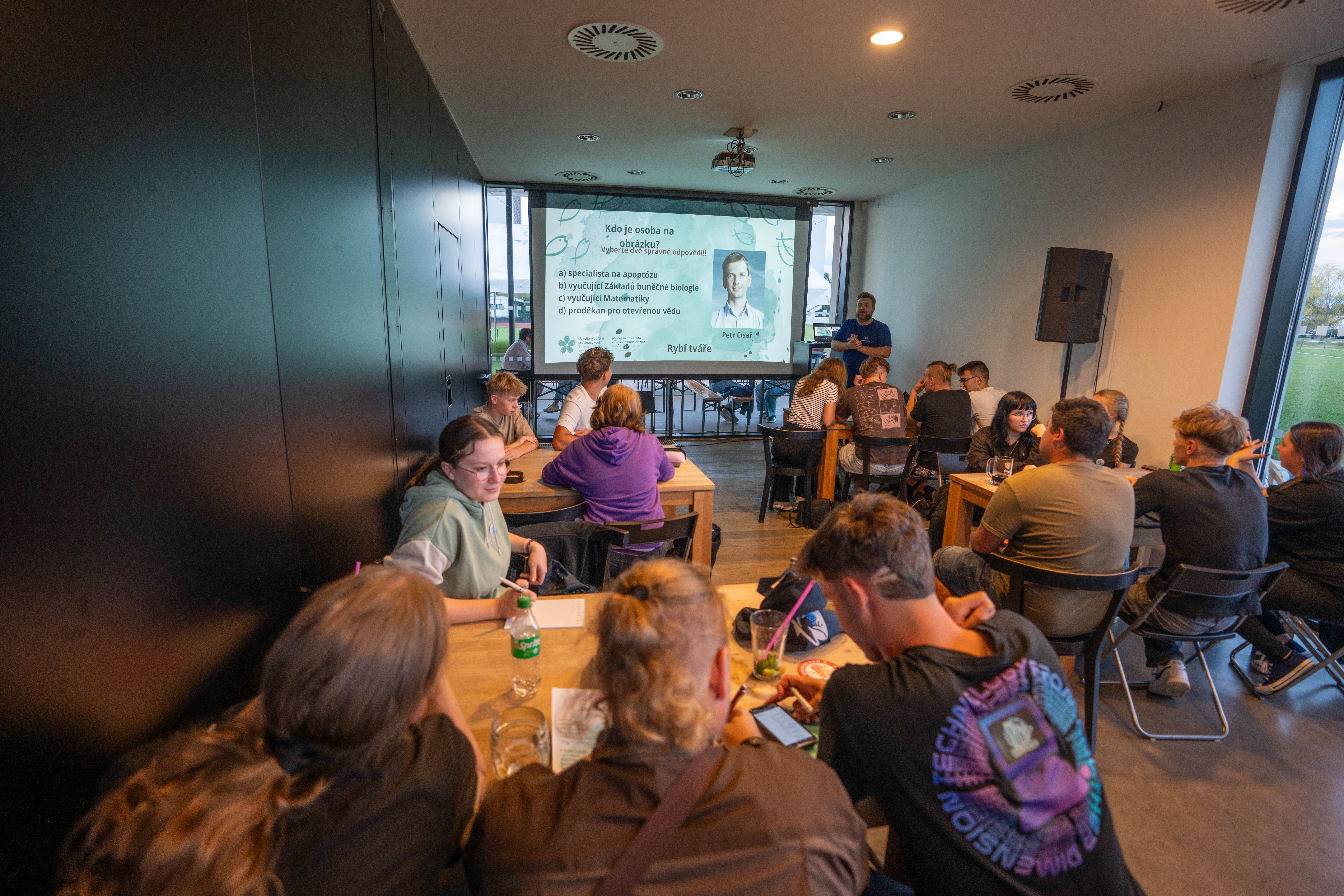
- Foto:
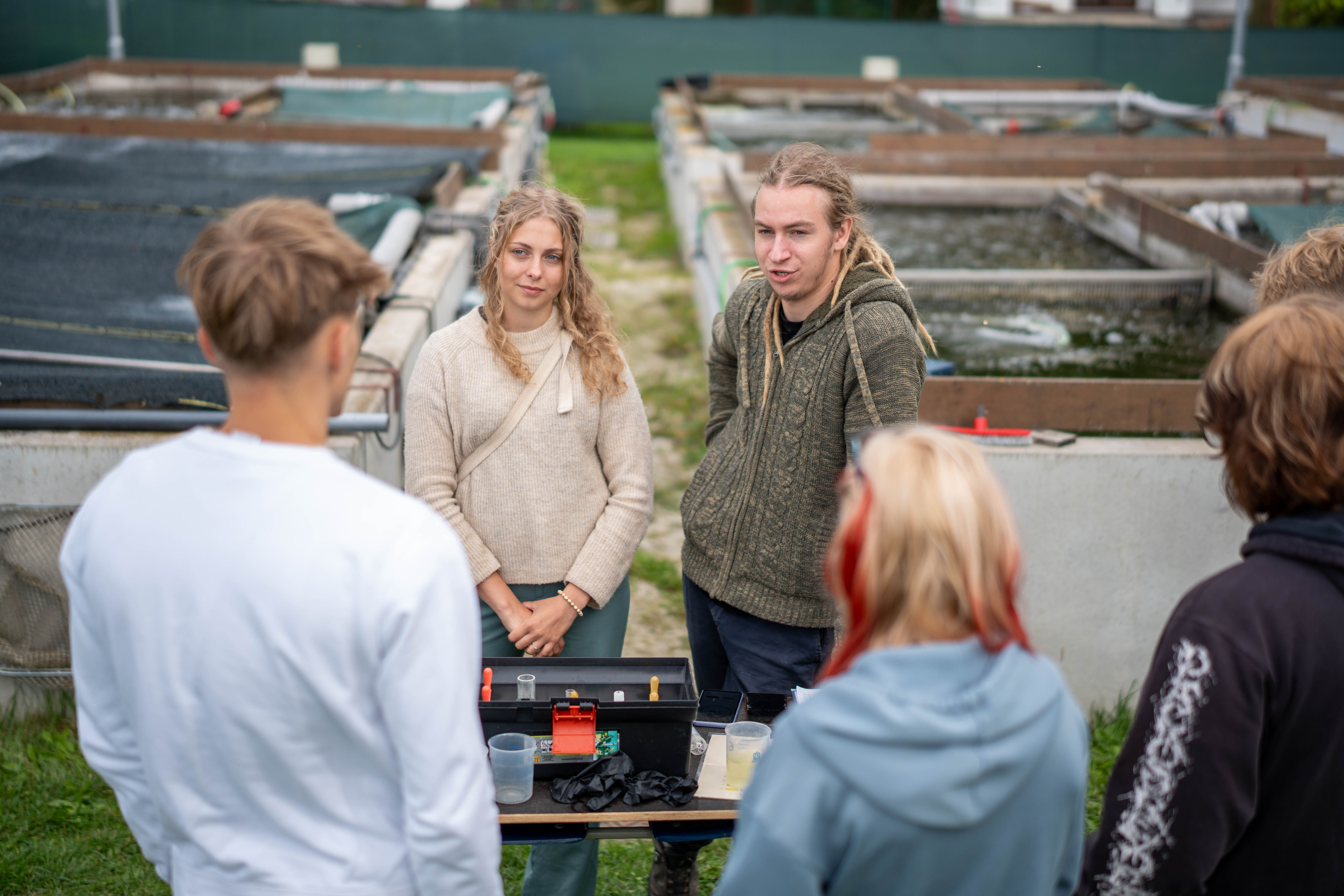
- Foto:
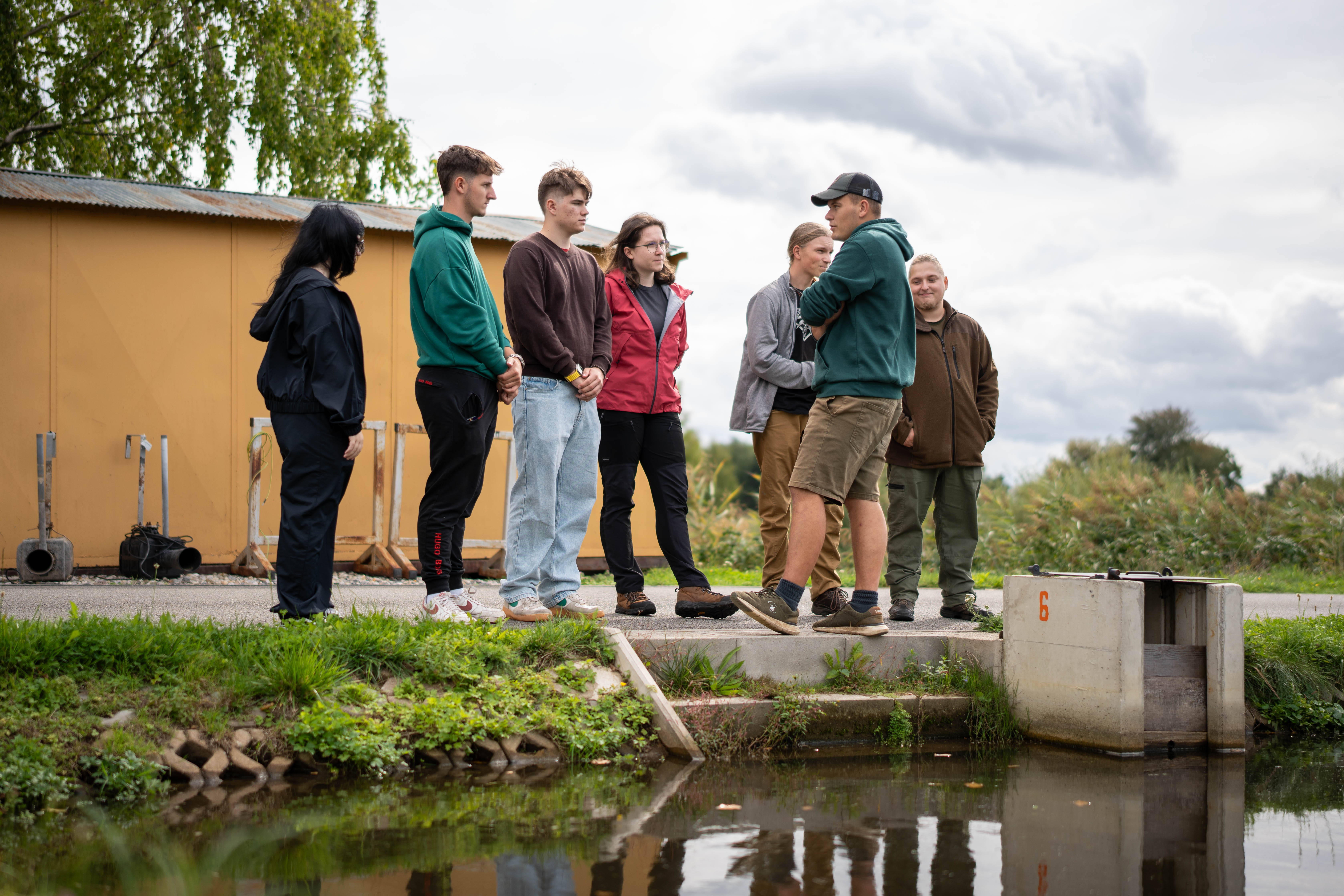
- Foto:
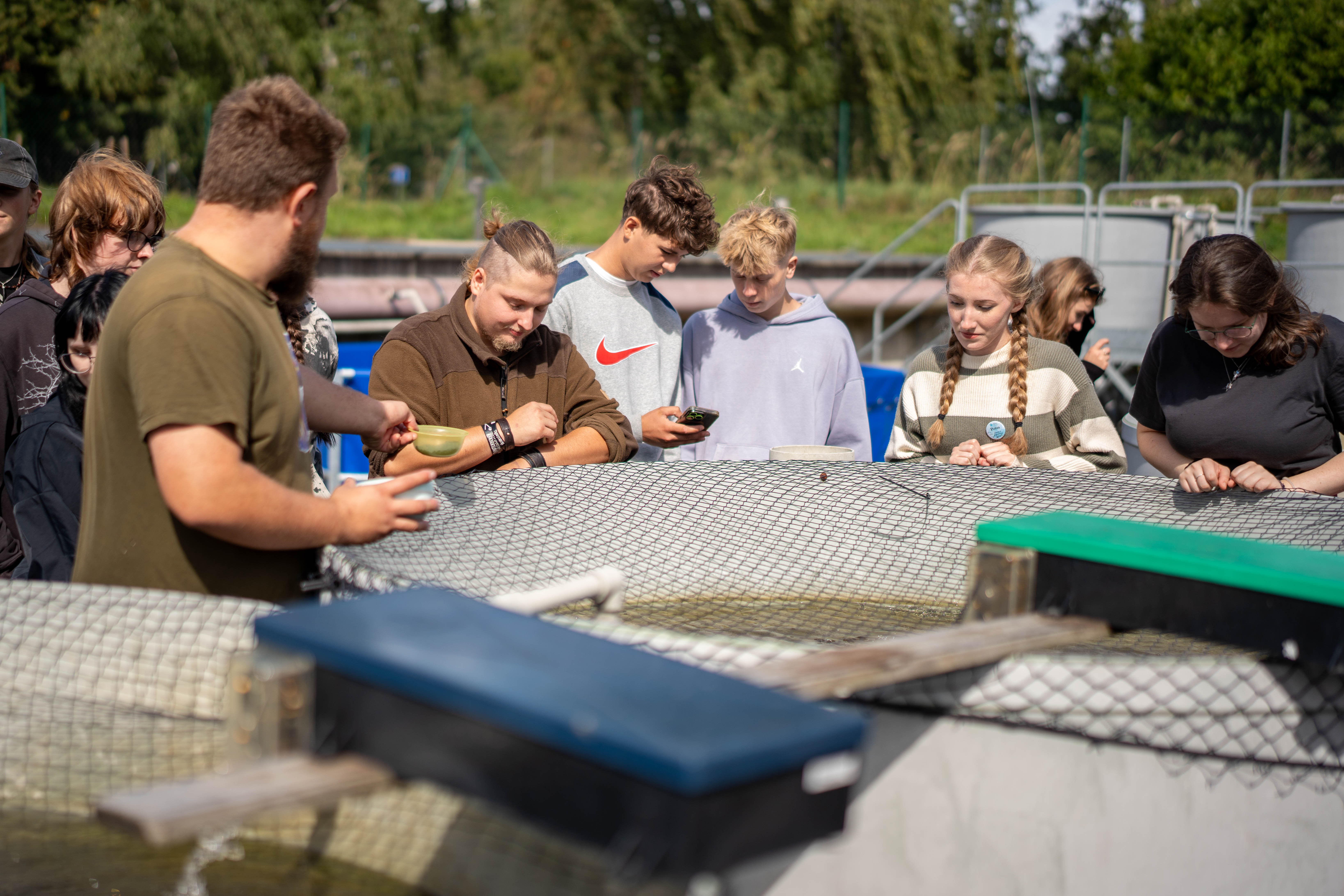
- Foto:
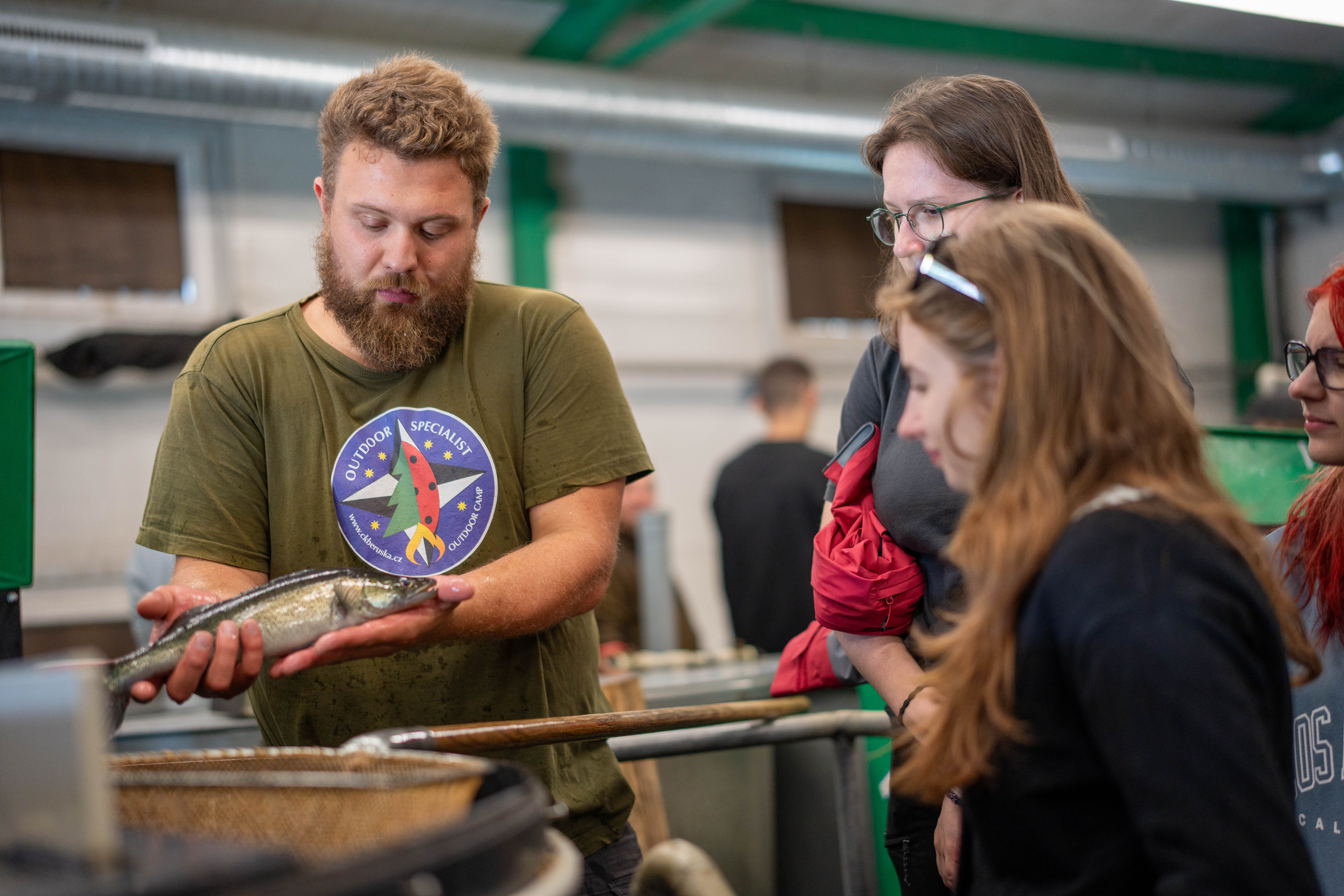
- Foto:
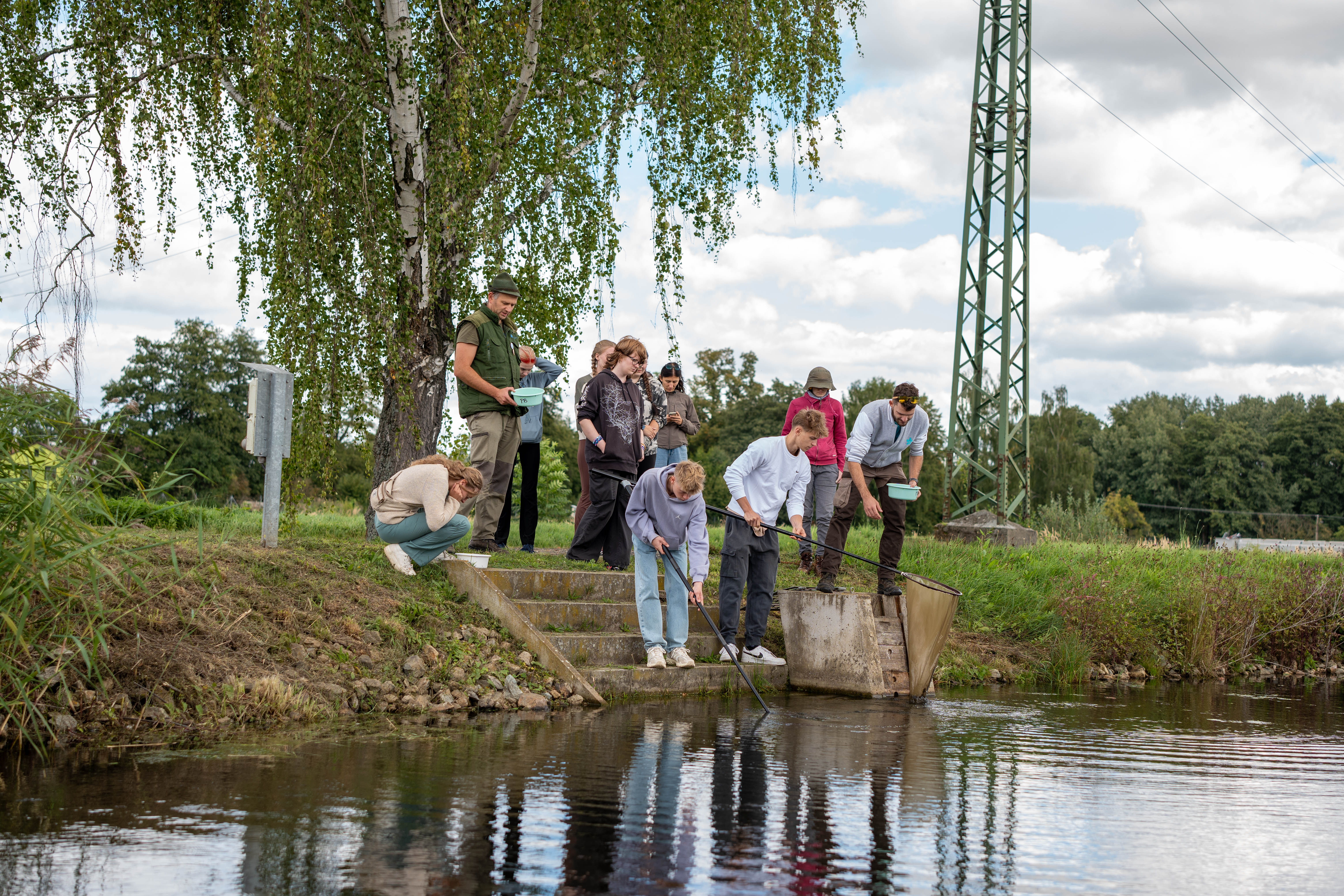
- Foto:
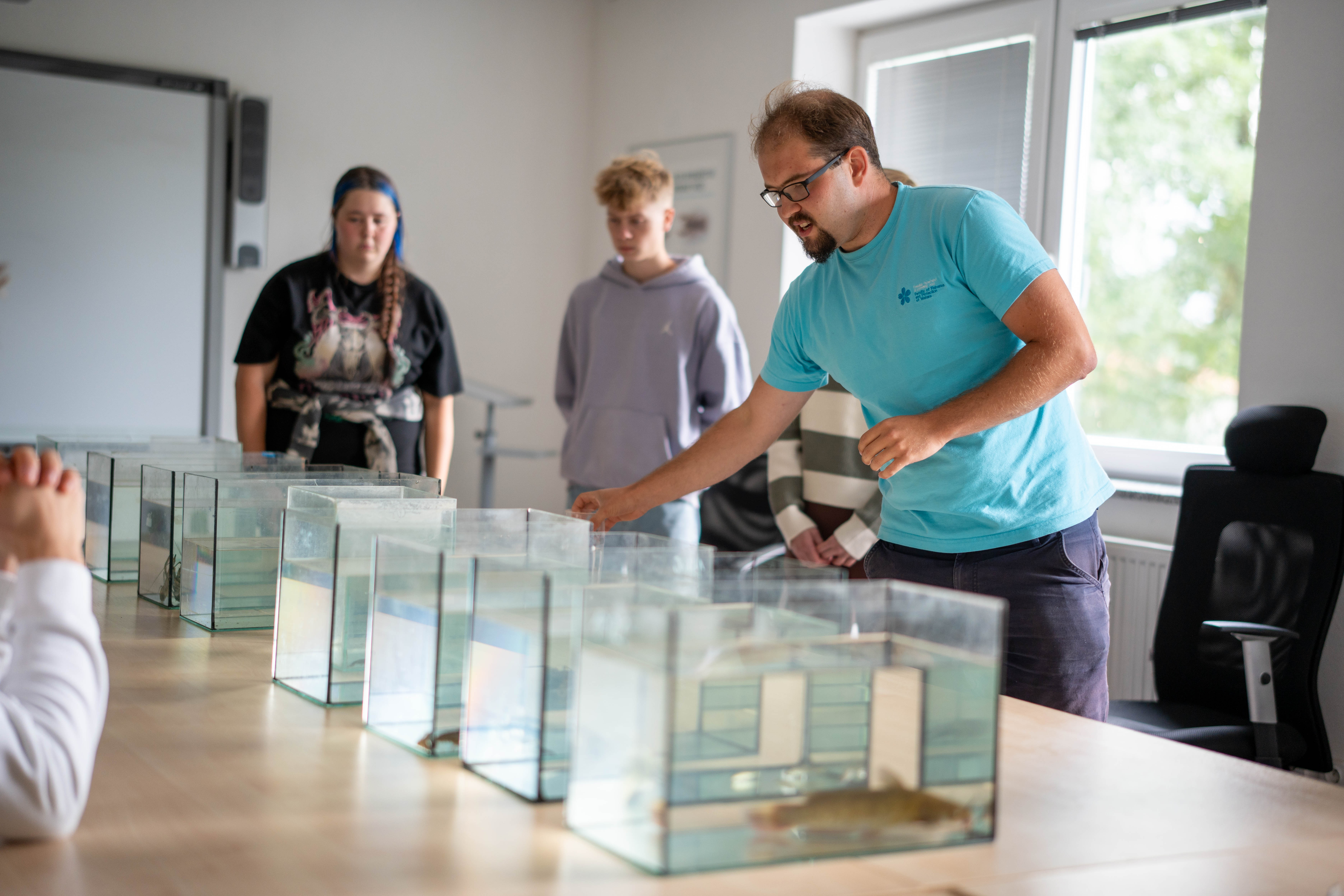
- Foto:
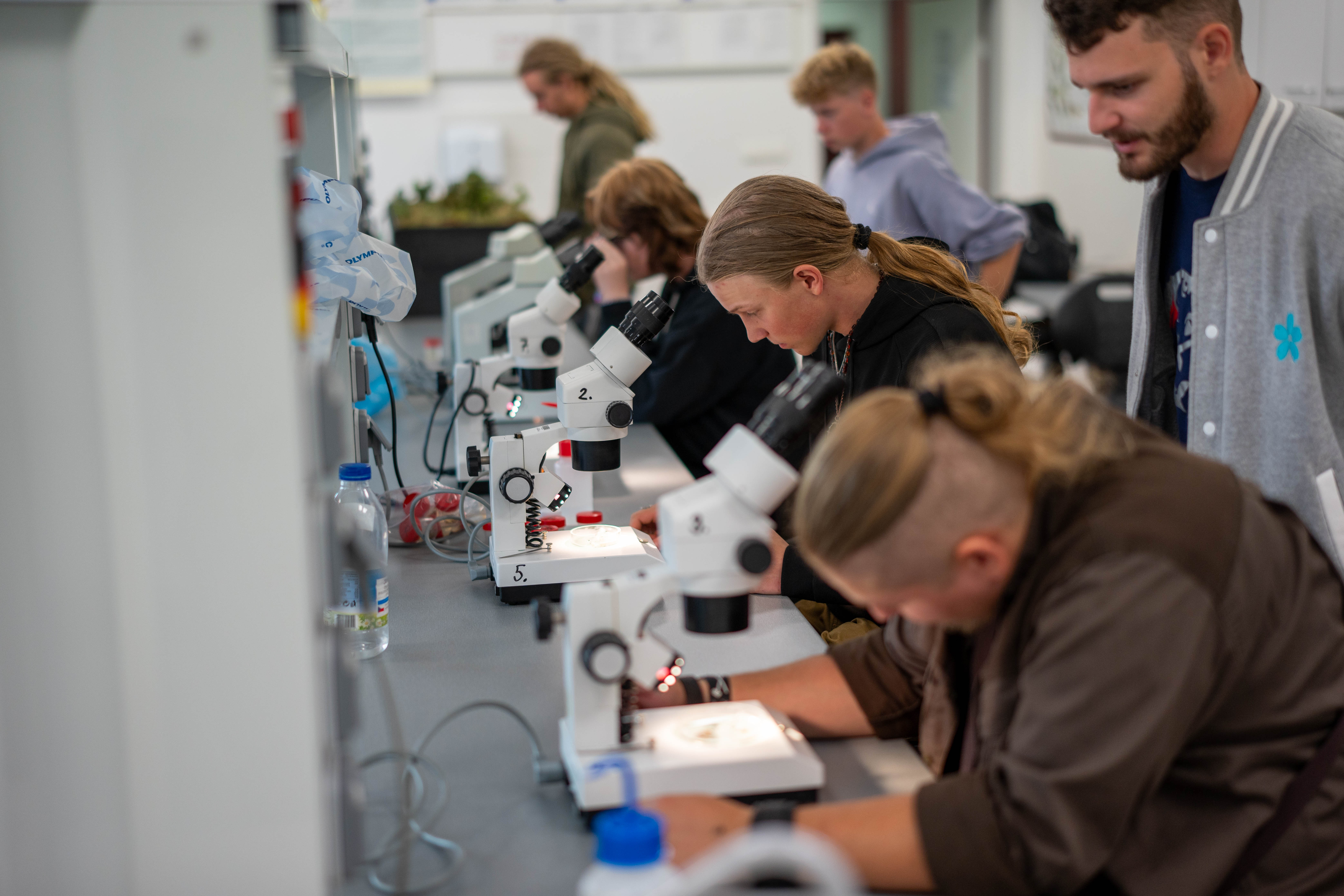
- Foto:
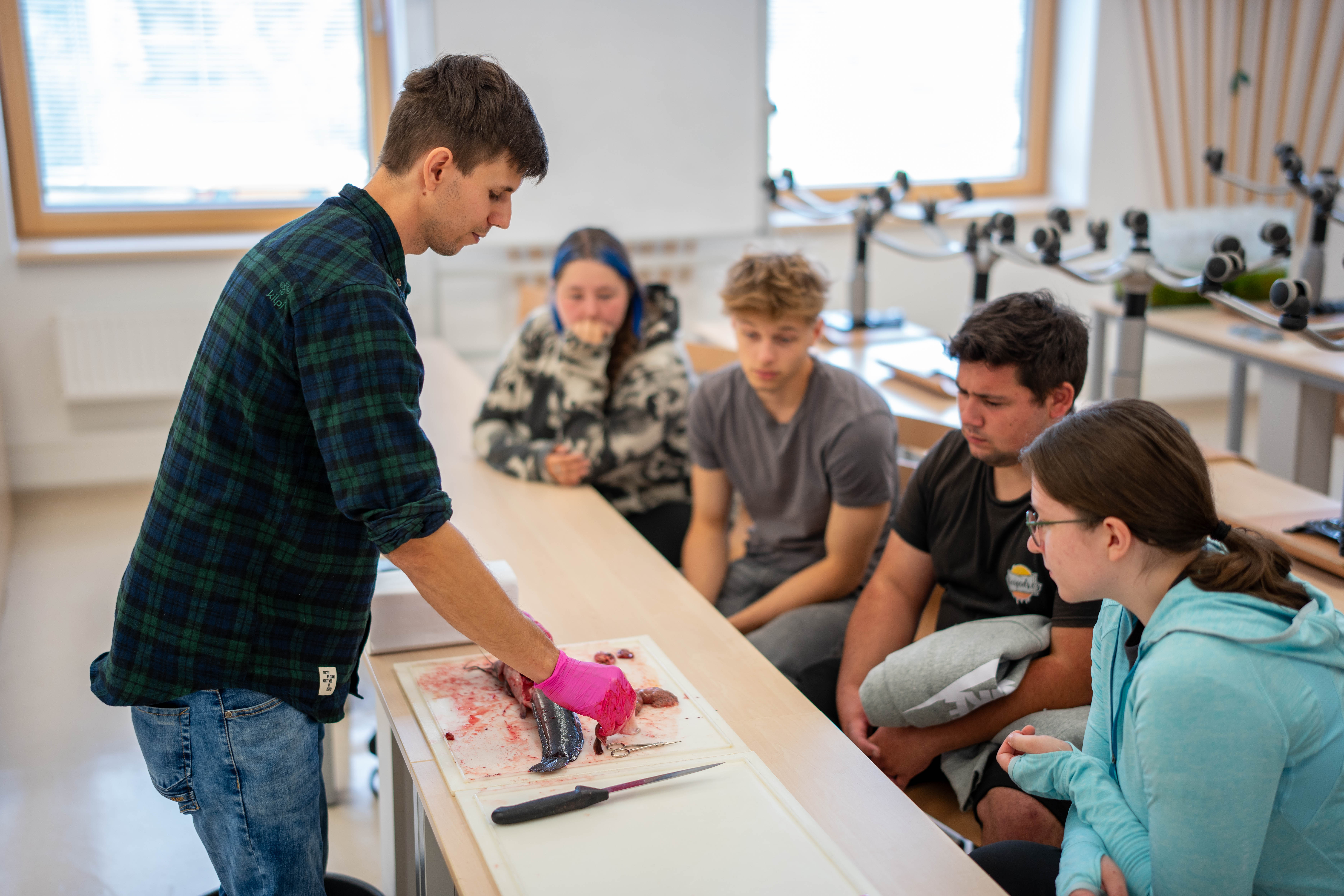
- Foto:
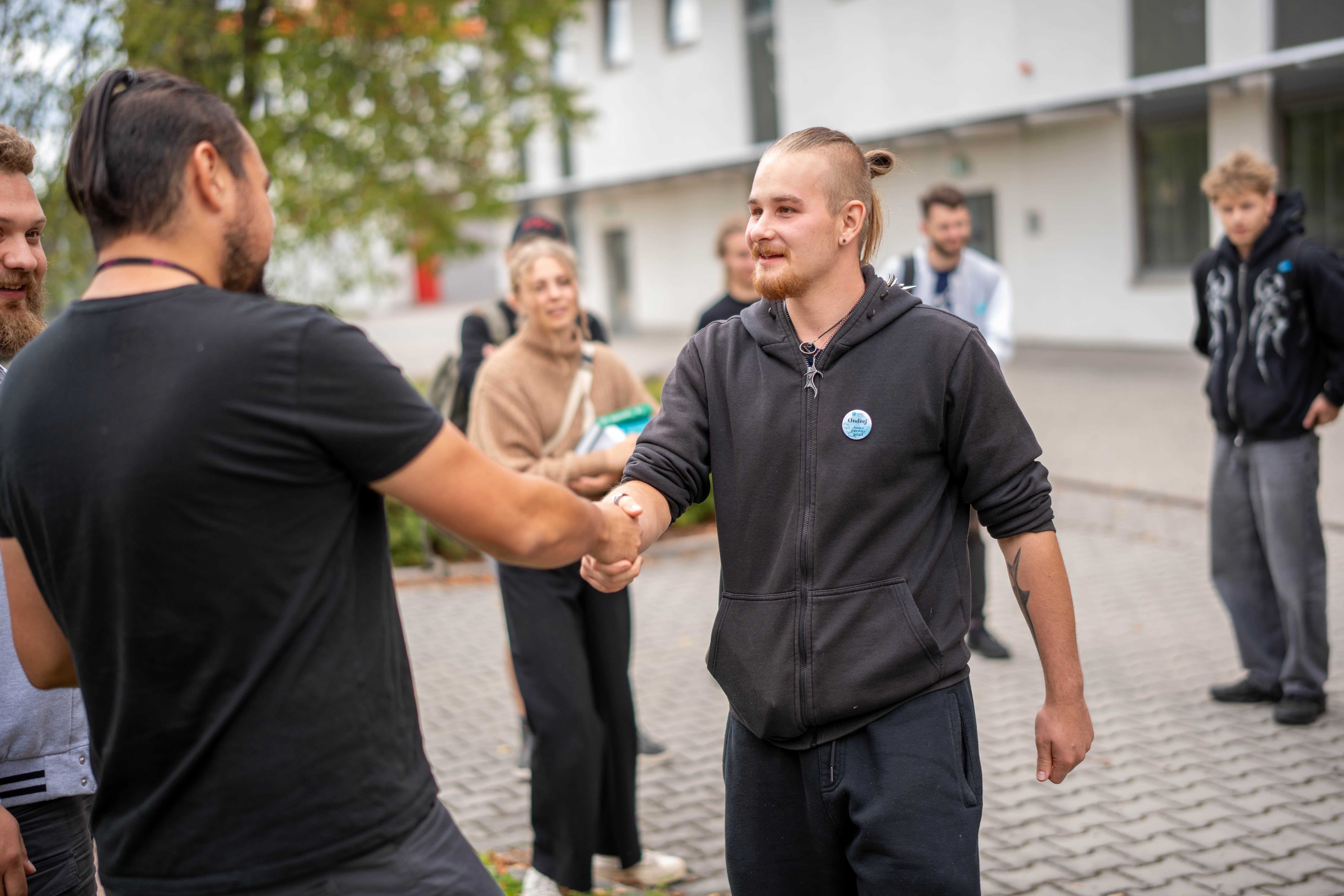
Ve dnech 15.–17. září 2025 uspořádala Fakulta rybářství a ochrany vod JU adaptační kurz pro studenty prezenční formy bakalářského studia. Cílem bylo nejen představit fakultu a univerzitu, ale také pomoci novým studentům vzájemně se seznámit a hladce vstoupit do prvního semestru.
Den první: start v kampusu a motivace do studia
Úvodní den se nesl v duchu seznamování. Studenti se potkali nejen mezi sebou, ale i s děkanem fakulty, který jim hned na začátku popřál mnoho energie ke studiu a motivoval je do nadcházejících let.
Následně je čekala orientační hra napříč kampusem Jihočeské univerzity. Nováčci tak objevili knihovnu, rektorát, koleje, menzu i další důležitá místa. Den byl zakončen na Kampě, kde proběhla krátká přednáška o systému STAG, univerzitních spolcích a dalších studentských vychytávkách. Nechybělo ani grilování a tradiční FROVkvíz, který prověřil jejich první dojmy i znalosti.
Den druhý: z kampusu do Vodňan
Druhý den se studenti přesunuli do Vodňan, kde je čekala pestrá prohlídka našich špičkových pracovišť – Výzkumného ústavu rybářského a hydrobiologického, Genetického rybářského centra i Experimentálního rybochovného pracoviště. Program byl připraven interaktivně: studenti si například vyzkoušeli uspání vyloveného jesetera a následné měření a vážení. Jiní se poprvé chopili vrhačky, projeli se na lodičkách nebo nahlédli přímo pod ruce našim vědcům v laboratořích.
Den třetí: chutě ryb a mikrosvět pod lupou
Závěrečný den byl věnován tajemství rybích chutí z naší fakultní zpracovny, měření tučnosti filet a dalším ukázkám. V akvaponickém skleníku si mohli prohlédnout, jak se propojuje chov ryb s pěstováním rostlin. Den uzavřely praktické ukázky – od pitvy ryby přes pozorování zoobentosu a zooplanktonu pod mikroskopem až po práci s binolupou.
Společný začátek nové cesty
Adaptačního kurzu se zúčastnilo 19 nových studentů FROV JU. Věříme, že díky této zkušenosti vstoupí do akademického roku nejen s lepší orientací, ale i s prvními přátelstvími a chutí pustit se do studia naplno.
Velké poděkování patří všem zaměstnancům a studentům, kteří připravili nabitý program. Novým studentům přejeme, aby se jim na fakultě dobře studovalo.
Foto: Jan Škrabánek
- Fotogalerie:
- Foto:

- Foto:

- Foto:

- Foto:

- Foto:

- Foto:

- Foto:

- Foto:

- Foto:

- Foto:

- Foto:

- Foto:

From September 15 to 17, 2025, the Faculty of Fisheries and Protection of Waters USB organized an adaptation course for full-time bachelor's degree students. The aim was not only to introduce the faculty and the university, but also to help new students get to know each other and smoothly transition into their first semester.
Day One: Start on Campus and Motivation to Study
The first day was all about getting acquainted. Students met not only each other, but also the dean of the faculty, who wished them lots of energy for their studies right from the start and motivated them for the years ahead.
This was followed by an orientation game across the campus of the University of South Bohemia. The newcomers discovered the library, the rector's office, the dormitories, the cafeteria, and other important places. The day ended at Kampa, where there was a short lecture on the STAG system, university clubs, and other student activities. There was also a barbecue and the traditional FROV quiz, which tested their first impressions and knowledge.
Day two: from campus to Vodňany
On the second day, the students moved to Vodňany, where they enjoyed a varied tour of our state-of-the-art facilities – the Research Institute of Fish Culture and Hydrobiology, the Genetic Fisheries Center, and the Experimental Fish Culture Facility. The program was interactive: for example, students tried putting a caught sturgeon to sleep and then measuring and weighing it. Others tried their hand at casting for the first time, took a boat ride, or looked over the shoulders of our scientists in the laboratories.
Day Three: Fish Flavors and the Microworld Under the Magnifying Glass
The final day was devoted to the secrets of fish flavors from our faculty processing plant, measuring the fat content of fillets, and other demonstrations. In the aquaponics greenhouse, they could see how fish farming is linked to plant cultivation. The day ended with practical demonstrations – from fish dissection to observing zoobenthos and zooplankton under a microscope to working with a binocular microscope.
A shared start to a new journey
Nineteen new students from the FFPW USB took part in the adaptation course. We believe that thanks to this experience, they will enter the academic year not only with a better understanding of their surroundings, but also with their first friendships and a desire to throw themselves into their studies.
A big thank you goes to all the staff and students who prepared the packed program. We wish the new students all the best in their studies at the faculty.
Photo: Jan Škrabánek
We have opened the admission procedure for follow-up master's studies in English in the Fishery and Protection of Waters study program. Applications can be submitted until December 15, 2025.
Details can be found in the attached leaflet.
Admission procedure for Bachelor's study programmes in Fisheryand Protection of Watersis opened!Applications can be submitted by March 31, 2025.Bachelor's study programmes are taught only in Czech language.
Admissions for PhD programs in and are open until May 5, 2025.
More information about admission procedure to all offered study programmes you can find .
Visit us as during the Univeristy of South Bohemia .
We have opened the second round of admissions to the PhD programmes in Fisheryand Protection of Aquatic Ecosystems, applications can be submitted until 2ndDecember 2024.
Applications for the postgraduate master's degree programme
Fishery and Protection of Waters, taught in English, are also open until 31 December. More detailed information can be found
here.
- Fotogalerie:
- Foto:

- Foto:
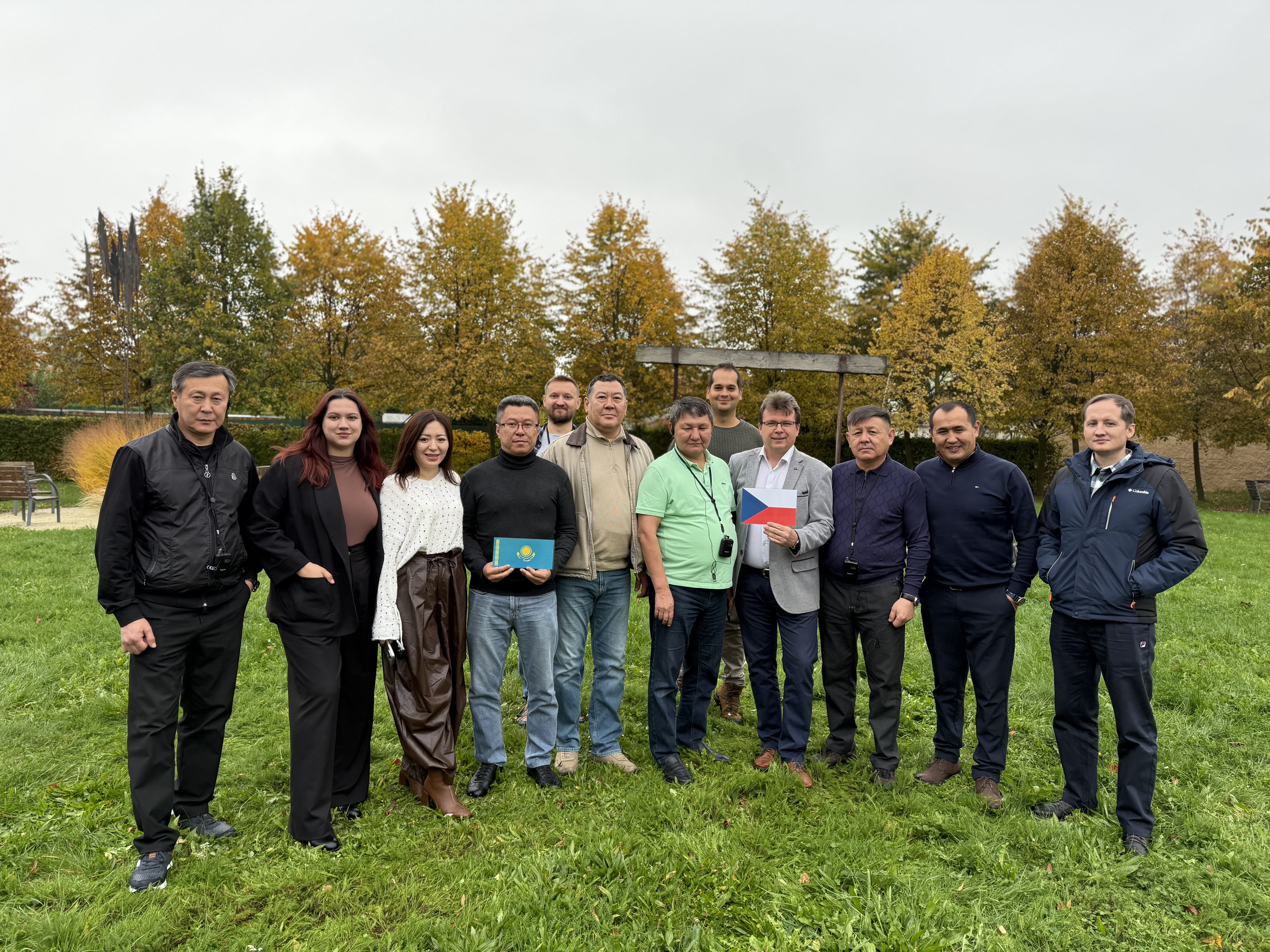
- Foto:

- Foto:

- Foto:

- Foto:

The Faculty of Fisheries and Protection of Waters, University of South Bohemia in České Budějovice, organized under the auspices of the FAO UN (Food and Agriculture Organization of the United Nations) an international workshop entitled “Freshwater Aquaculture: Integrating Recirculating Systems, Pond Management, and Genetic Conservation for Resilient Fish Production”, held from October 12 to 18, 2025.
The workshop brought together 23 participants from eight countries, focusing on freshwater aquaculture. The program included lectures, practical demonstrations, and excursions covering topics such as recirculating systems, pond management, and traditional pond aquaculture.
This educational seminar, supported by the Ministry of Agriculture of the Czech Republic, aimed to promote the sustainable development of fisheries in Eastern Europe, the Balkans, and the Middle East, and took place at the International Environmental Education, Advisory, and Information Centre for Water Protection in Vodňany (MEVPIS).
- Fotogalerie:
- Foto:
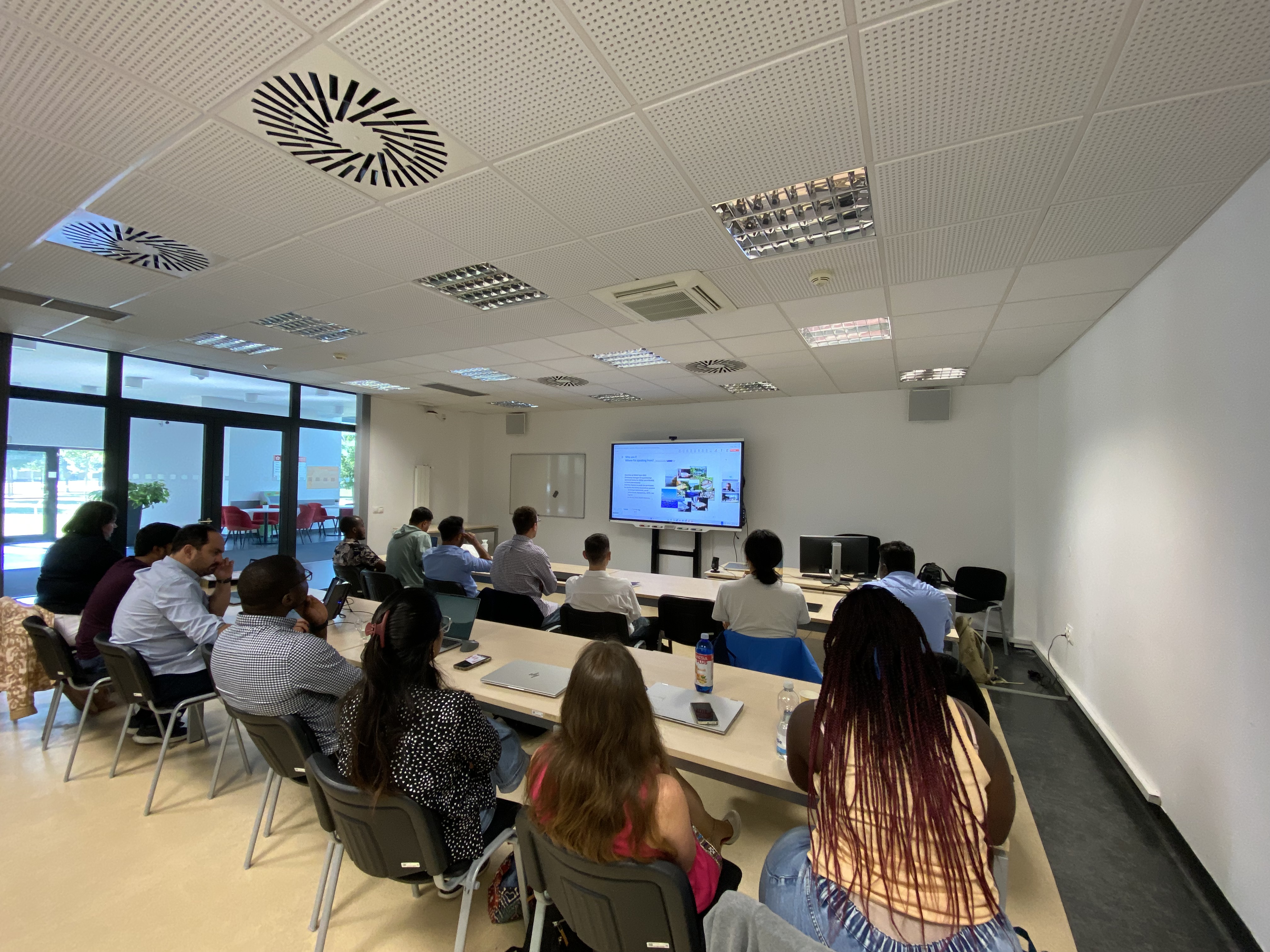
- Foto:
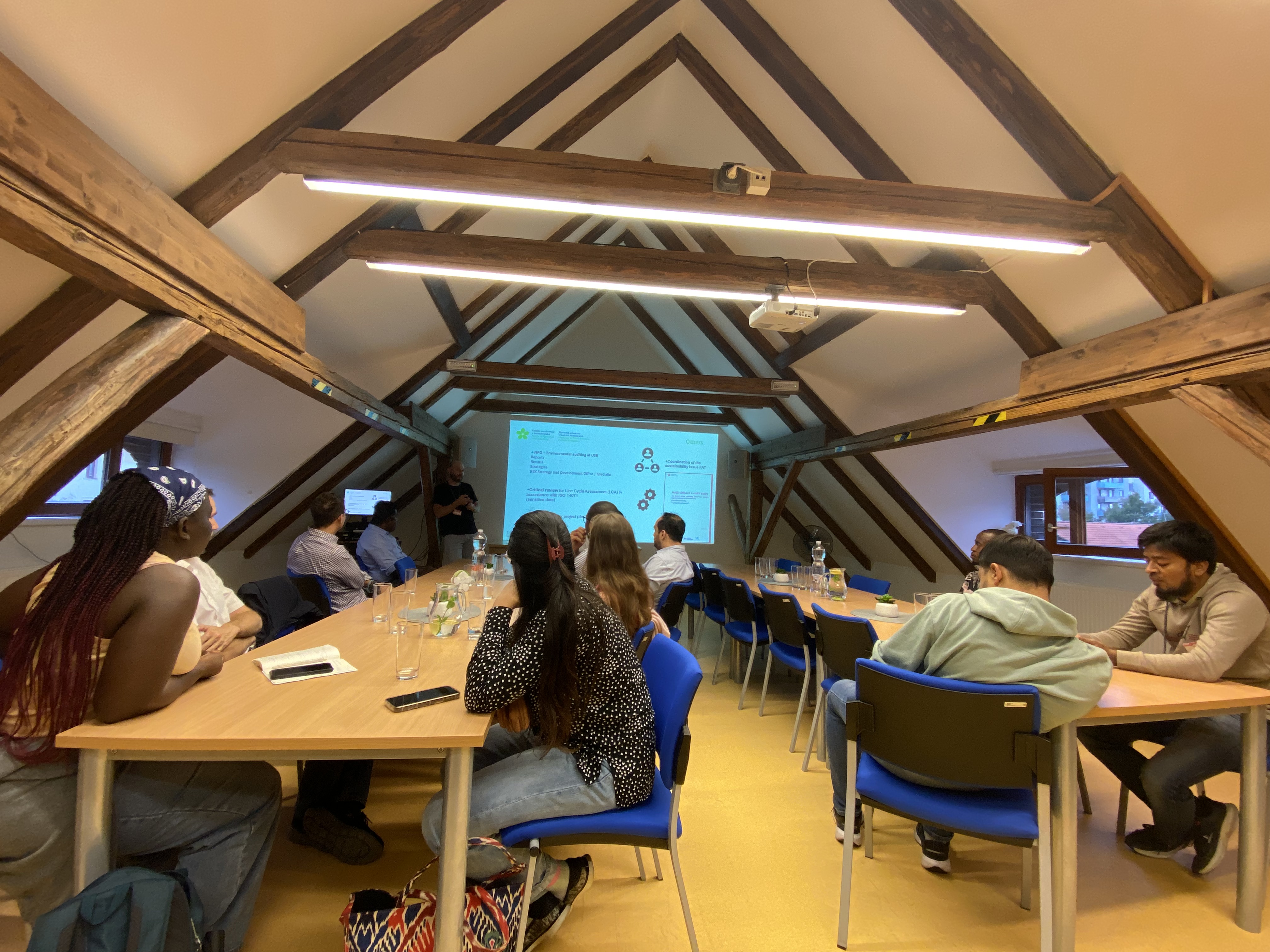
- Foto:
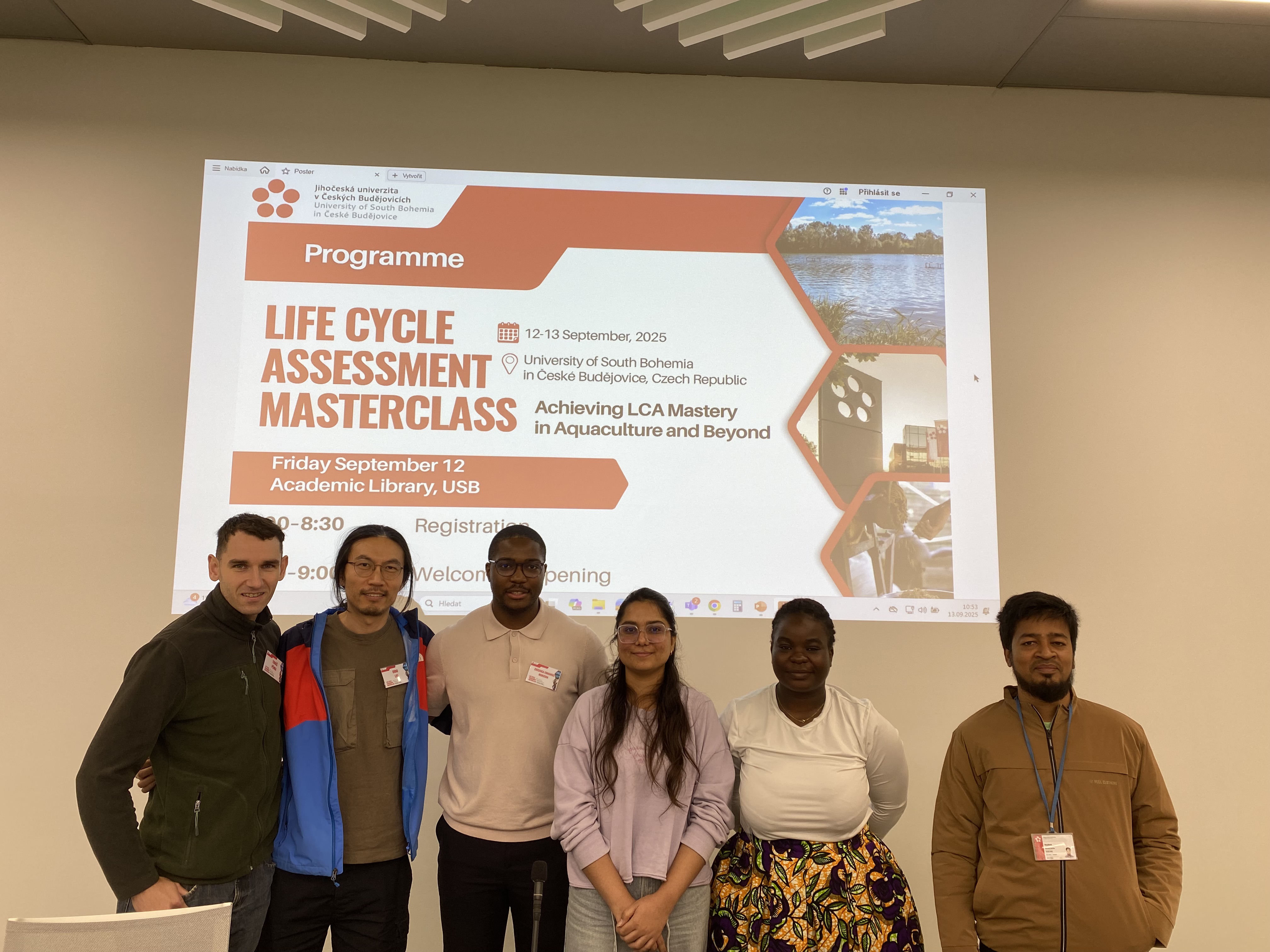
- Foto:
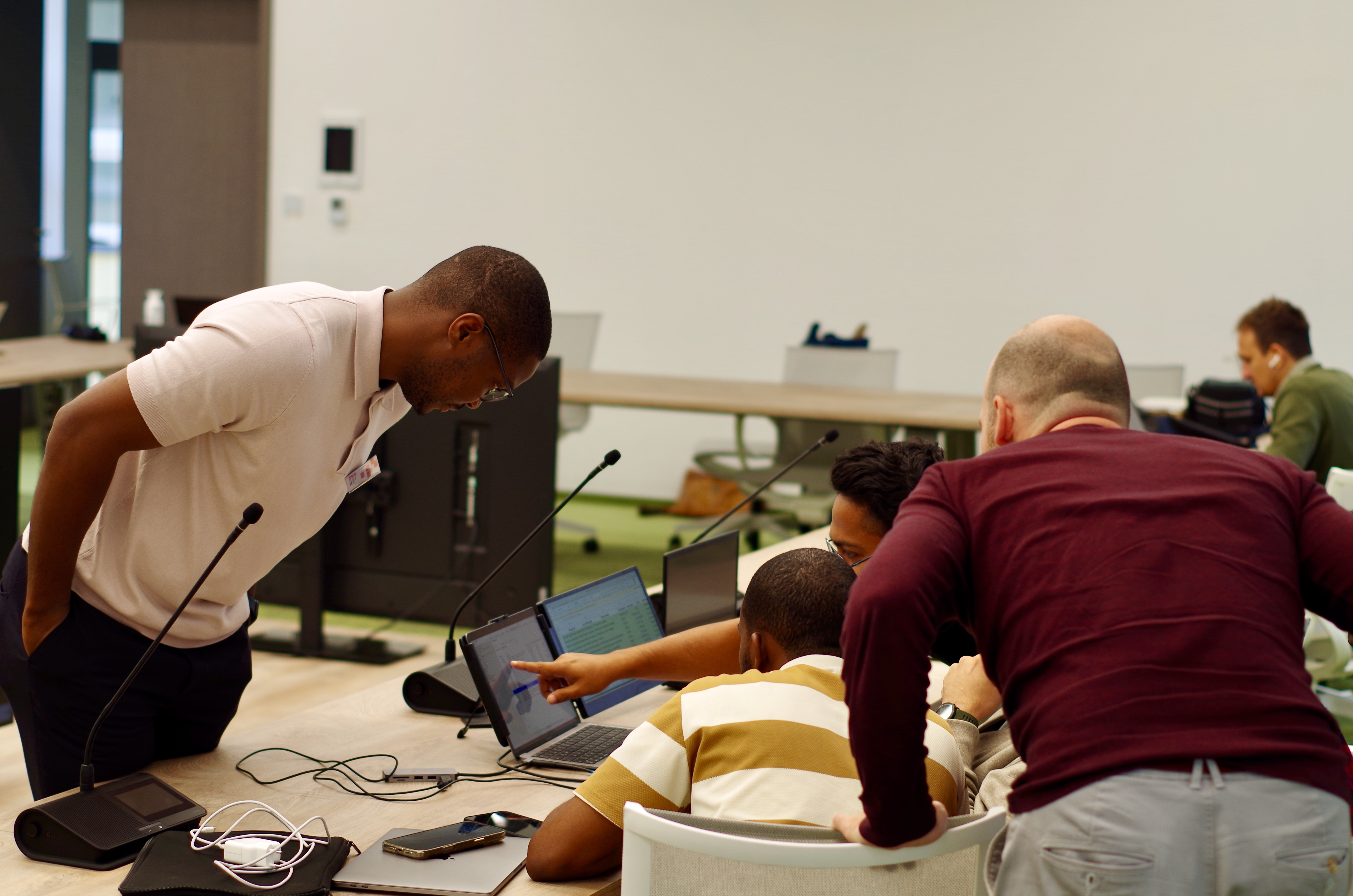
- Foto:
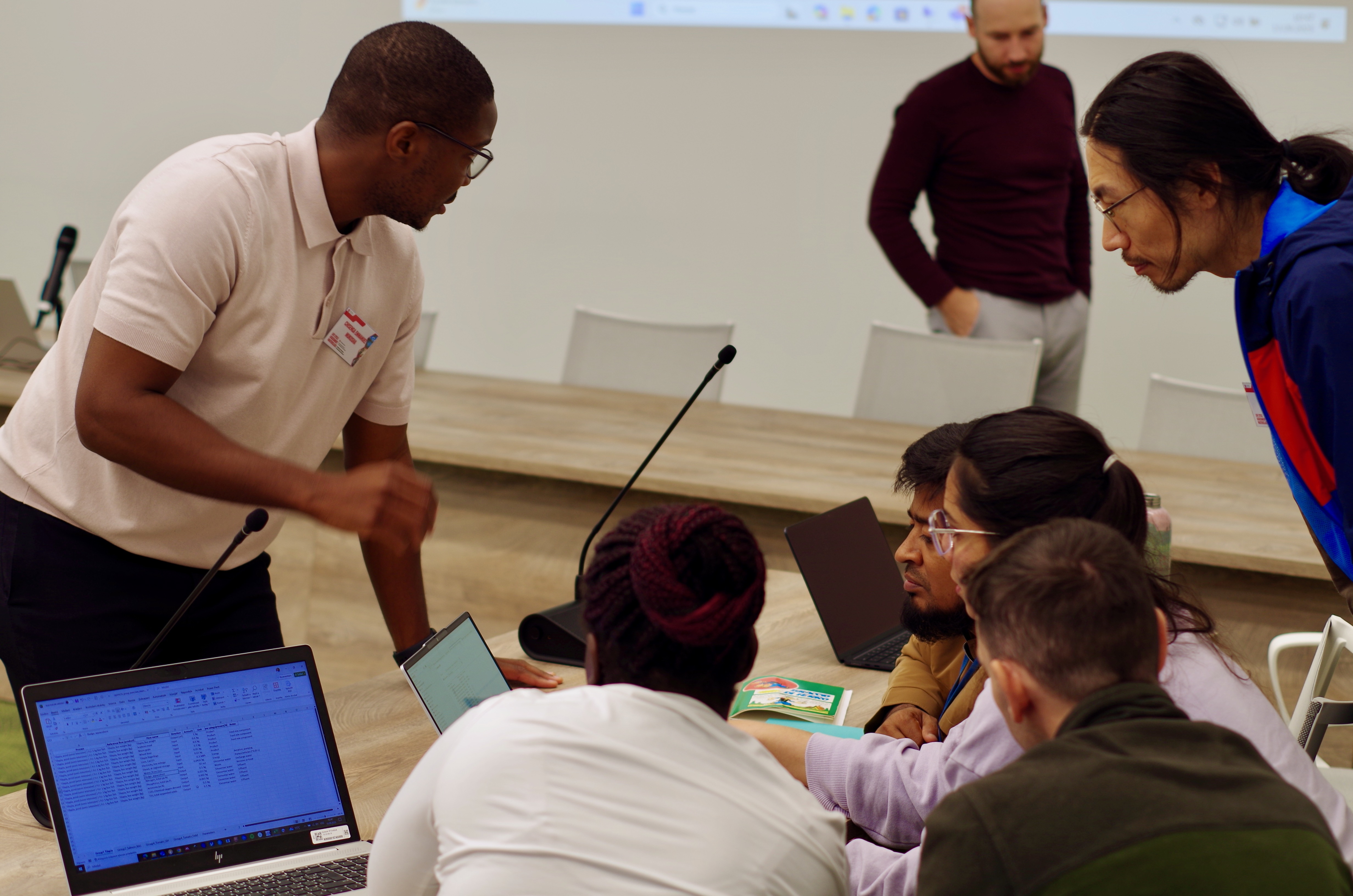
Deep-diving into Life Cycle Assessment at the University of South Bohemia – A retrospective
Acquiring first-hand knowledge on how to do Life Cycle Assessment (LCA) in aquaculture and beyond – this was possible at the University of South Bohemia during the Life Cycle Assessment Masterclass in Aquaculture and Beyond. Participants from Czech, German, and Austrian research institutions and companies attended the first event of its kind to be introduced into the world of Life Cycle Assessment by experts in the field. Held over two days (September 12 and 13), the workshop combined theoretical insights, practical training, and collaborative discussions, providing a dynamic learning environment.
The workshop’s “life cycle”
The workshop started with an insightful introduction to the environmental impact of aquaculture by Killian Chary (CIRAD, France), who emphasised the global interconnectedness of the industry. Eventually, Michele Zoli (University of Milan, Italy) provided a foundational introduction to Life Cycle Assessment, explaining its methodology, key terms, limitations, and application in environmental decision-making. The morning sessions were concluded by Joël Aubin (INRAE, France), who shared practical insights and tips for conducting successful LCAs, illustrated through a compelling case study on polyculture systems in the Philippines. His presentation highlighted context-specific challenges and solutions in aquaculture LCA. The afternoon continued with a deeper dive into LCA principles by Michele, followed by a practical LCA session using openLCA software and various databases by Chisenga Emmanuel Mukosha (FAT USB, Czechia). Participants worked in small groups to conduct their first exemplary LCA, gaining hands-on experience in modelling and data interpretation. The day concluded with an informal networking event at the University’s microbrewery, during which Jaroslav Bernas (FAT USB, Czechia) presented the work of the LCA Lab at the Faculty of Agriculture and Technology, while everyone enjoyed the relaxed atmosphere and provided catering.
The second day began with a continuation of the LCA training led by Emmanuel. The two groups formed on the first day delivered brief pitch presentations of their LCA results, fostering peer learning and feedback. Jaroslav eventually provided an overview of commercial LCA tools such as SimaPro, comparing their features, usability, and relevance to aquaculture applications. In the afternoon, Michele presented a series of LCA case studies related to aquaculture, offering broader insights into the versatility and impact of LCA in real-world scenarios. The workshop concluded with a round table session, where participants tested their newly acquired knowledge and engaged in an open discussion to clarify remaining questions and share reflections.
Some takeaways
The LCA Masterclass successfully combined theory with practical application and equipped the participants with insider knowledge for the application of LCA to their very own use cases in the context of sustainable aquaculture. This is confirmed by the countless questions asked and lively discussions during and in between the sessions, as well as the positive feedback from participants at the end of the event. We would like to thank all participants, and especially the excellent speakers who made this workshop an event of scientific excellence.
Thank you to the supporters
On a university level, this workshop showcased the potential of interfaculty collaboration. We would like to express our gratitude to the Faculty of Agriculture and Technology for providing access to the microbrewery free of charge, and the Faculty of Fisheries and Protection of Waters USB for offering additional funds to partly cover the catering during the event. We would also like to thank the University of South Bohemia for providing funding under the RVO Extraordinary Scientific Activities.
Authors: Anıl A. Tellbüscher, Alžběta Strouhová, and Tomáš Pěnka, Faculty of Fisheries and Protection of Waters, University of South Bohemia in České Budějovice
- Fotogalerie:
- Foto:
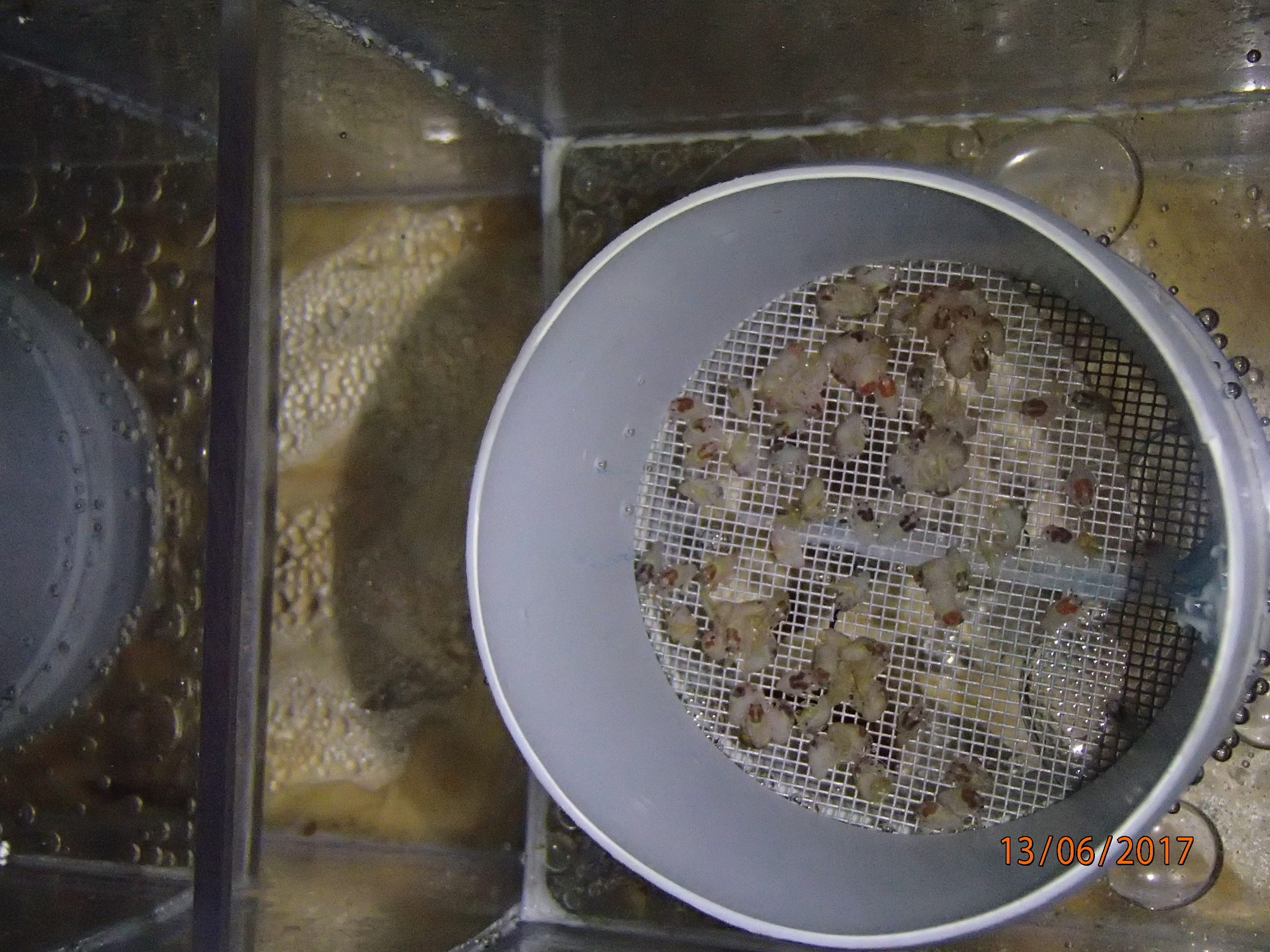
- Foto:
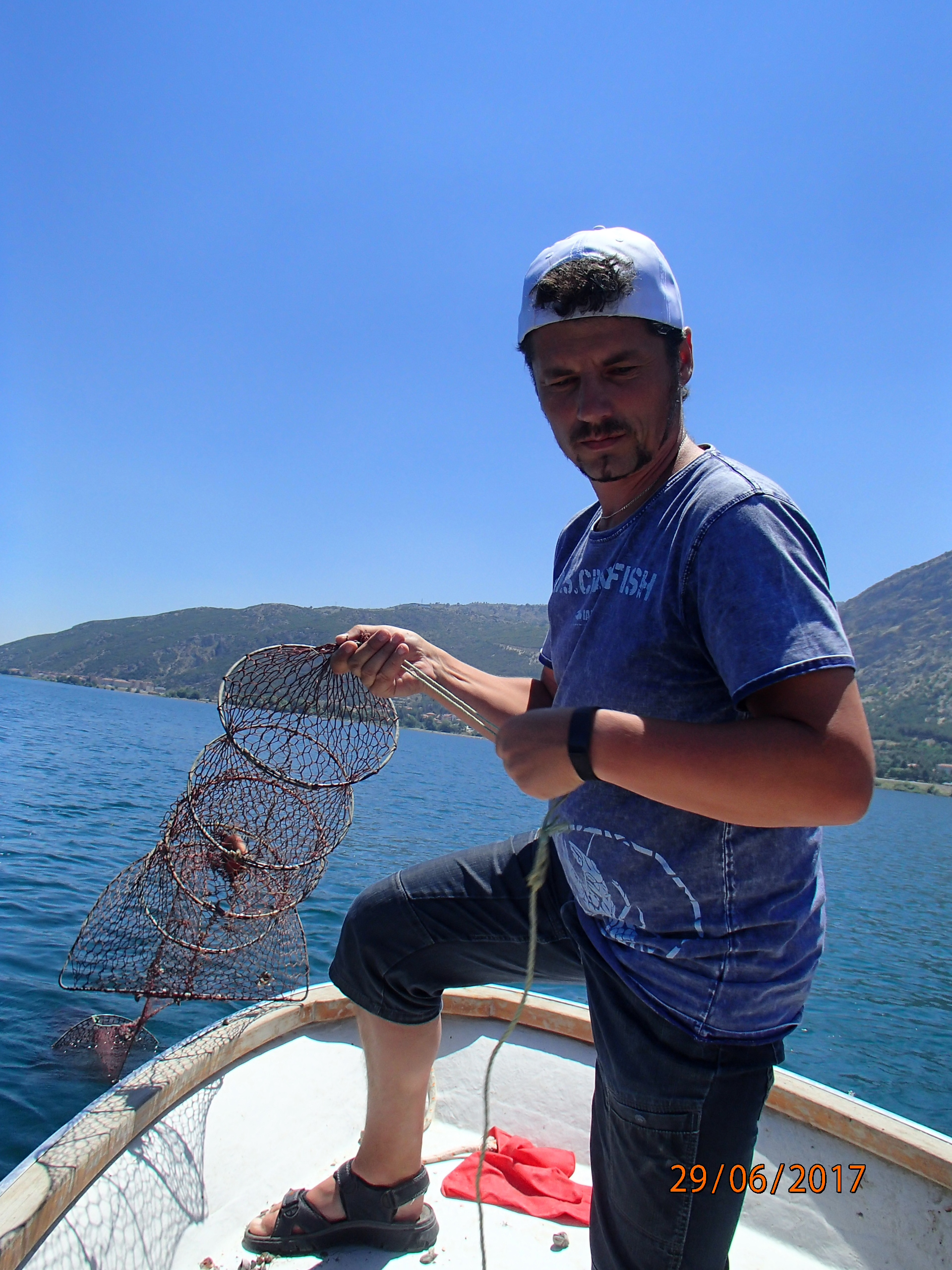
- Foto:
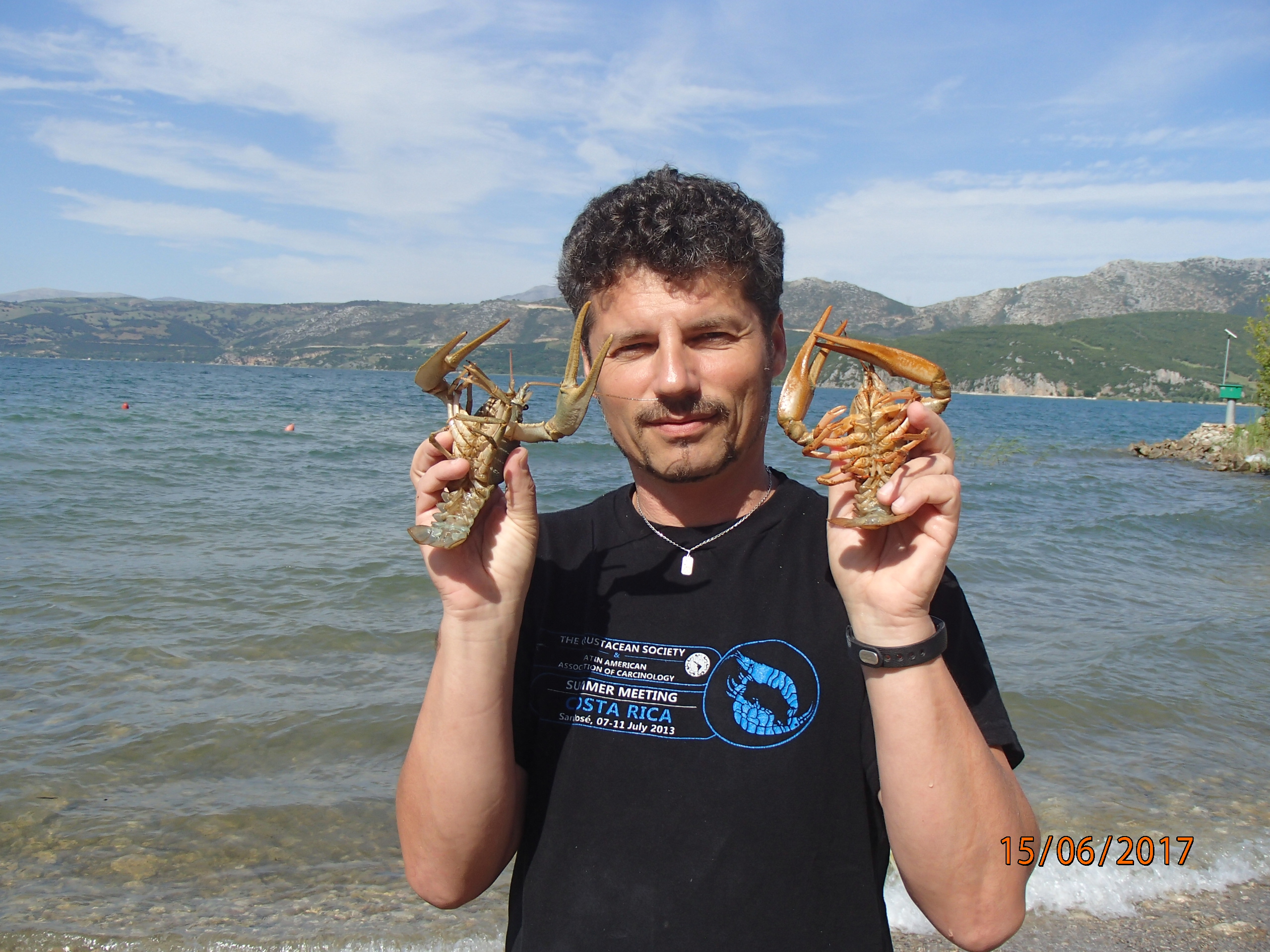
- Foto:
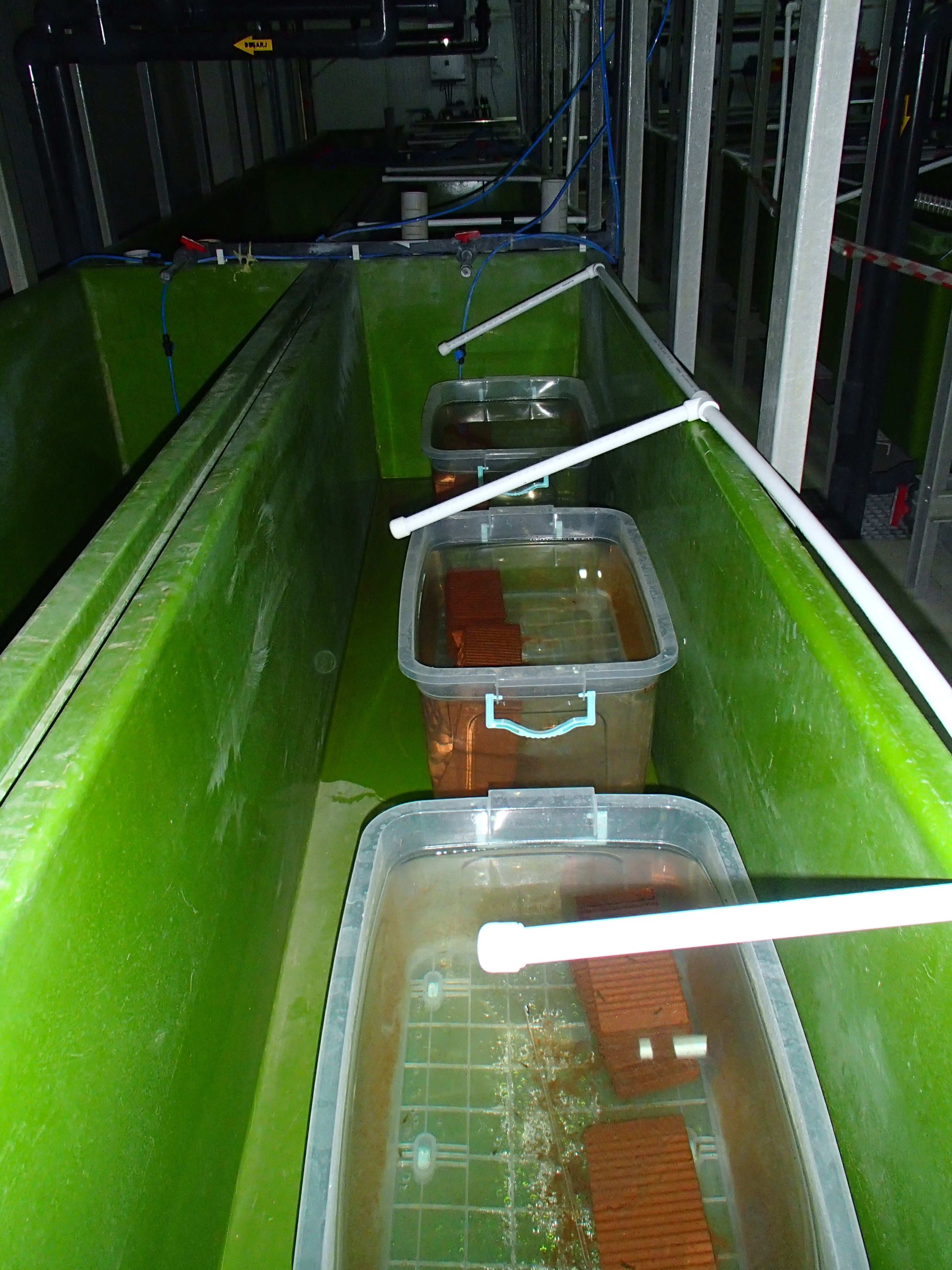
- Foto:
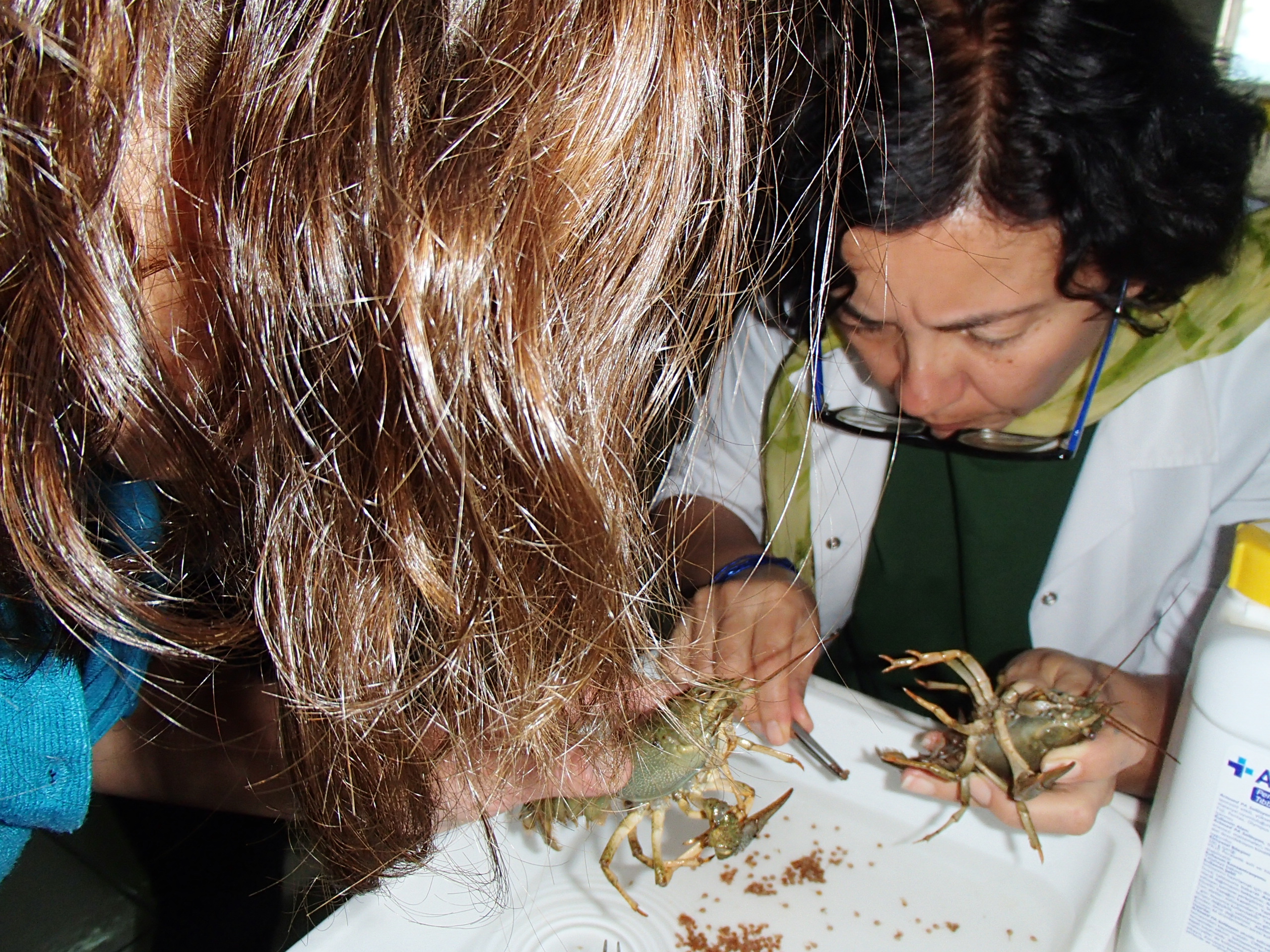
- Foto:
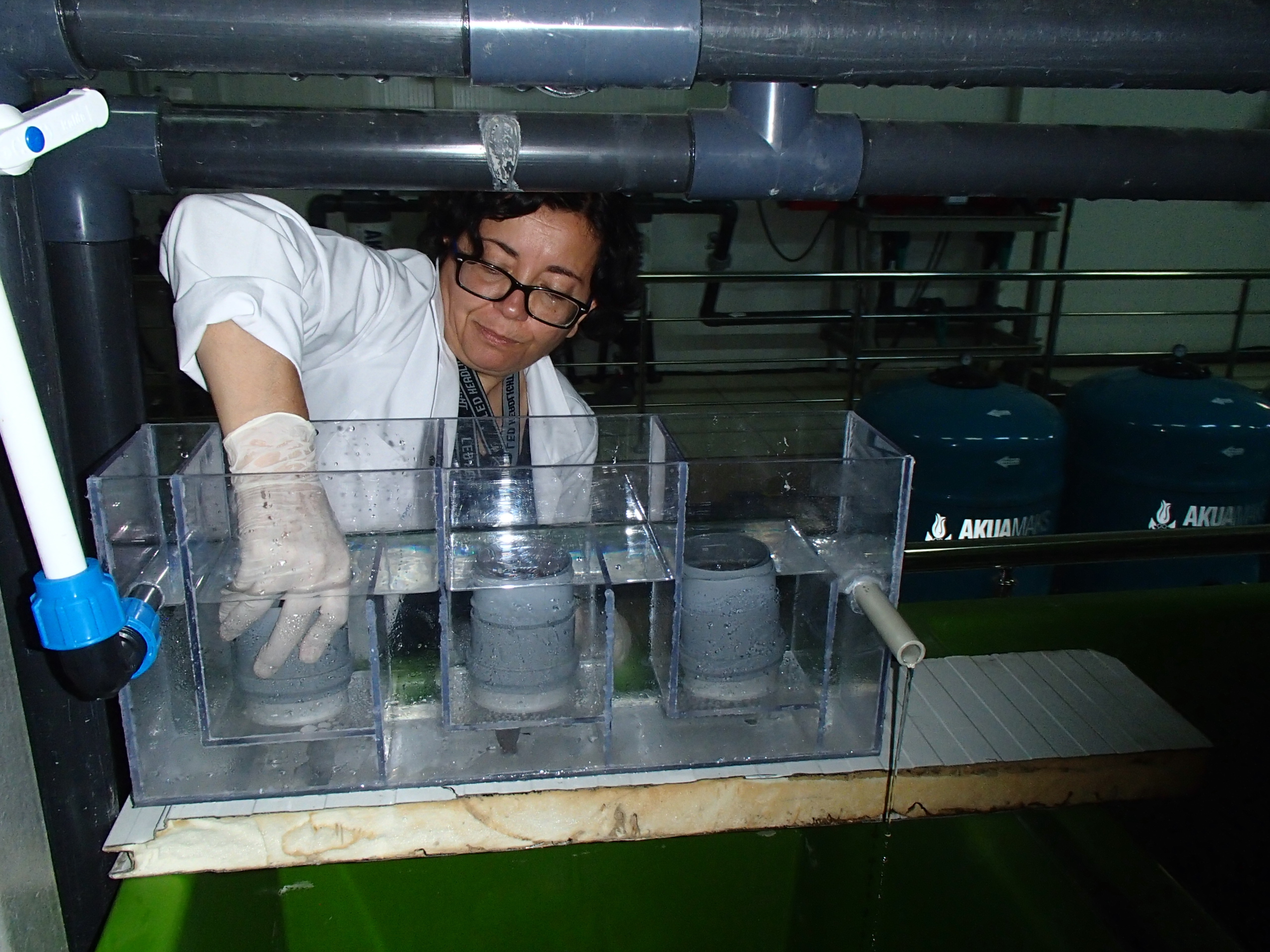
Within the long-term cooperation of the Faculty of Fisheries and Protection of Waters USB with Turkish colleagues in crayfish research and colleagues from Charles University in Prague, we developed a method of artificial incubation of crayfish eggs to reduce the transmission of crayfish plague from infected females to their offspring. In Turkey, the commercial harvesting of crayfish, namely the narrow-clawed crayfish, is a significant part of commercial aquaculture. They are mainly exported and represent an important source of income. These exports grew until the mid-1980s when the accidental introduction of the crayfish plague caused dramatic declines in crayfish populations. Although crayfish densities in some Turkish lakes have recovered to levels where fishing is economically viable, persistent chronic crayfish infections have not allowed full recovery of the local populations. Consequently, considerable financial resources have been invested in developing alternative methods of crayfish farming in closed aquaculture systems.
However, the development of these farms has been hampered by the high mortality rates of both wild-caught broodstocks and juveniles. This is caused by the onset of crayfish plague symptoms. We have focused on solving this problem. We have shown that the artificial incubation of separated eggs from females held in a flow-through system with plague-free water, in a possible combination of egg disinfection in formaldehyde or peracetic acid, reduces the transmission of infection from mothers to their offspring.
The utilization of this method has significant potential in commercial crayfish farms in regions with crayfish plague presence, potentially resulting in the disease transmission- via infected broodstocks or infected water. This is another particular success of the FFPW USB scientists in protecting native crayfish species and mitigating the negative impacts of the spread of non-native crayfish species and crayfish plague.
More detailed information can be found in the original article: Kozák, P., Erol, K.G., Uzunmehemtoglu, O.Y., Tangerman, M., Mojžišová, M., Özkök, R., Kouba, A., Cinar, S., Petrusek, A., 2023. Short-term artificial incubation before hatching limits vertical transmission of Aphanomyces astaci from chronically infected females of a host species susceptible to crayfish plague. Aquaculture 569: 739373. https://doi.org/10.1016/j.aquaculture.2023.739373
Written by: prof. Pavel Kozák
- Fotogalerie:
- Foto:
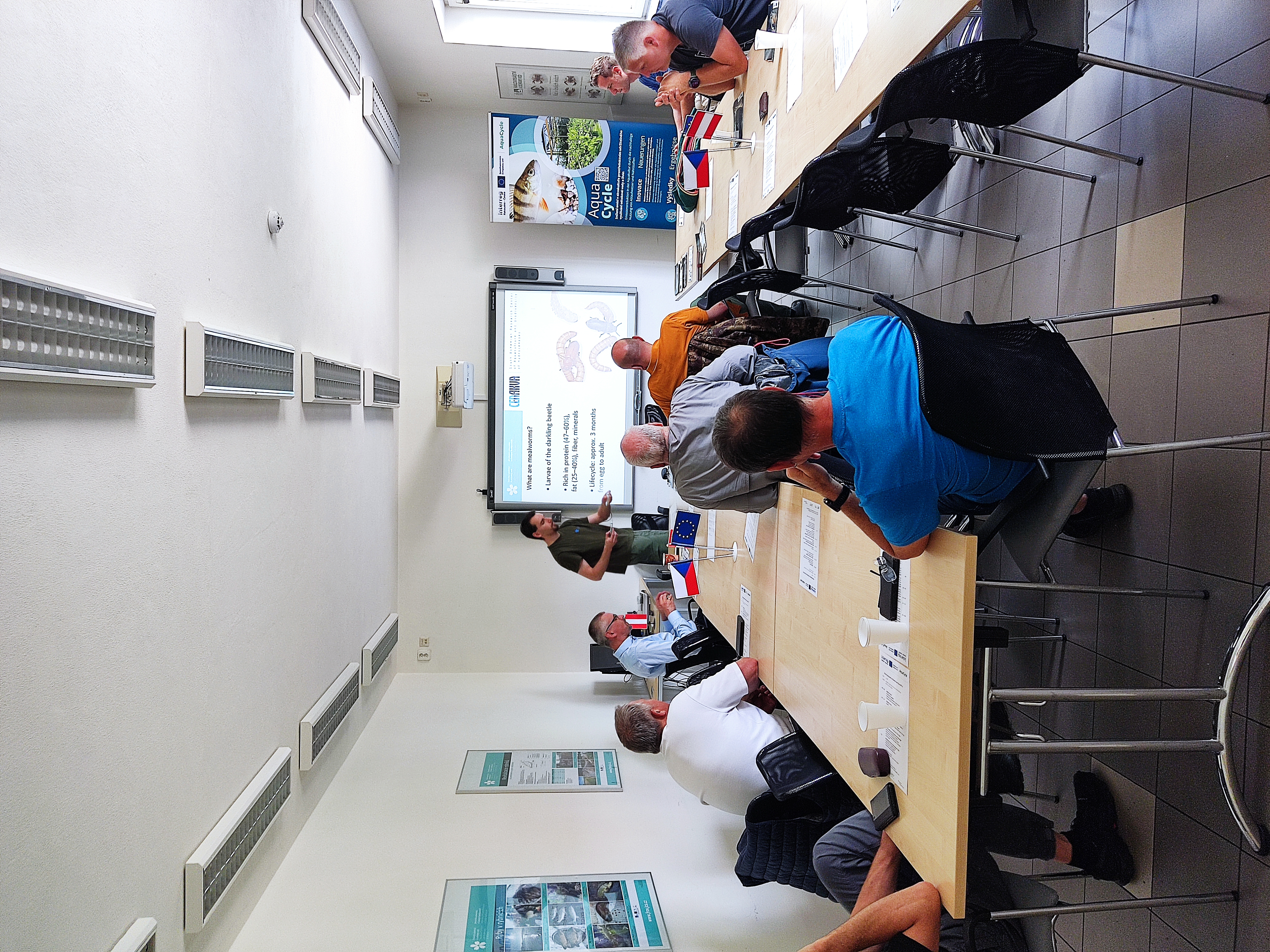
- Foto:
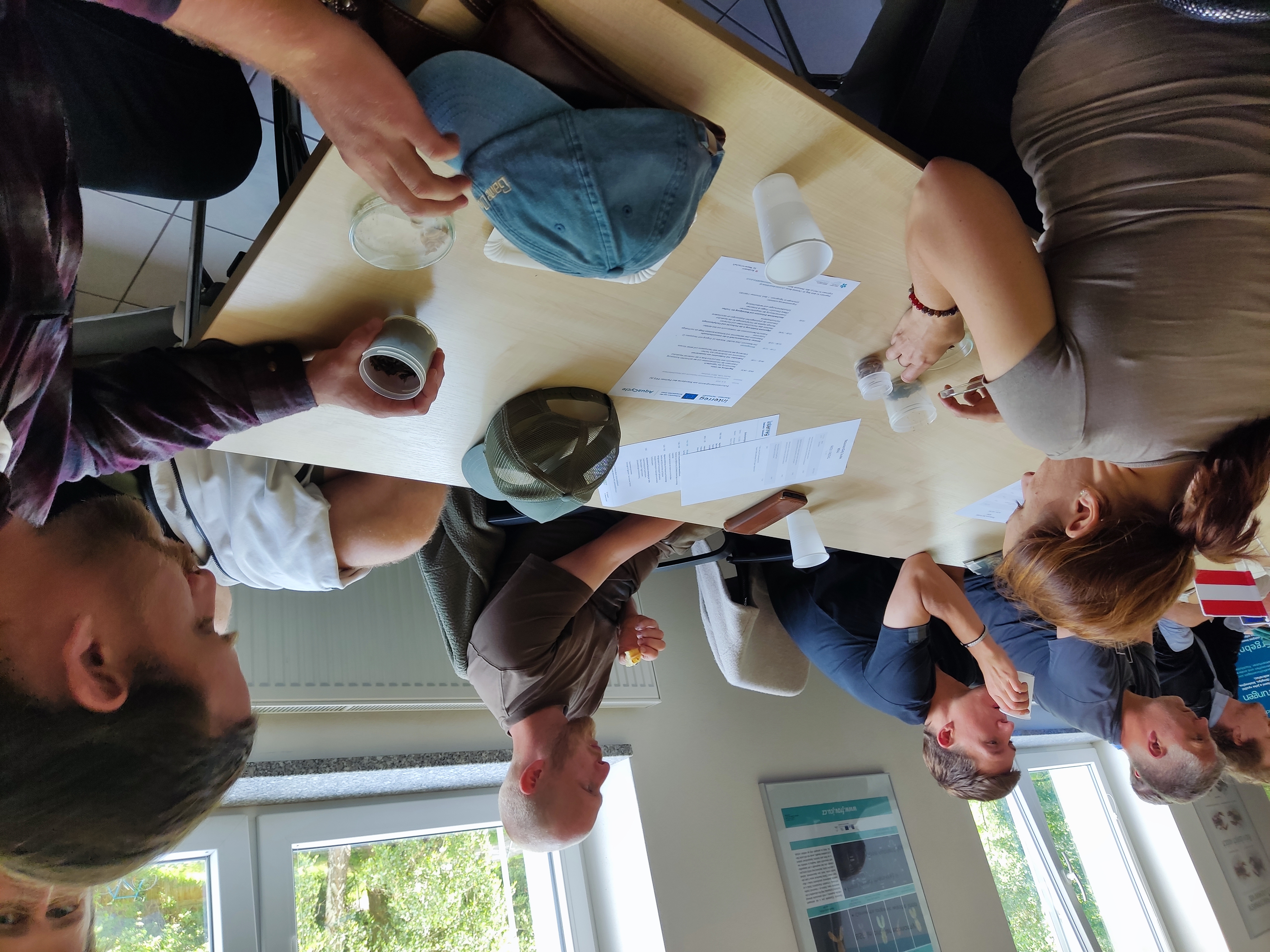
On Friday 6th June 2025, the Faculty of Fisheries and Protection of Waters of the University of Souht Bohemia in České Budějovice (FFPW USB) welcomed experts from the Federal Agency for Water Management In Austrian. The visit took place as part of the international AquaCycle project (INTERREG VI-A Austria – Czech Republic 2021–2027), which focuses on sustainable water and nutrient management in modern aquaculture systems.
The programme took place at the Experimental Fish Culture Facility, where participants attended a series of lectures delivered by experts in the field and went on a guided tour of the facility. The introductory part focused on recirculating aquaculture systems (RAS), a key technology for environmentally friendly fish production.
Particular attention was given to the presentation of a hybrid model connecting RAS with a traditional pond. This innovative approach enables the more efficient use of nutrients, reduces the ecological burden, and supports the integrated production of other aquatic organisms at the same time.
Another interesting topic was the use of edible insects, specifically black soldier fly larvea (Hermetia illucens and mealworm (Tenebrio molitor), as a sustainable source of protein for aquaculture feed. The lectures covered the technology of breeding these insects, the relevant legislation, and how they can be included in closed production cycles.
The meeting provided a valuable opportunity for Czech and Austrian experts to share their experiences. Discussions covered not only technologies and biology, but also the challenges posed by climate change, energy efficiency, and the principles of the circular economy.
The FFPW USB thus once again confirmed its position as a centre of excellence in the research and development of sustainable aquaculture systems. International cooperation within projects such as AquaCycle helps connect scientific institutions across Europe and find innovative solutions for the future.
This activity was also made possible thanks to the financial support of ČSOB, Plc., which has long supported research focused on the sustainability of fisheries and the protection of nature, landscapes, and aquatic ecosystems in cooperation with the FFPW USB.
Author: MSc. Tomáš Pěnka
- Fotogalerie:
- Foto:
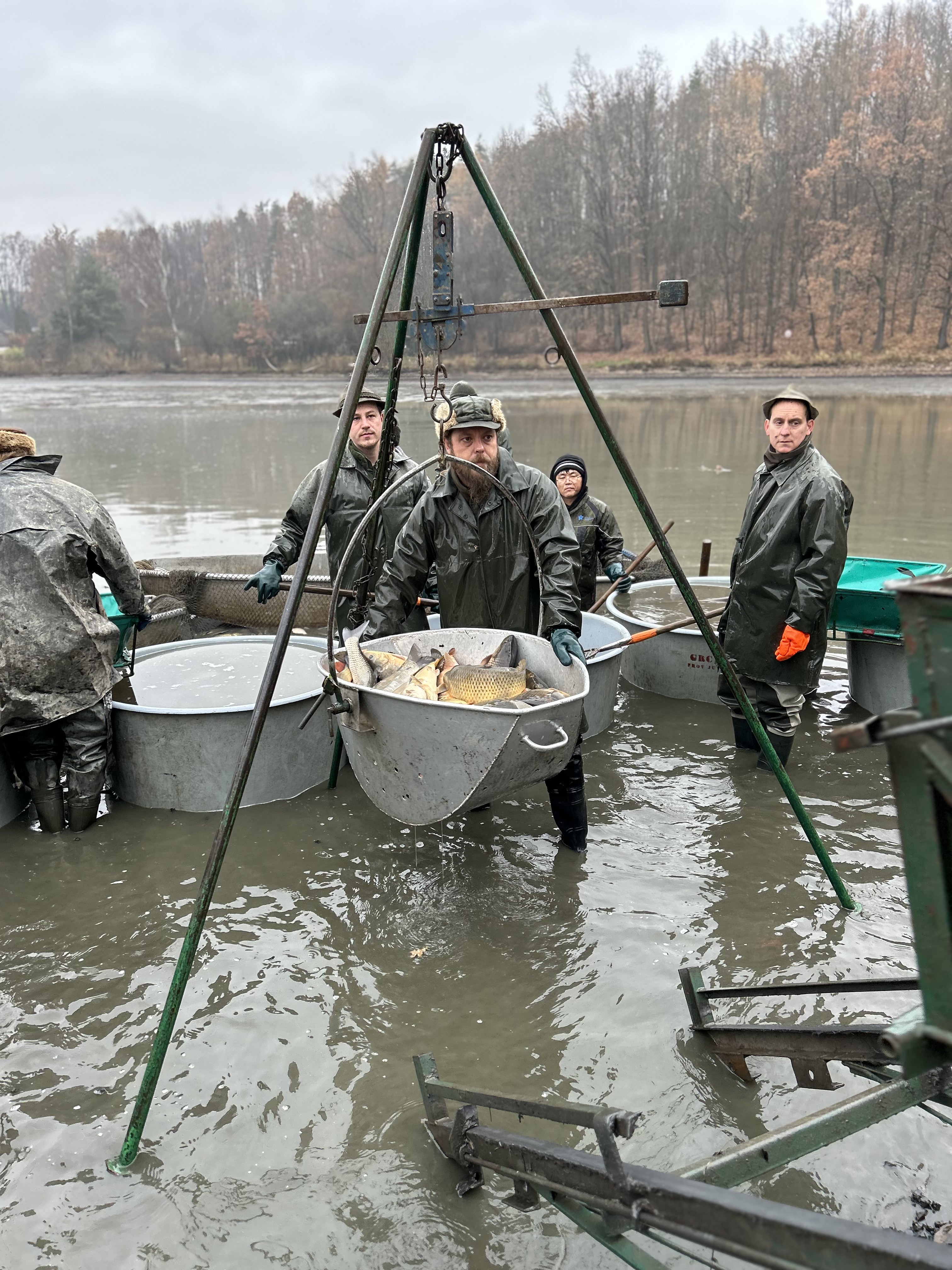
- Foto:
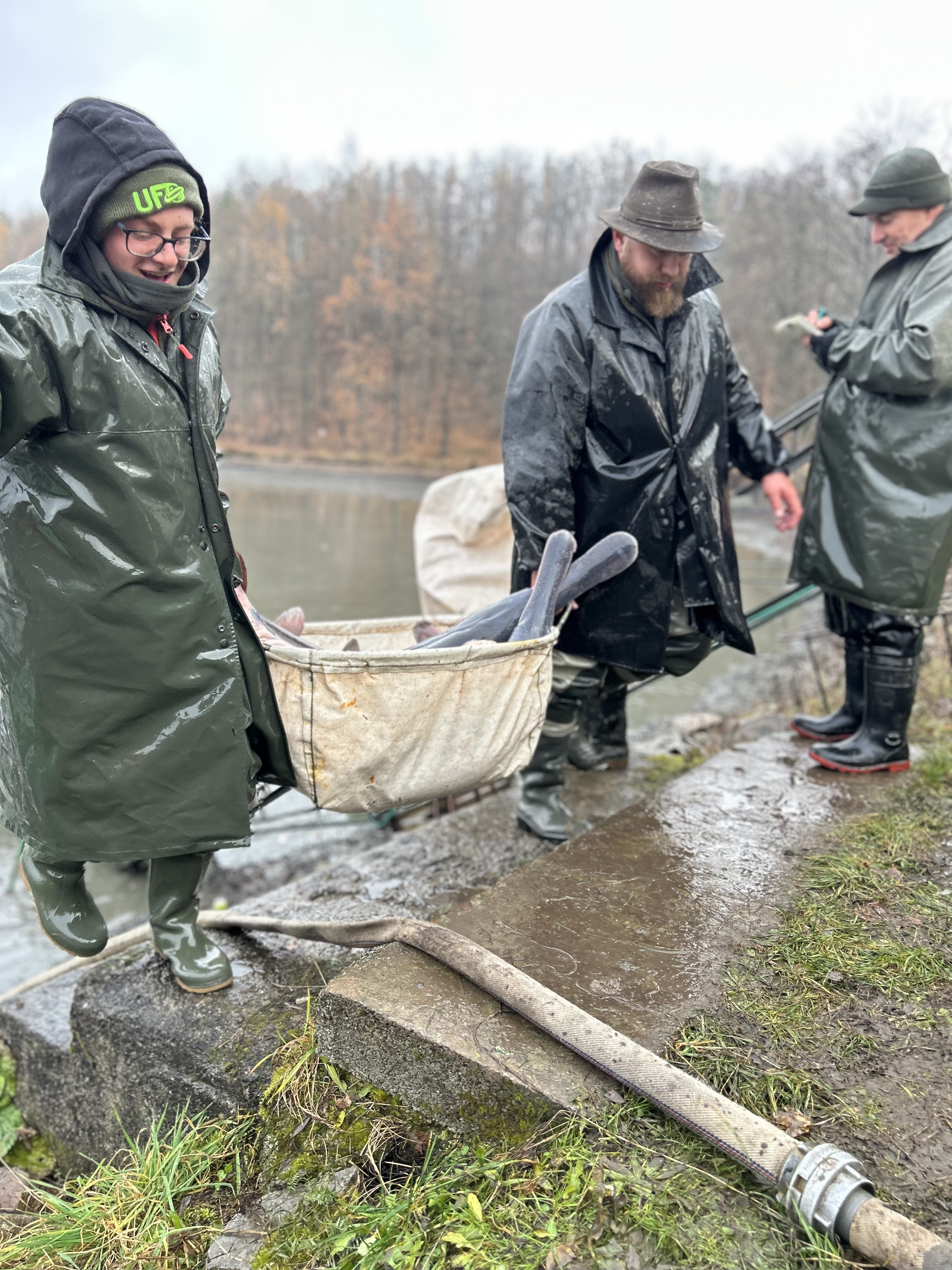
The series of autumn catches at the Faculty of Fisheries and Protection of Waters USB ended with the catch of the Pond Velká Okrouhlice on 3rd December 2024.
The main catch was a selection of carp, common carp and bighead carp intended for this year's market. The carp and grass carp at hatchery weight will be used for the planned stocking of broodstock next year.
Predatory fish were stocked with zander, pike and catfish. In addition to the "common" fish species, our PhD students who participate in the catches as part of their practicum and visitors to the catches saw part of a stock of generational American paddlefish. This cartilaginous fish, related to sturgeon, is native to the Mississippi River basin and is kept by our faculty for the research activities of colleagues in our laboratories.
This year's production season at the faculty has been successful and without the breeding adversity of significant water shortages in ponds to supplement losses through evaporation or, conversely, the threat of flood conditions that have affected some of the ponding areas of our country.
Thank you for your support of our faculty and best regards "Petrův zdar."
- Fotogalerie:
- Foto:
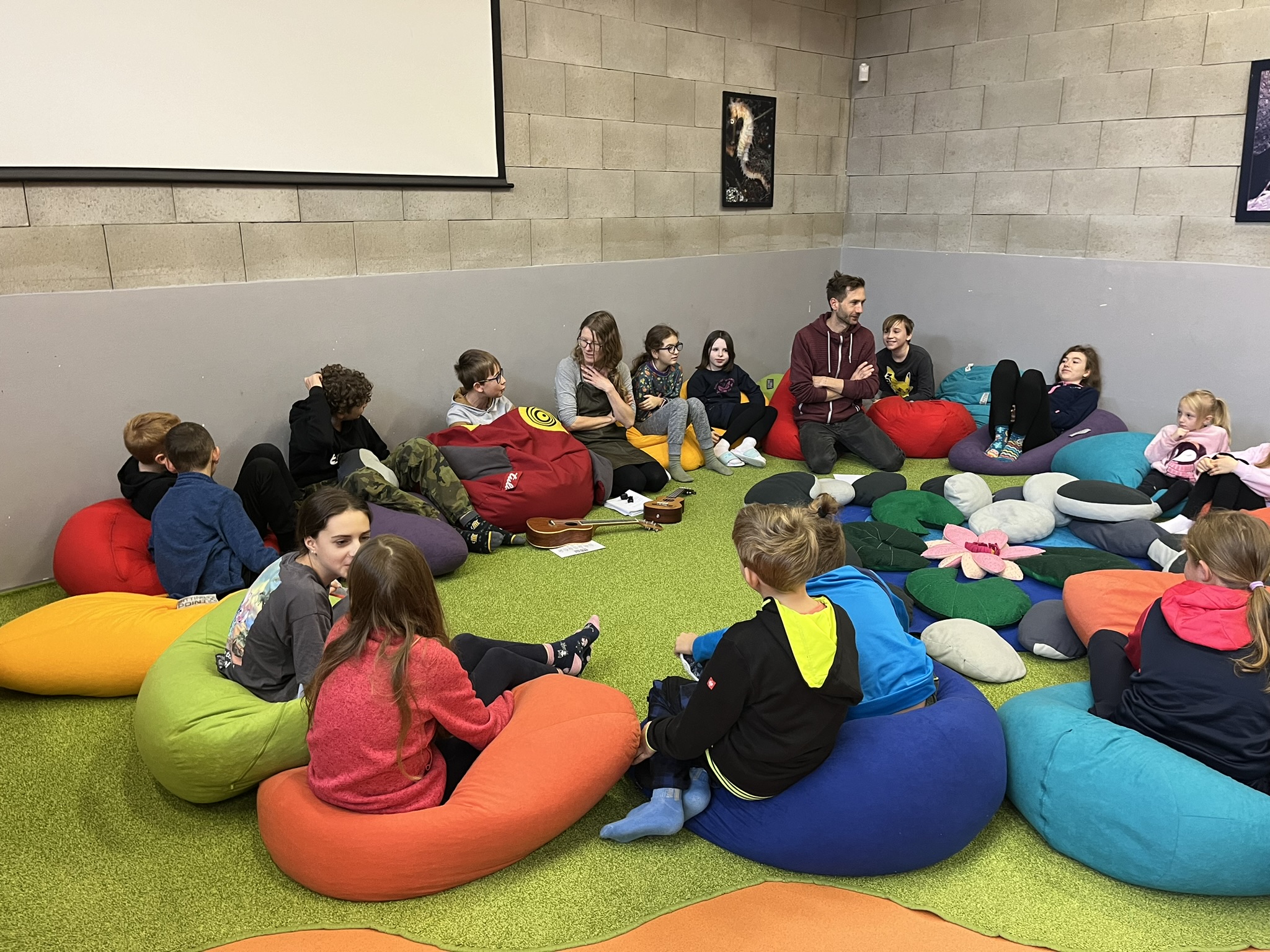
- Foto:
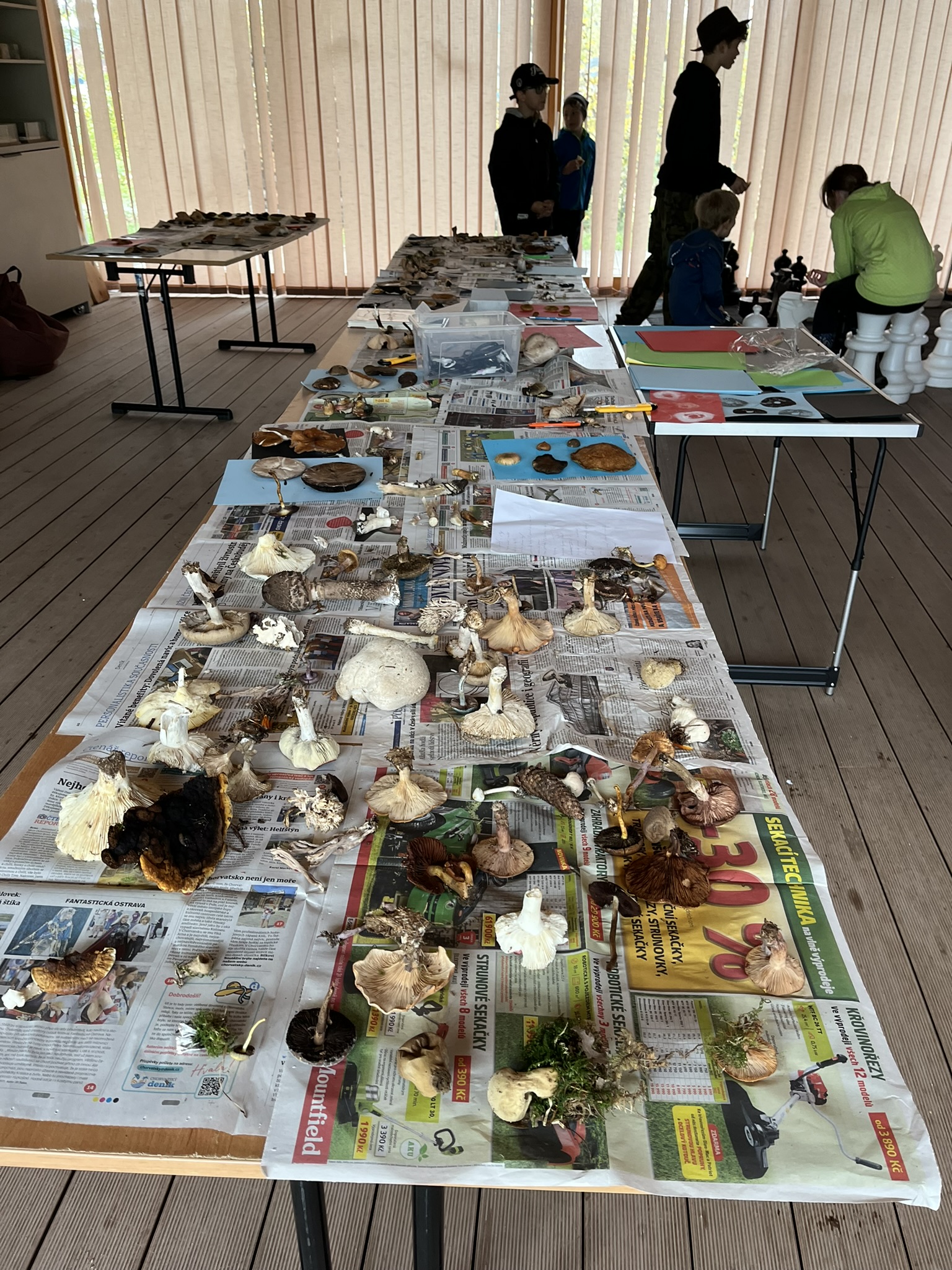
- Foto:
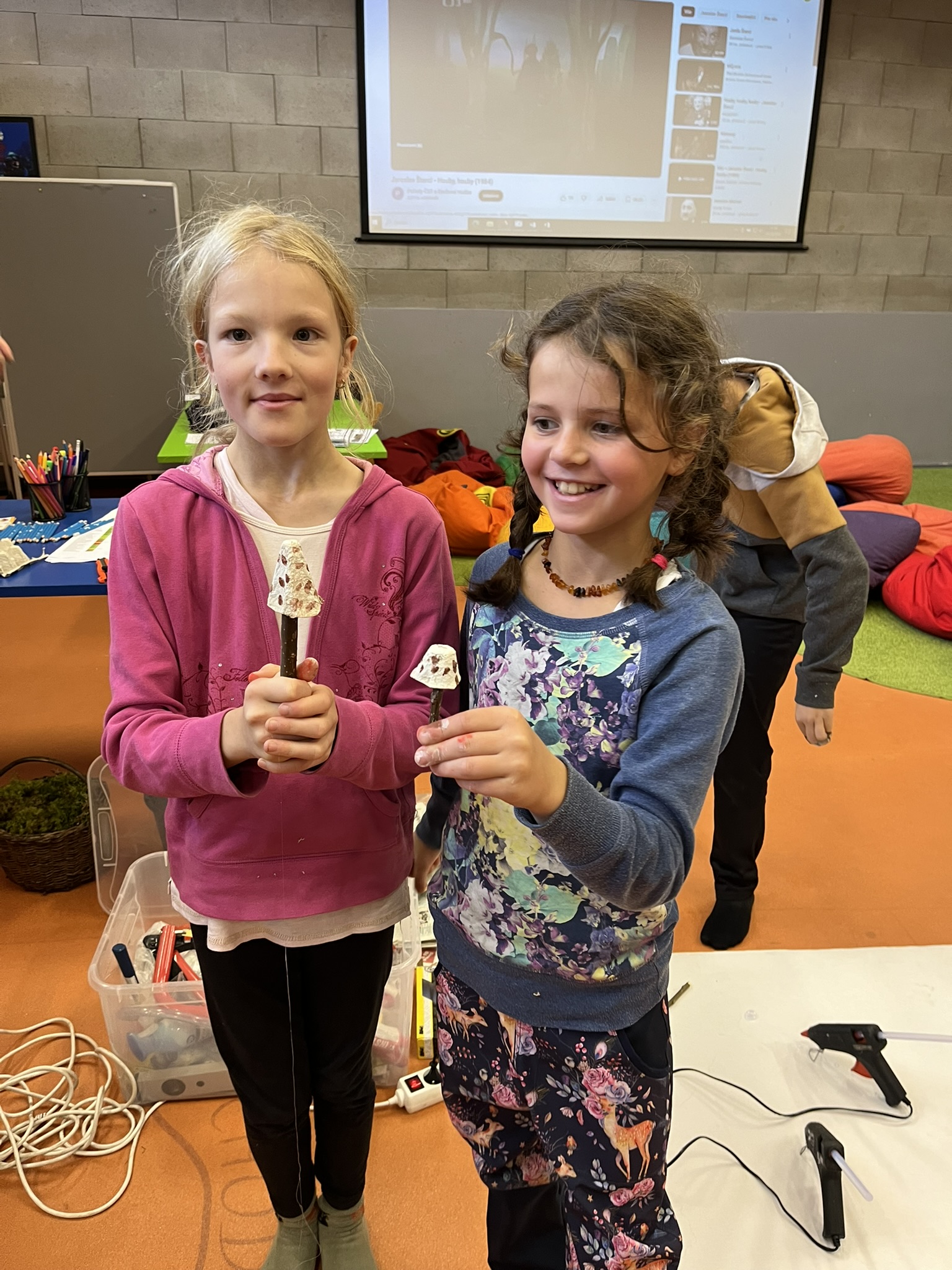
- Foto:
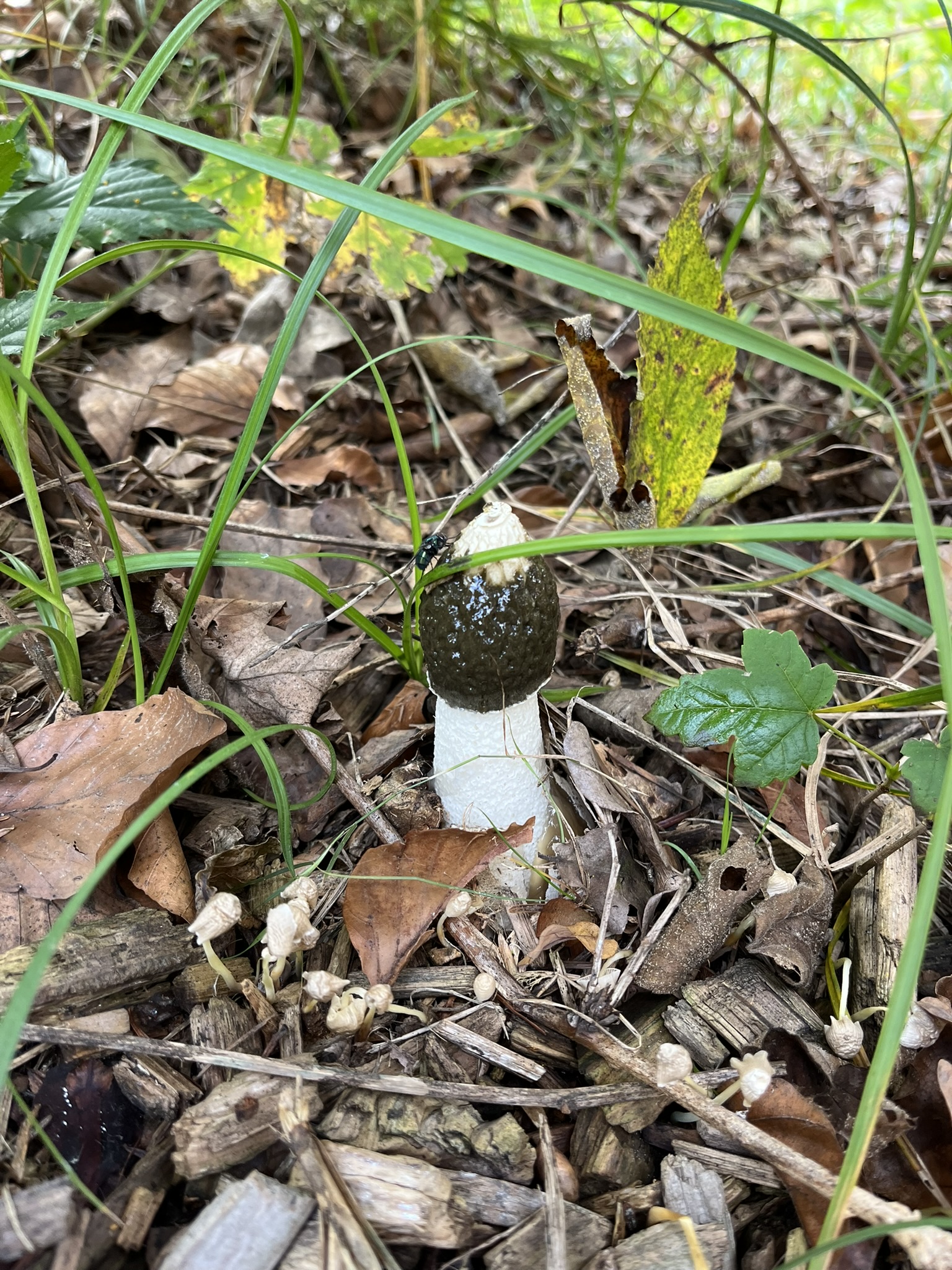
- Foto:
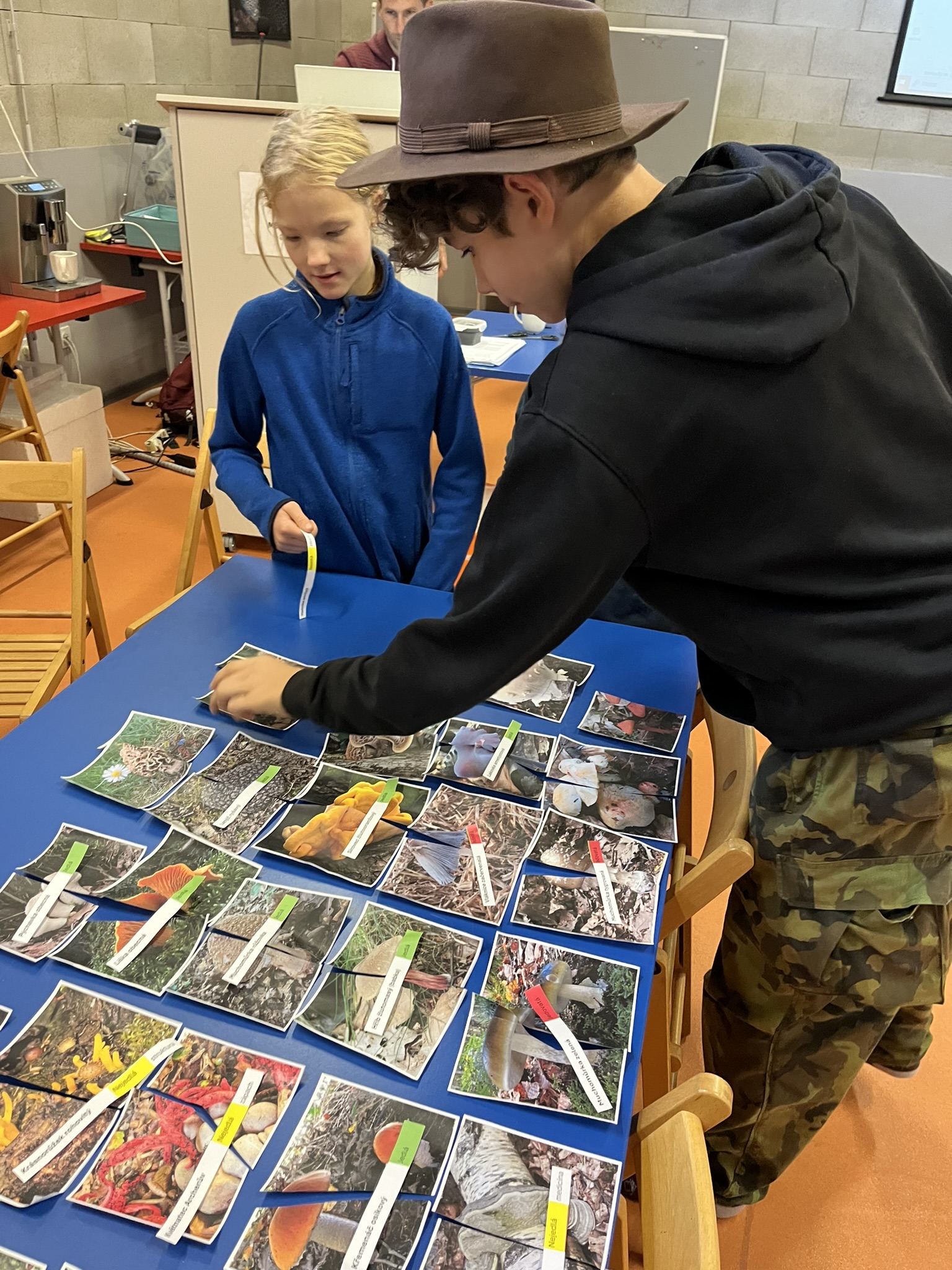
- Foto:
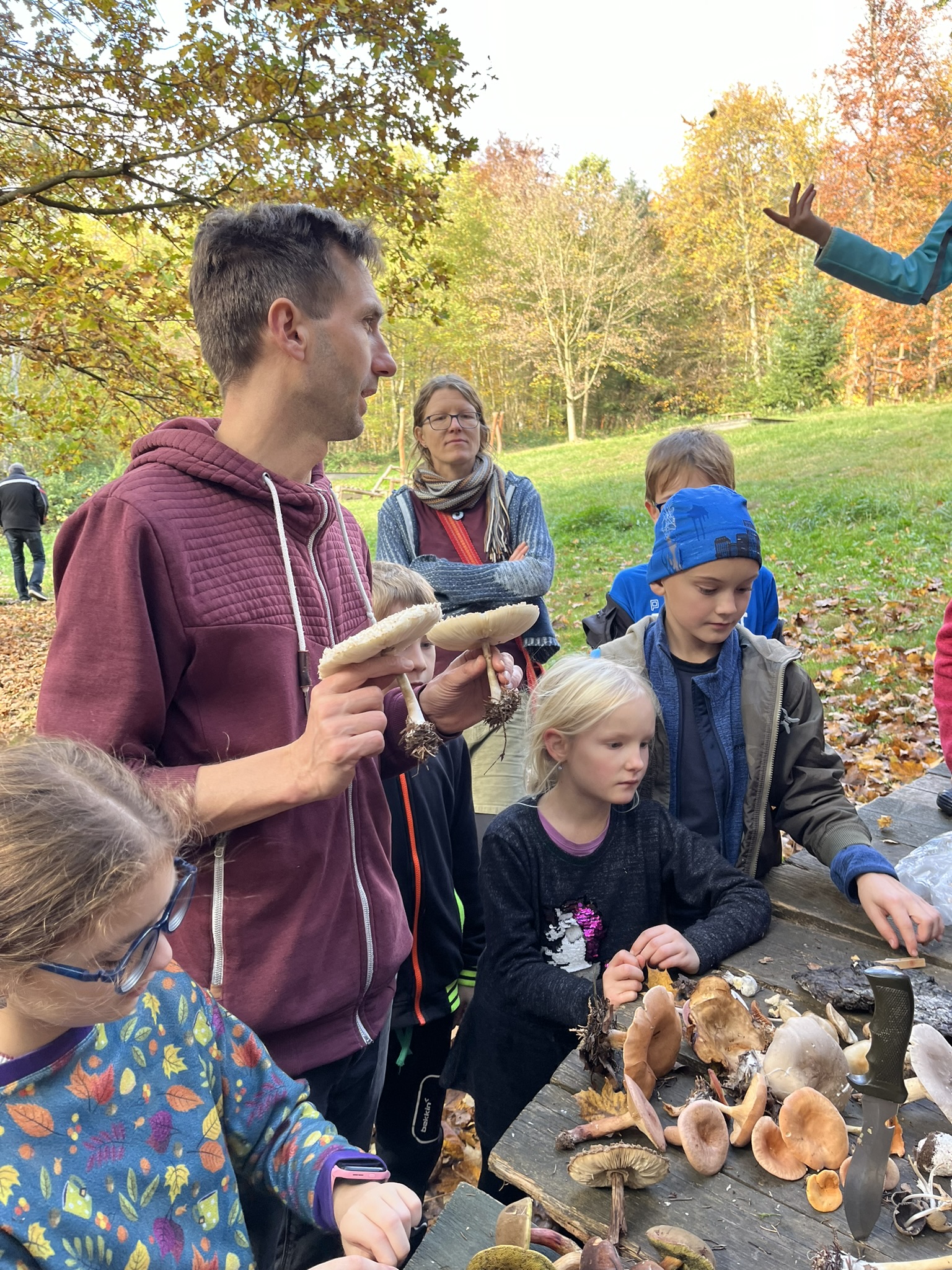
- Foto:
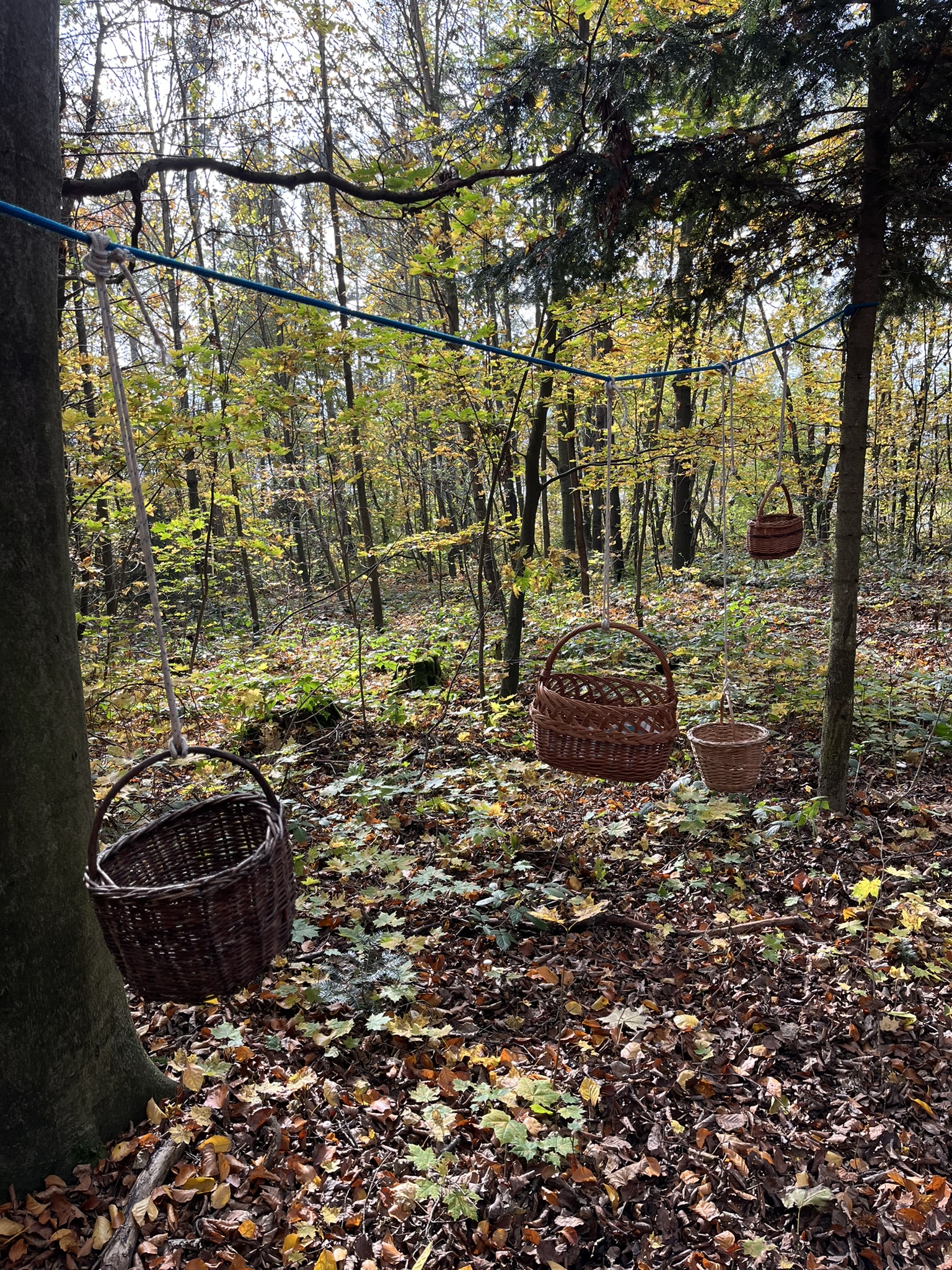
- Foto:
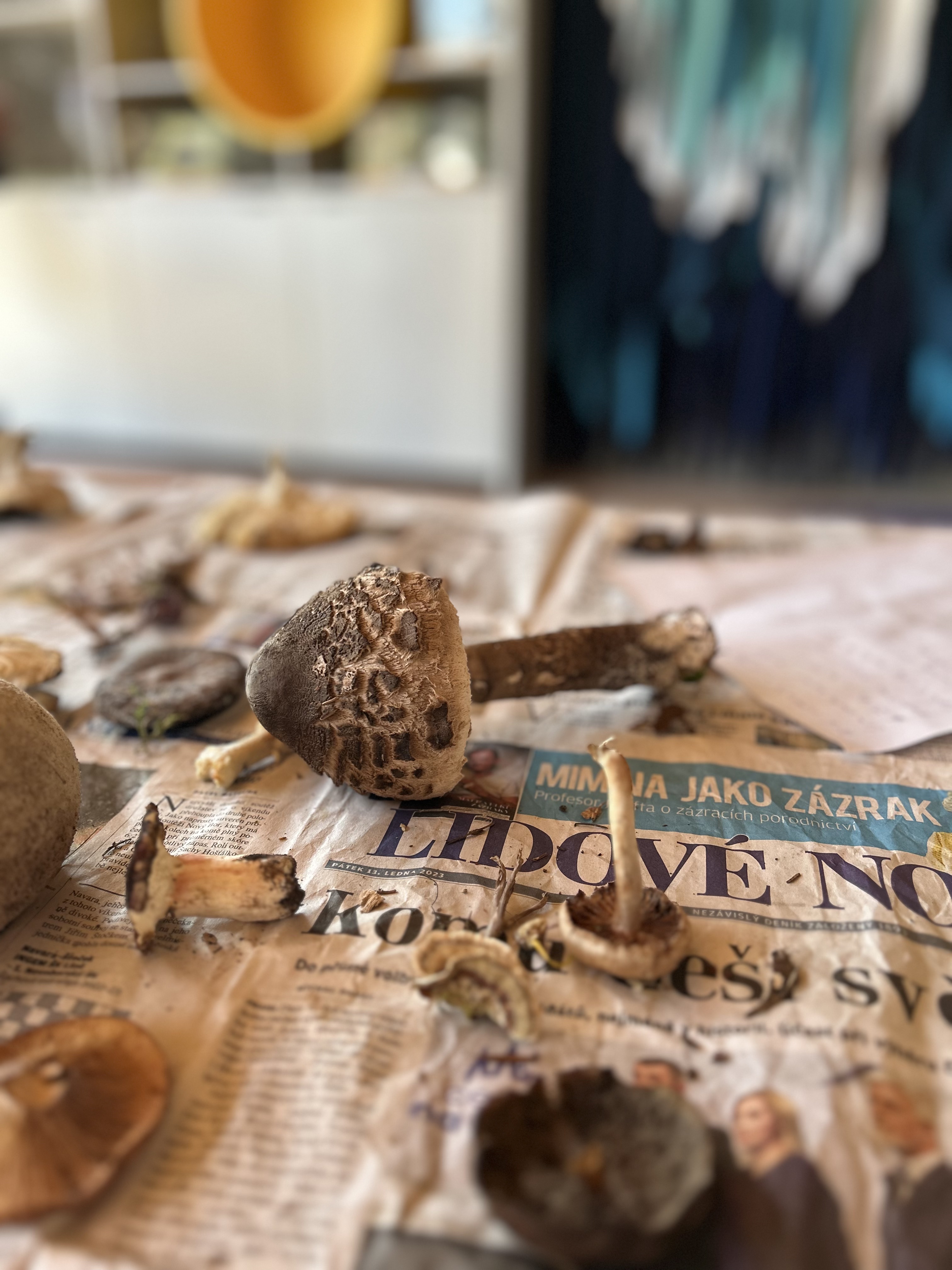
- Foto:
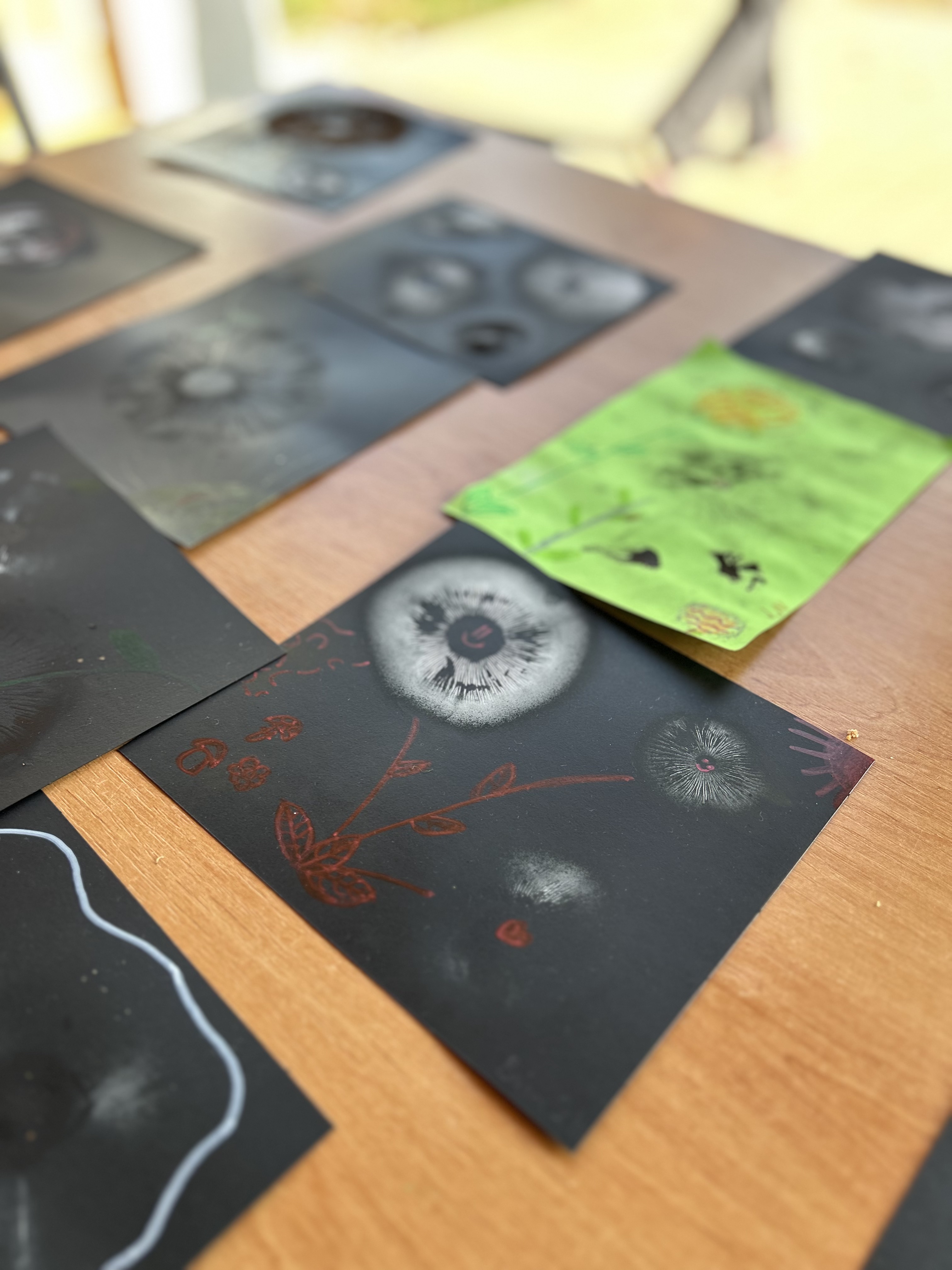
- Foto:
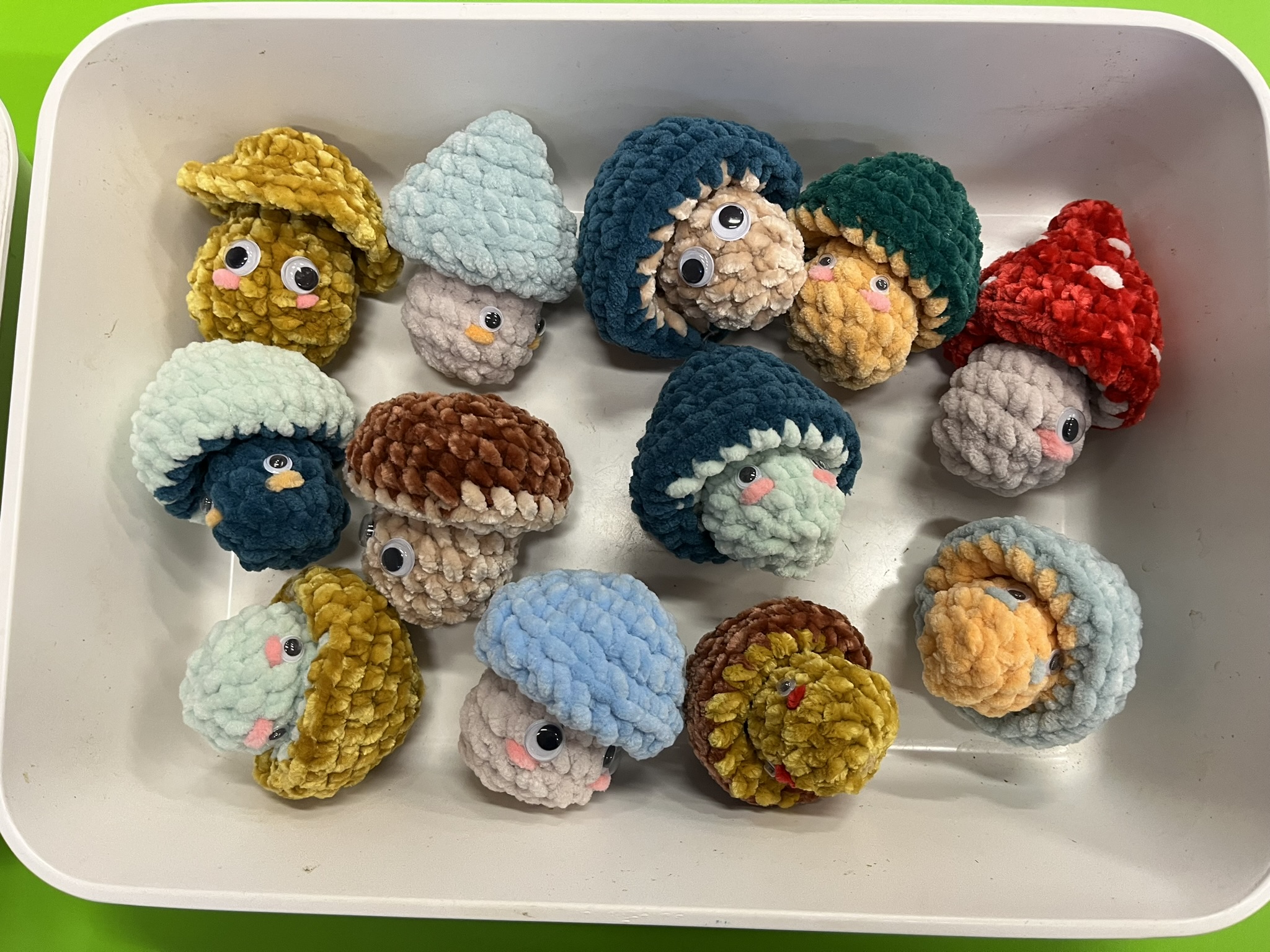
The Faculty of Fisheries and Protection of Waters USB has prepared another in a series of educational programmes for children's students, this time focusing on the topic "Fungi we know." Before our juniors became real mycologists, they had to collect stickers for the "mushroom pupils" from different fungi on their journey of discovery. In addition to basic identification and classification of mushrooms, into edible and inedible, the children learned what parts mushrooms are made up of and what these parts are called. From the mycological vocabulary, we included the mysterious mycelium, mycorrhiza, or forest internet, and information about the zombie fungus, which controls the behavior of ants of the genus Camponotus. Like good researchers, we examined fungi and moulds in detail and under the microscope. We also included art activities, with children creating pictures from spore impressions or their own mushroomarium. Among the outdoor activities we can mention forest basketball, magic with mushrooms or truffle hunting. Our Fall Children's University was successfully completed by 22 graduates who took home certificates, crocheted pop-it mushrooms and toasted with real homemade kombucha.
- Fotogalerie:
- Foto:
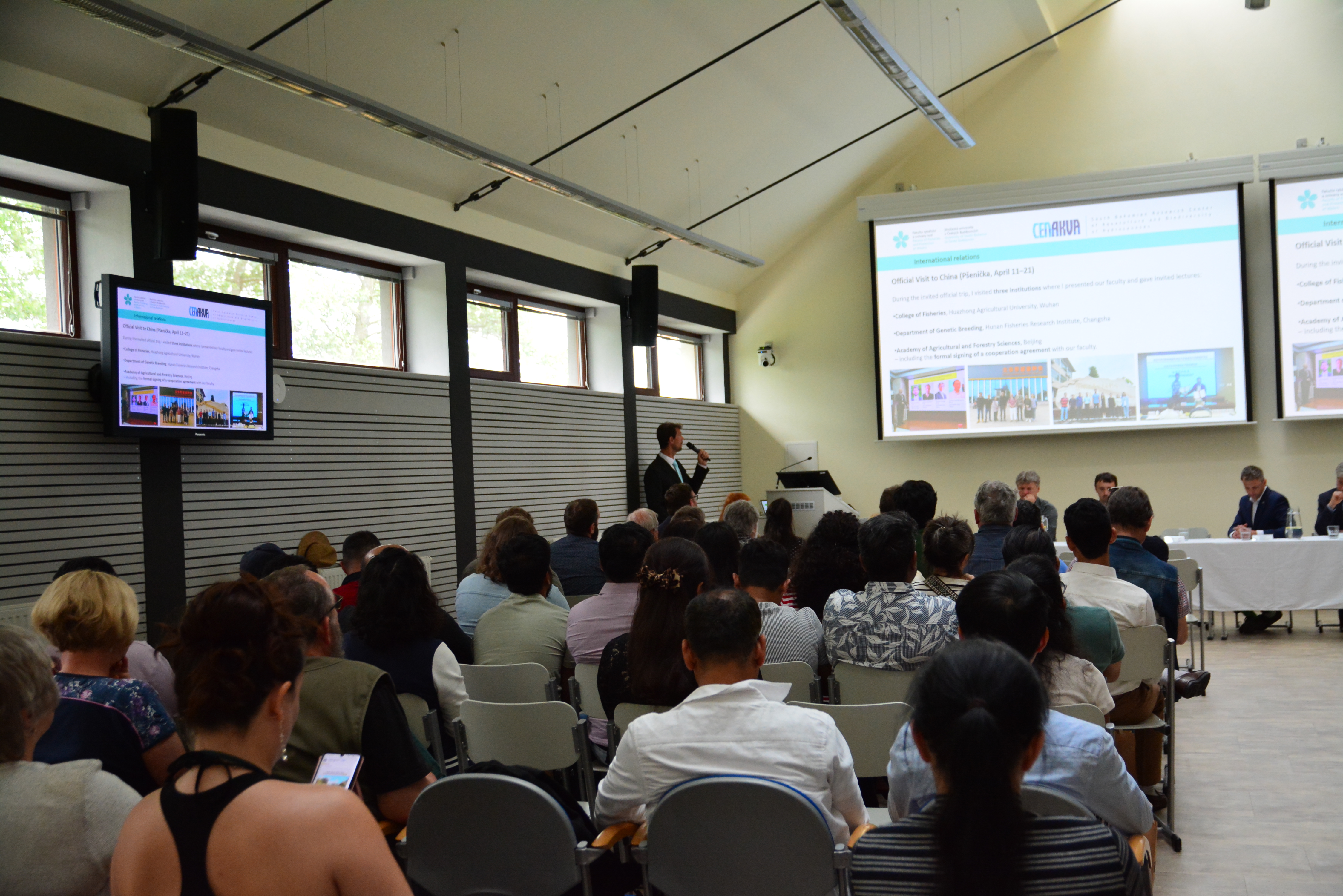
- Foto:
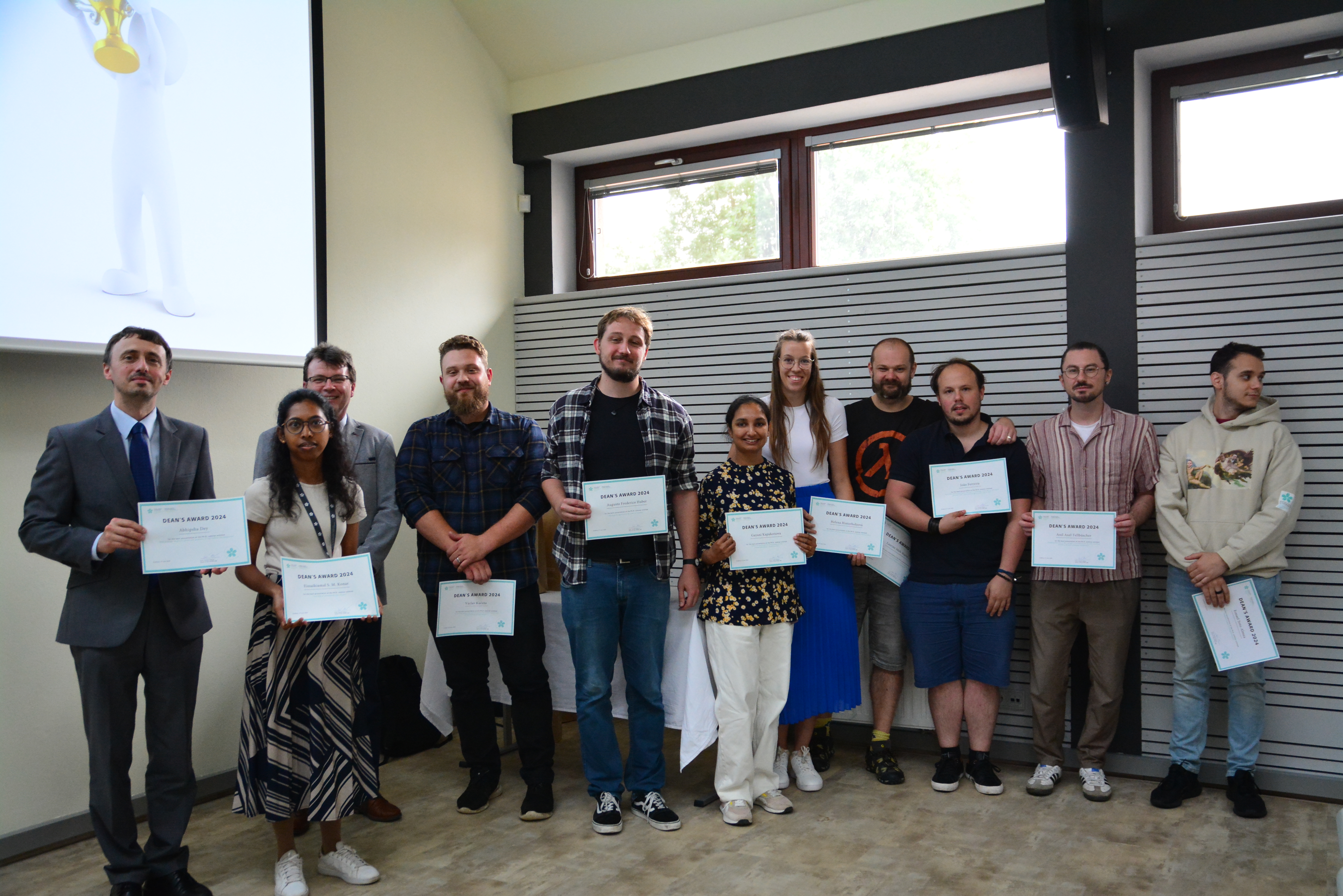
- Foto:

- Foto:
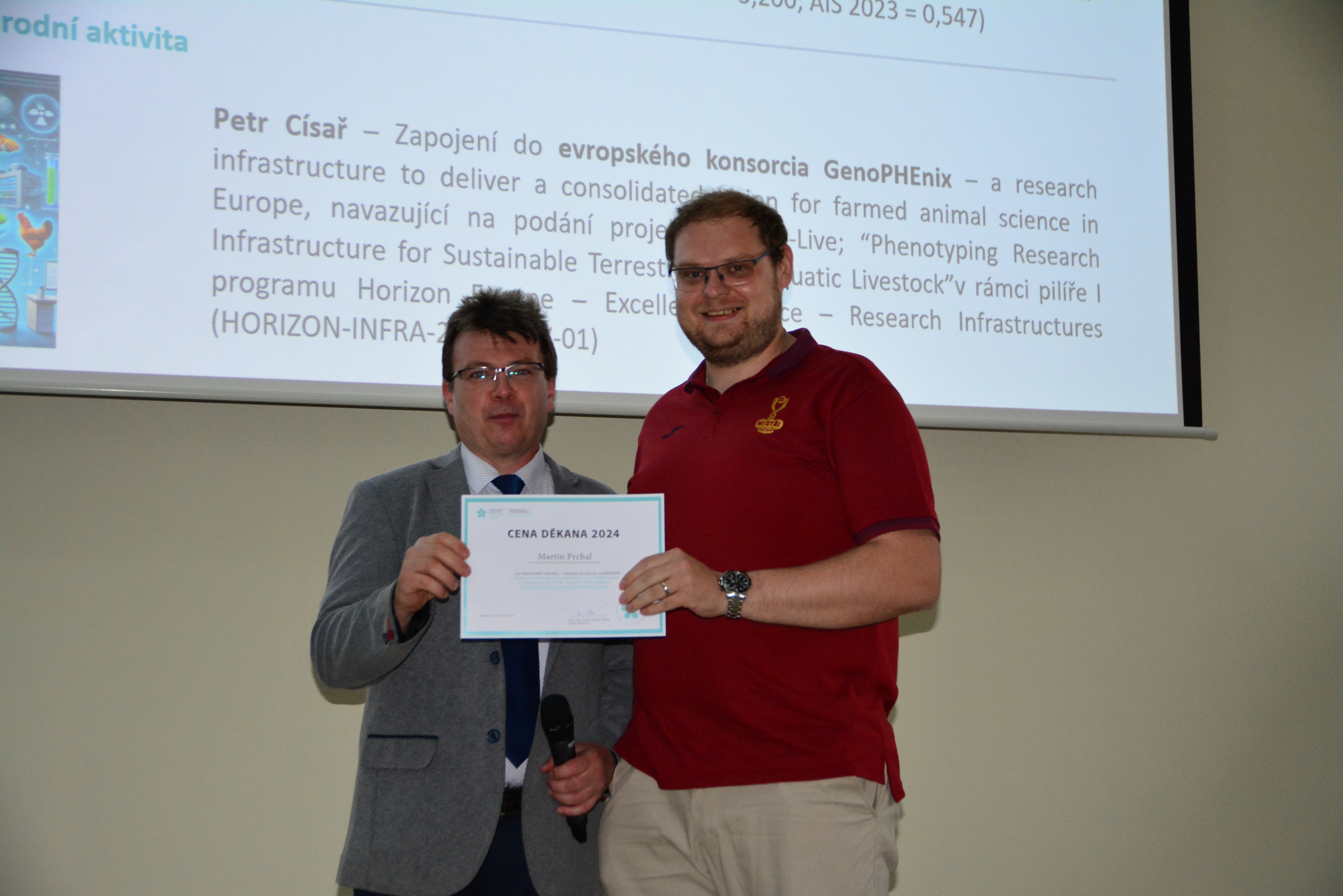
- Foto:
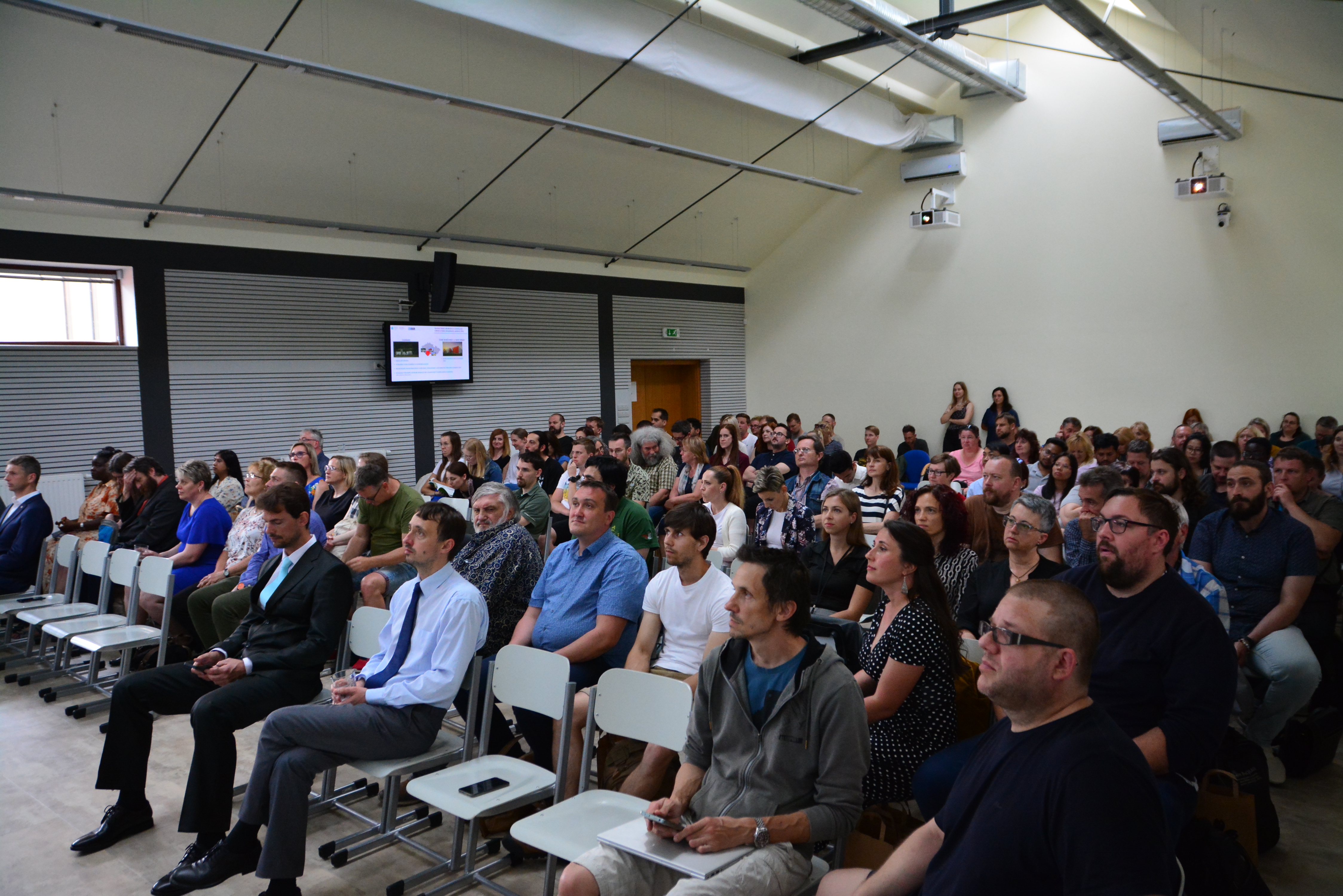
- Foto:
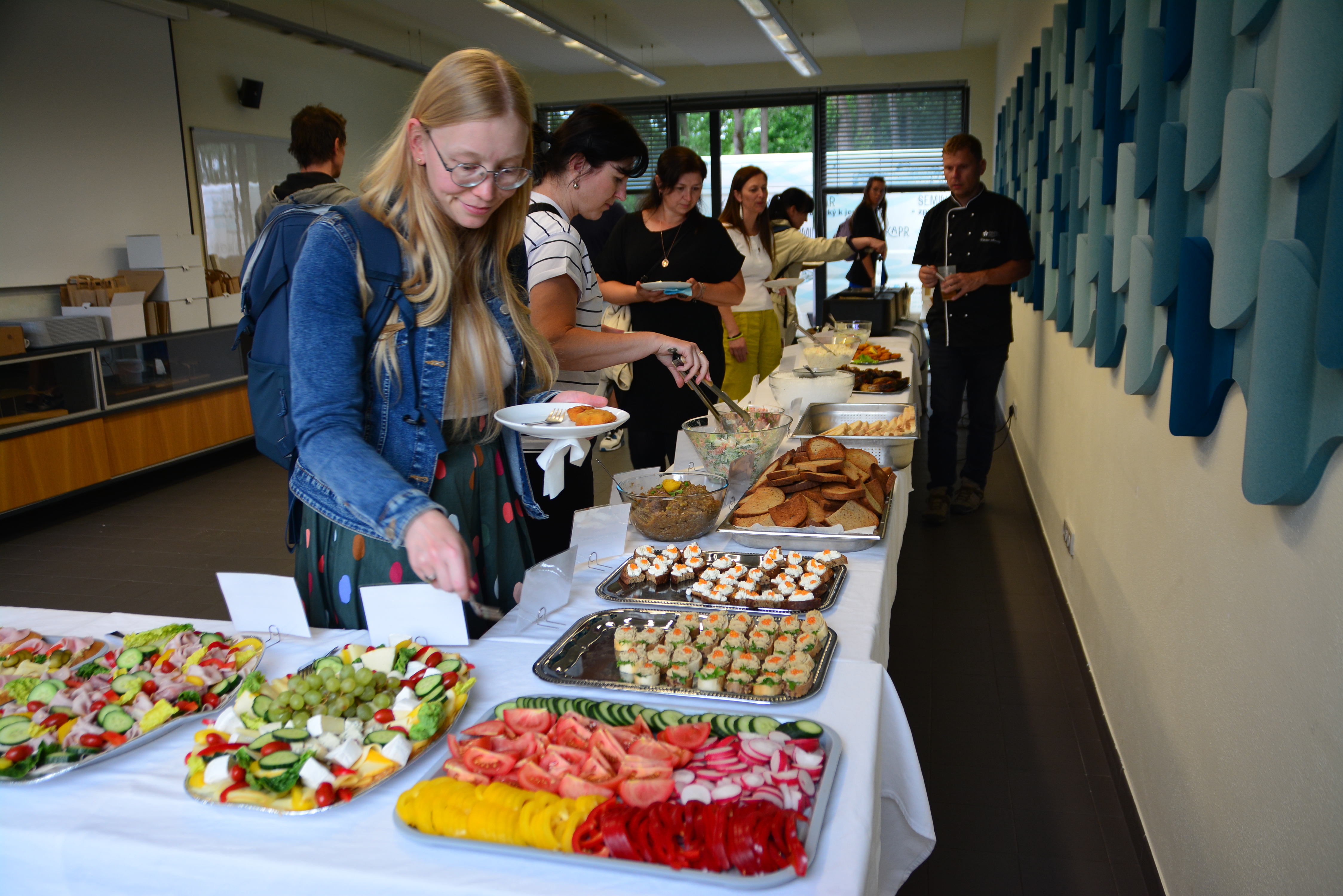
On Thursday, June 5, 2025, the following students were awarded prizes for the best presentation at Ph.D. seminars during the Meeting of Academic and Scientific Staff and Ph.D. Students of the FFPW USB:
- Joao Ferreira with the title of his paper ‘Heritable and nonheritable changes in offspring produced via surrogate parents from cryopreserved germ stem cells in fish’
- Laurine Mule Mueni with the title of the paper ‘Sperm motility of freshwater species - sterlet, common carp and rainbow trout in viscous environments’
- Abhipsha Dey with the title of the paper ‘DNA damage response genes and proteins in fish embryo development’
- Anil Axel Tellbüscher with the title of the paper "Feeding the fish or the system? Considerations for fish nutrition within a circular economy framework"
- Eissaikiamal S. M. Konar with the title of the paper "The fate of unfertilized fish oocytes
- Helena Hinterholzová with the title of the paper ‘Fate and effects on polar micropollutants in aquatic environment’
- Gayani Kapukotuwa with the title of the paper ‘Effect of psychoactive compounds on the neurotransmission system of fish’
- Václav Kučera with the title of the paper ‘Enhancing pikeperch culture using new technological and biotechnological approaches’
- Augusto Frederico Huber with the title of the paper ‘Ecological significance of claws in crayfish’
- Ismael Soto Almea with the title of the paper ‘Long - term trends of biological invasion’
This meeting was followed by the All-Faculty Meeting of the FFPW USB, where not only the jubilees were awarded, but also the Dean's awards for extraordinary activities were given to the following employees:
- Highest publication activity - Haubrock Phillip
- Best Publication of the Year - Edens, B.M., Štundl, J., Urrutia, H.A., Bronner, M.E., 2024. Neural crest origin of sympathetic neurons at the dawn of vertebrates. Nature 629: 121-126.
- Best publications by an author under 35 in 2024 - Roy, D.R., Roy, K., Panserat, S., Stejskal, V., Mráz, J. and Turchini, G.M., 2024. Long chain polyunsaturated fatty acid (LC-PUFA) composition of fish sperm: nexus of dietary, evolutionary, and biomechanical drivers. Progress in Lipid Research, p.101305.
- Best publication by an author under 35 years of age in 2024 - Janko, K., Eisner, J., Cigler, P., Tichopád, T., 2024. A unifying framework explaining how parental regulatory divergence can drive gene expression 1n hybrids and allopolyploids. Nature Communications 15: 8714.
- Best student publication in 2024 - Soto, I., Balzani, P., Carneiro, L., Cuthbert, R.N., Macedo, R., Tarkan, A.S., Ahmed, D.A., Bang, A., Bacela-Spychalska, K., Bailey, S.A., Baudry, T., Ballesteros-Majia, L., Bortolus, A., Briski, E., Britton, J.R., Buric, M., Comacho-Cervantes, M., Cano-Barbacil, C., Copilas-Ciocianu, D., Couhglan, N.E., Courtois, P., Csabai, Z., Dalu, T., De Santis, V., Dickey, J.W.E., Dimarco, R.D., Falk-Andersson, J., Fernandez, R.D., Florencio, M., Franco, A.C.S., García-Berthou, E., Giannetto, D., Glavendekic, M.M., Grabowski, M., Heringer, G., Herrera, I., Huang, W., Kamelamela, K.L., Kirichenko, N.I., Kouba, A., Kourantidou, M., Kurtul, I., Laufer, G., Lipták, B., Liu, C., López-López, E., Lozano, V., Mammola, S., Marchini, A., Meshkova, V., Milardi, M., Musolin, D.L., Nunez, M.A., Oficialdegui, F.J., Patoka, J., Pattison, Z., Pincheira-Donoso, D., Piria, M., Probert, A.F., Rasmussen, J.J., Renault, D., Ribeiro, F., Rilov, G., Robinson, T.B., Sanchez, A.E., Schwindt, E., South, J., Stoett, P., Verreycken, H., Vilizzi, L., Wang, Y.J., Watari, Y., Wehi, P.M., Weiperth, A., Wiberg-Larsen, P., Yapici, S., Yogurtcuoglu, B., Zenni, R.D., Galil, B.S., Dick, J.T.A., Russell, J.C., Ricciardi, A., Simberloff, D., Bradshaw, C.J.A., Haubrock, P.J., 2024. taming the terminological tempest in invasion science. Biological Reviews 99: 1357-1390.
- Best application result - Turek J., Avramović, M., Bořík, A., Lepič, P., Randák, T., 2024. Use of alizarin red (ARS) in mass marking of juvenile salmonids
- Significant international activity - Císař Petr, involved in the European GenoPHEnix consortium following the submission of the Pheno-Live project under Pillar I of the Horizon Europe Excellent Science - Research Infrastructures programme (HORIZON-IN FRA-2024-DEV-01)
- Best Positive Visibility - Prchal Martin, 1st prize in the Minister of Agriculture's Young Scientists Competition 2024 - Award for outstanding research resultsand experimental development
Congratulations to all the winners.
Akademie fyzikálních a matematických věd Národní společnosti věd, literatury a umění v Neapoli udělila cenu pro mladé vědce "Umberto Pierantoni" 2024 našemu kolegovi Paridu Balzani, z Laboratoře sladkovodních ekosystémů, za výzkum v oblasti "Biodiverzita, ochrana, obnova přírodních ekosystémů a mikrobiom. K úspěchu gratulujeme!
The Academy of Physical and Mathematical Sciences of the National Society of Sciences, Letters and Arts in Naples awarded the "Umberto Pierantoni" 2024 Young Scientist Award to our colleague Paride Balzani, from the Laboratory of Freshwater Ecosystems, for his research in the field of "Biodiversity, conservation, restoration of natural ecosystems and microbiome. Congratulations on his success!
A one-off exceptional scholarship will be awarded to the best presenting students of the PhD seminars in the academic year 2024/2025, who are:
Seminar RP4, 4th February 2025:
- M.Sc. Augusto Frederico Huber
- M.Sc. Ismael Soto Almena
Seminar RP2, 6th February 2025:
- M.Sc. M. Phil. Gayani Kapukotuwa
- Ing. Helena Hinterholzová
Seminar RP3, 11th February 2025:
- Ing. Václav Kučera
- M.Sc. Anil Axel Tellbüscher
- M.Sc. Essaikiamal S. M. Konar
Seminář RP1, 13. února 2025:
- M.Sc. João Ferreira
- M.Sc. Laurine Mule Mueni
- M.Sc. Abhipsha Dey
Congratulations to all the awardees on their success.
The Danube River is full of freshwater scaly wanderers, which constantly move during the year, upstream and then back downstream, to their breeding, feeding and wintering sites. Sturgeons, a group of prehistoric cartilaginous fish, are among the largest, lifelong wanderers. Although sturgeons do not have bones, they do have armor on their bodies - dozens to hundreds of calcified scutes and plates that look like medieval armor. Their skull is as hard as a helmet and extends into a rostrum (snout) resembling a short sword. Overall, sturgeons look like medieval knights in full armor riding somewhere to fight. And indeed. They are going to fight. To fight for your own life, for the survival of your species, for the survival of the entire group of sturgeon species. Despite their great travel courage, sturgeons belong to a group of fish whose future lies in the stars thanks to adverse human activities. One of them is the straightening of streams, the construction and operation of barriers on streams, such as weirs, dams, etc. These activities disrupted or completely interrupted the natural migration of rheophilic (current preferring) fish species, including sturgeons.Sturgeons need tens to hundreds of kilometers of free water to live - without weirs, dams or other barriers. Without free-flowing waters, the sturgeons are lost and silently await their end. The biggest migration record holder is without a doubt the beluga (Huso huso), which in the past regularly migrated over a distance of almost two thousand km (Black Sea-Slovakia/Austria). The construction of a system of dams in the Iron Gate Valley on the border of Romania and the former Yugoslavia (today's Serbia) completely stopped the beluga migration. Currently, beluga is waiting for a miracle under the turbines of the Iron Gate hydropower plants. But even the sterlet (Acipenser ruthenus), the last surviving species of sturgeon in the middle section of the Danube (including Slovakia), is not left behind. This species usually needs 100 km of free-flowing water to live, but it can be as much as 300-500 km. After birth (hatching), sturgeon larvae drift downstream tens to hundreds of kilometers to the localities where they will grow, and then in a few years adult sturgeons return home upstream to reproduce. But it doesn't end there. During the year, the sturgeon undertakes regular migrations to search for food, in autumn sturgeon moves to the deepest parts of the stream to overwinter there. And in the spring, it moves back to the spawning grounds to breed. In short, sterlet is always moving, traveling, swimming and is never at rest. Unfortunately, even the sterlet, together with its relatives - e.g. the Russian sturgeon (A. gueldenstaedti) or the stellate sturgeon (A. stellatus) - received a huge blow more than 30 years ago in the form of the construction and operation of the Gabčíkovo barrage system (the Nagymáros part was not completed). The Russian and stellate sturgeons have completely disappeared from the Slovakian-Hungarian section of the Danube, the sterlet is still around, but it is not doing very well here.
At the same time, the sterlet has become the flagship fish species of the Danube River basin, on which, along with the beluga, is the focus of intense international attention. After all, if the life requirements of sturgeons are solved, the whole Danube will be "healed". The Danube can thus become a living river again. And precisely "Living Rivers", a ten-year integrated LIFE project (101069837/LIFE21-IPE-SK-Living Rivers), one of the goals of which is to draw attention to the necessity of adjusting the living conditions of rheophilic fishes (including sturgeon) in the Slovak-Hungarian part of the Danube and further to propose and realize changes in the morphology and passability of rivers for fish migration and to monitor the effectiveness of these changes.
That is why the project partner - the University of South Bohemia in České Budějovice, Faculty of Fisheries and Water Conservation (FFPW USB), started in April 2024 a telemetric study of the migration passability of the Slovakian-Hungarian part of the Danube in the Bratislava-Medveďov section for fish. In total, more than 60 sterlet were tagged, got acoustic transmitter, and released back to the stream to continuously "report" their position in the stream for more than two years. This is made possible by the created net of underwater signal receivers, which are installed on the water structures, but also in free-flowing parts of the Danube. The goal of the activity is to find out as much information as possible about the movement of sturgeons through the project area. To find out where the fishes swim, where they stay, where they cannot swim because they have encountered an impassable migration barrier. Among other things, the "bleeping" sturgeons will thus help us to show how big a problem for their life is the presence and operation of significant migration barriers located in the Slovak-Hungarian section of the Danube - the Čunovo, Gabčíkovo and Dunakiliti water works. No one knows for sure if and where sturgeons could overcome these water structures. In the near future, the “bleeping knights" should be joined by more of their relatives, not only from sturgeons, but also other rheophilic fish species – common barbel and asp.
Written by: RNDr. Bořek Drozd, Ph.D. – coordinator of the LIFE Living Rivers project at FFPW USB



























































